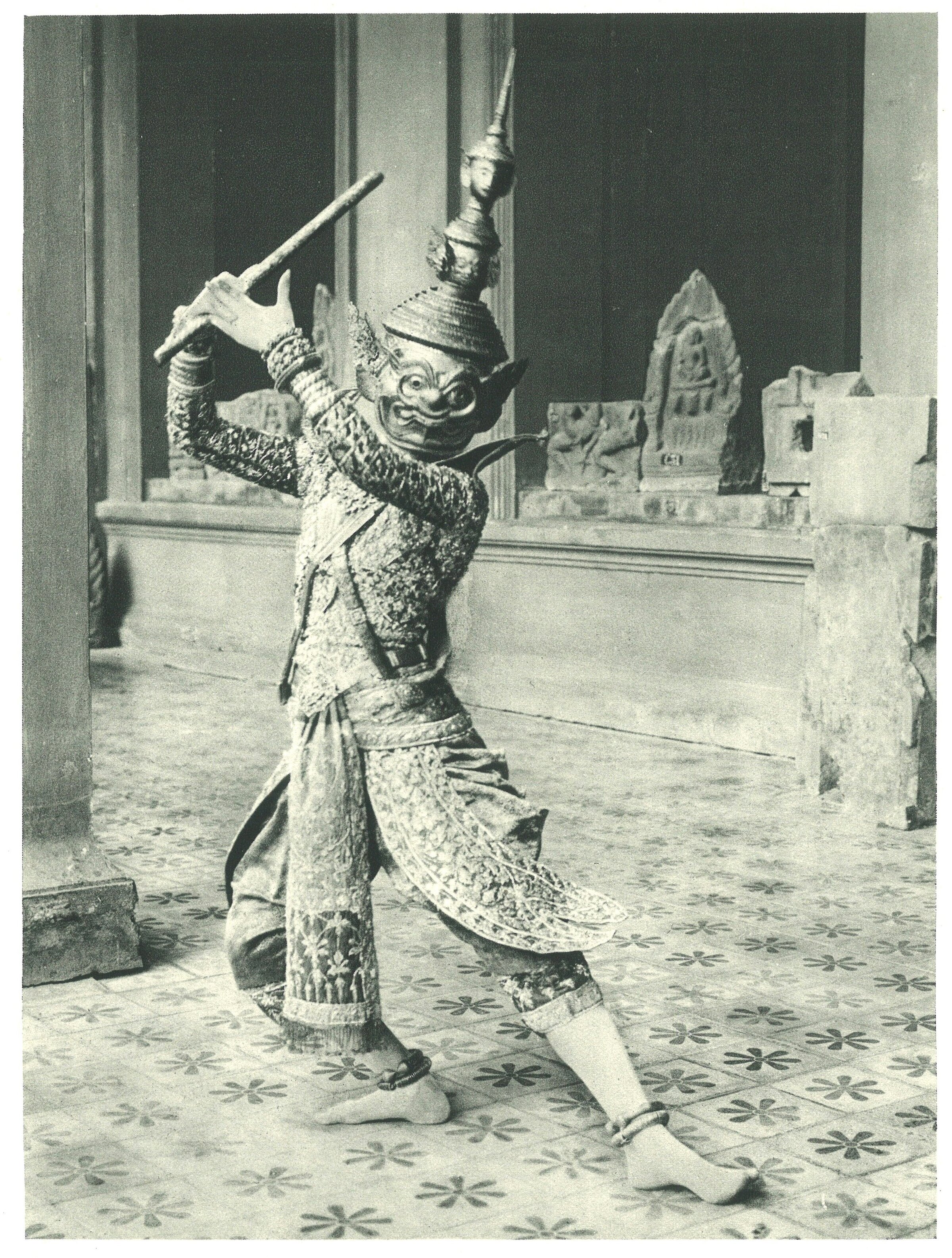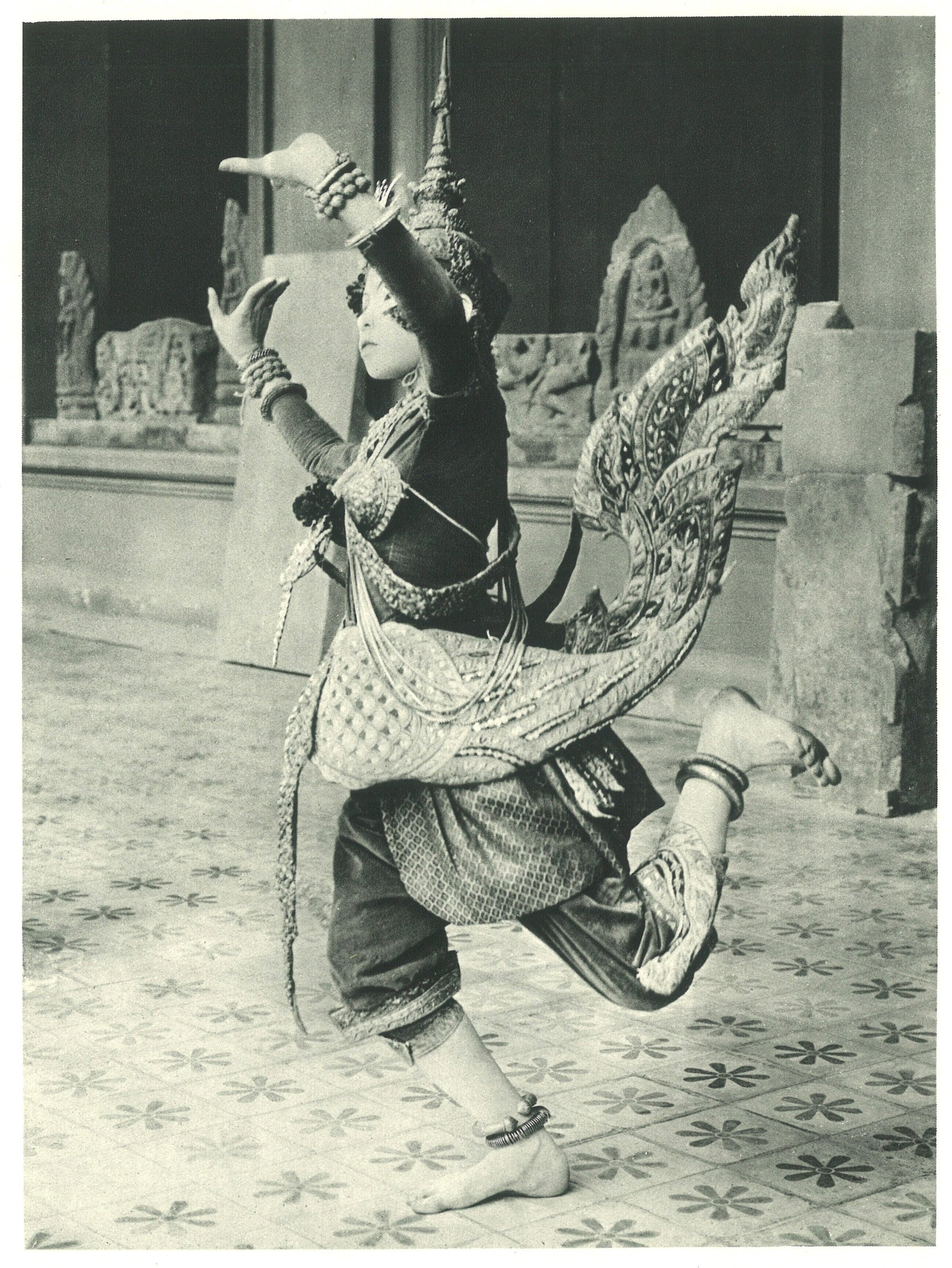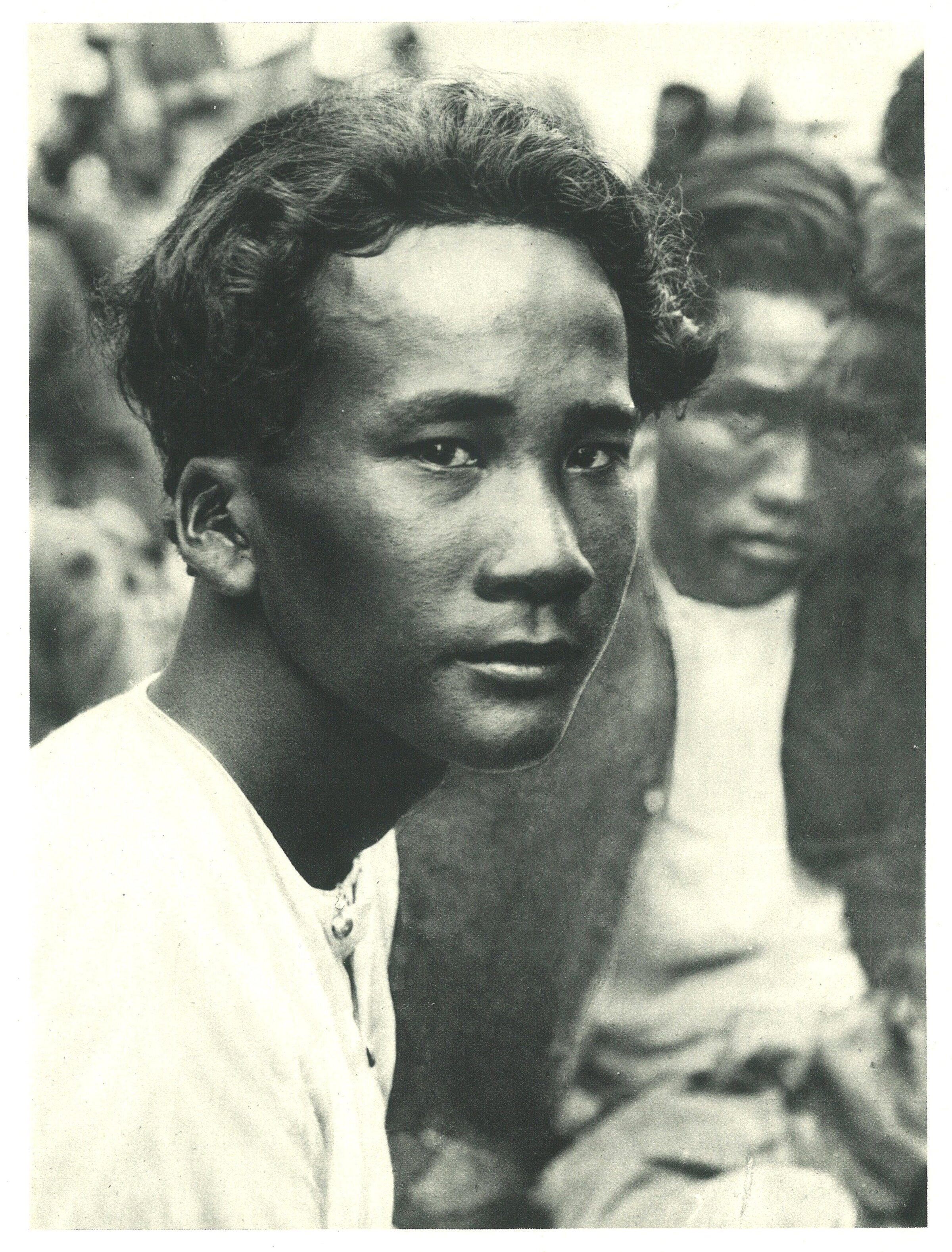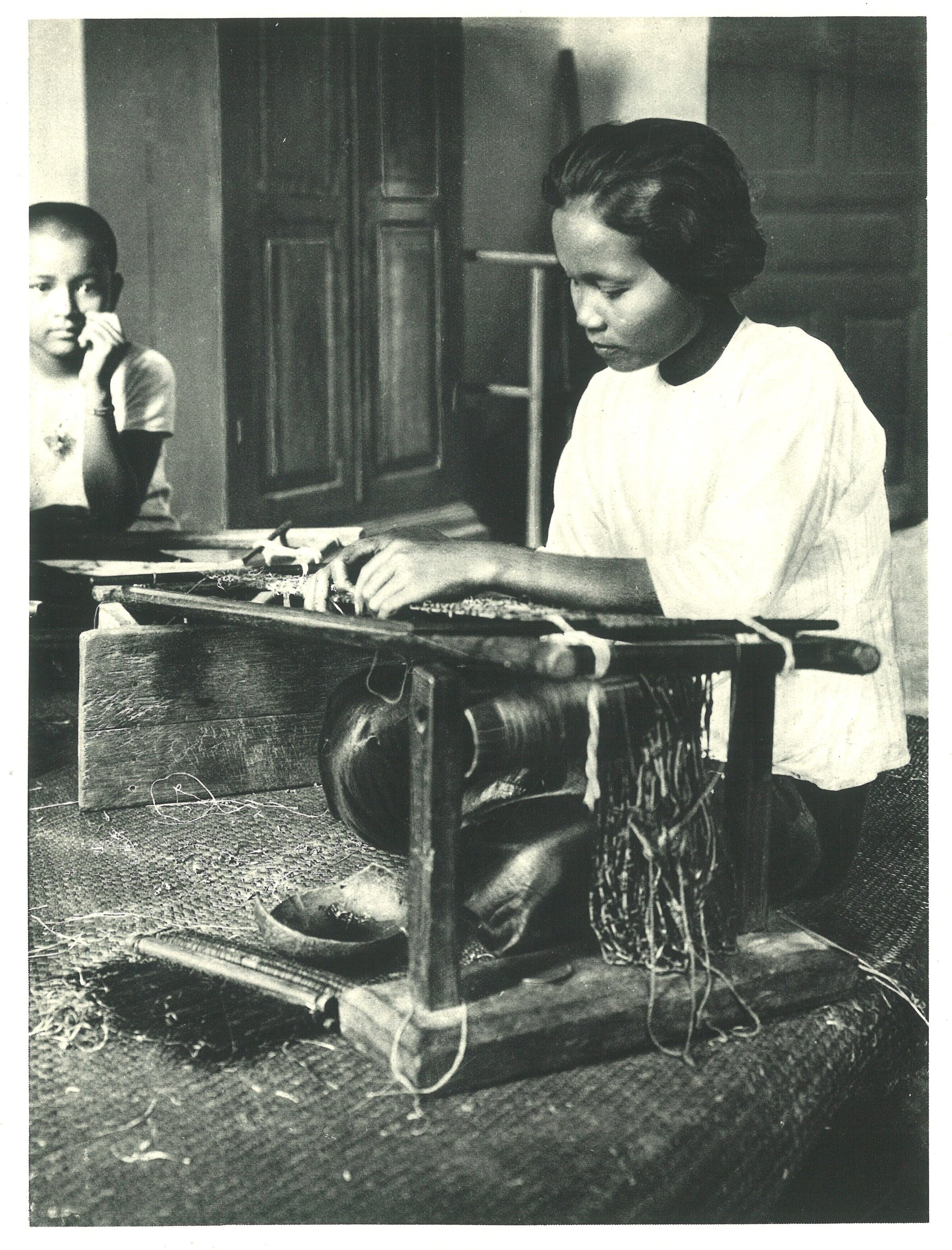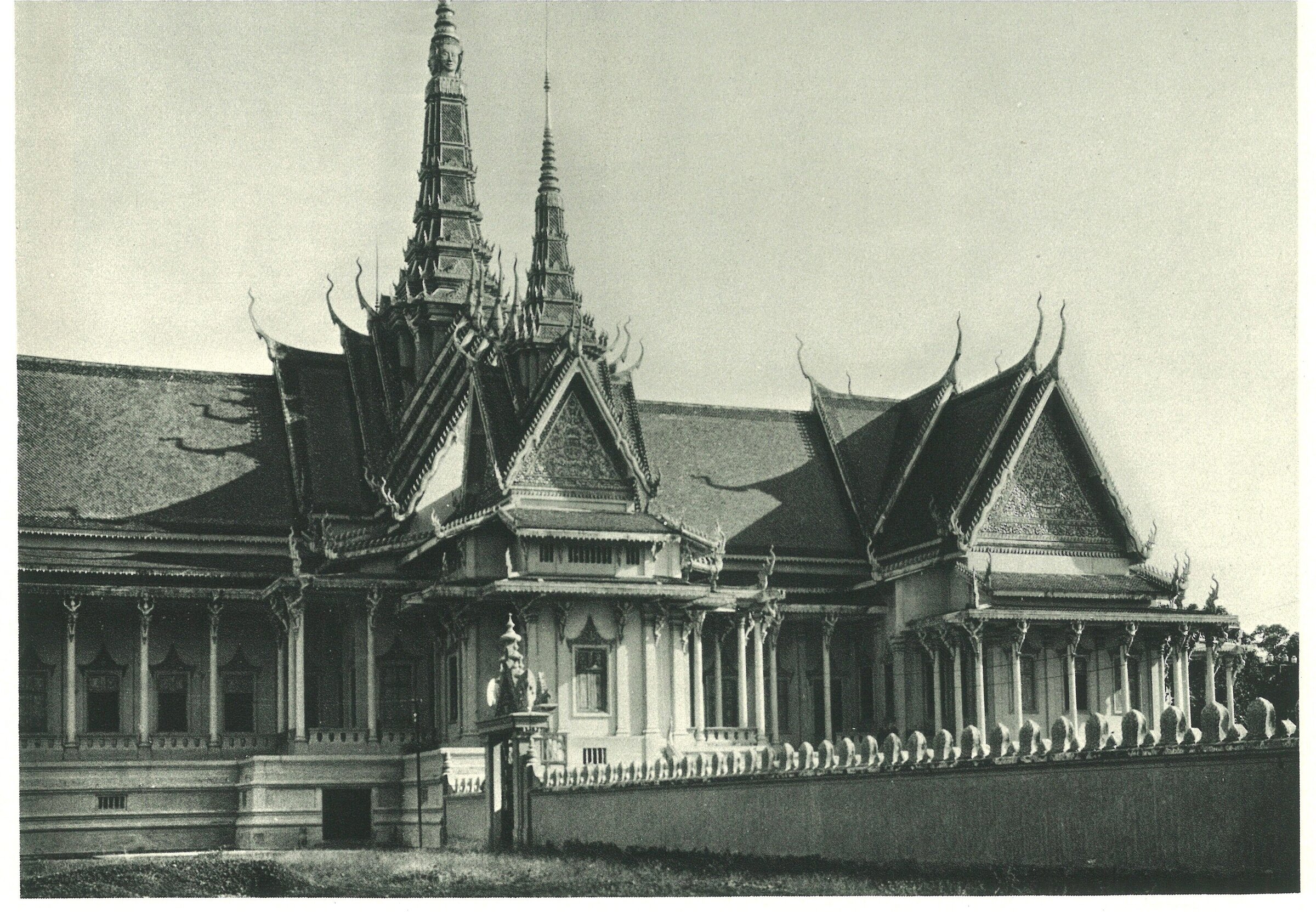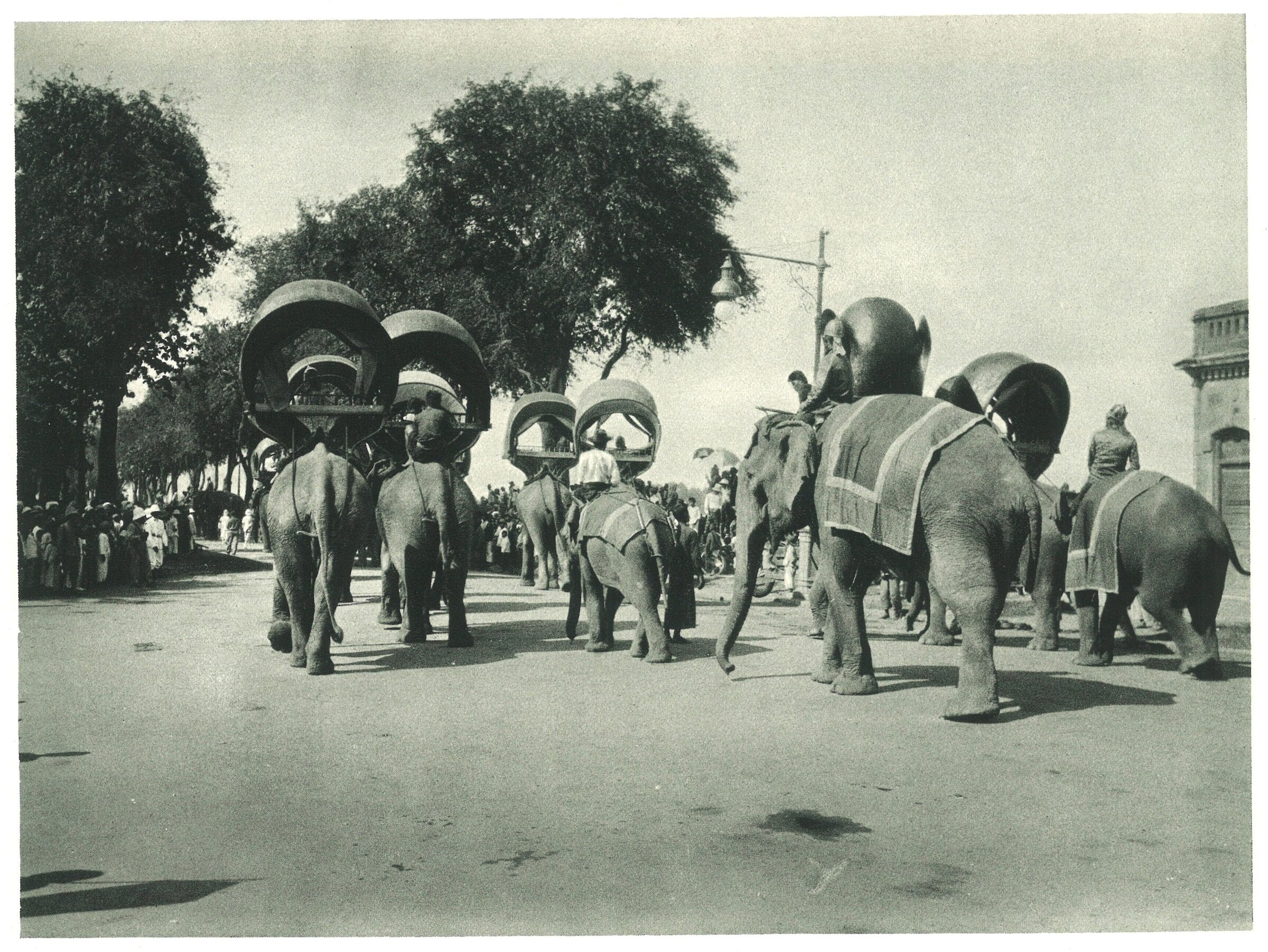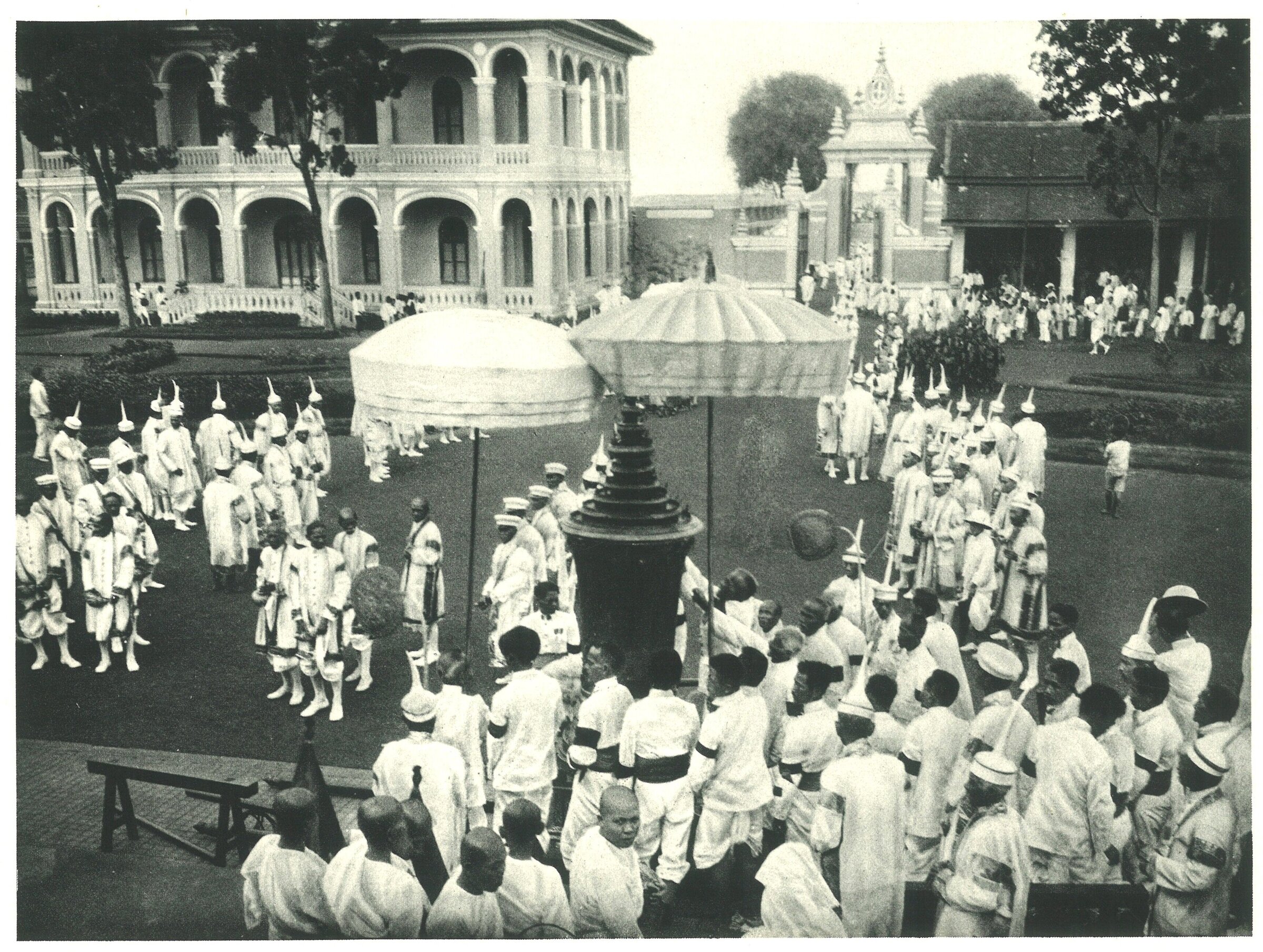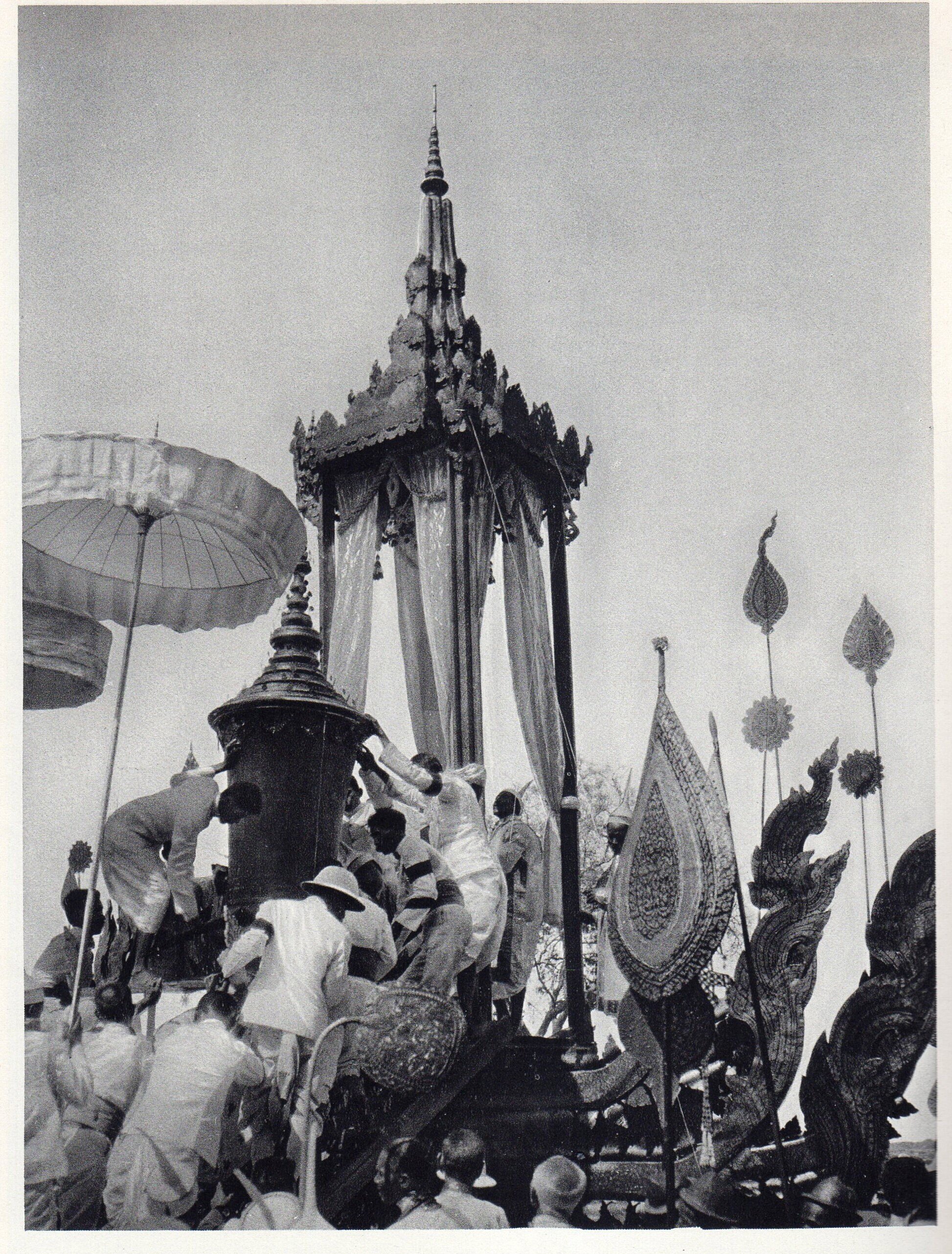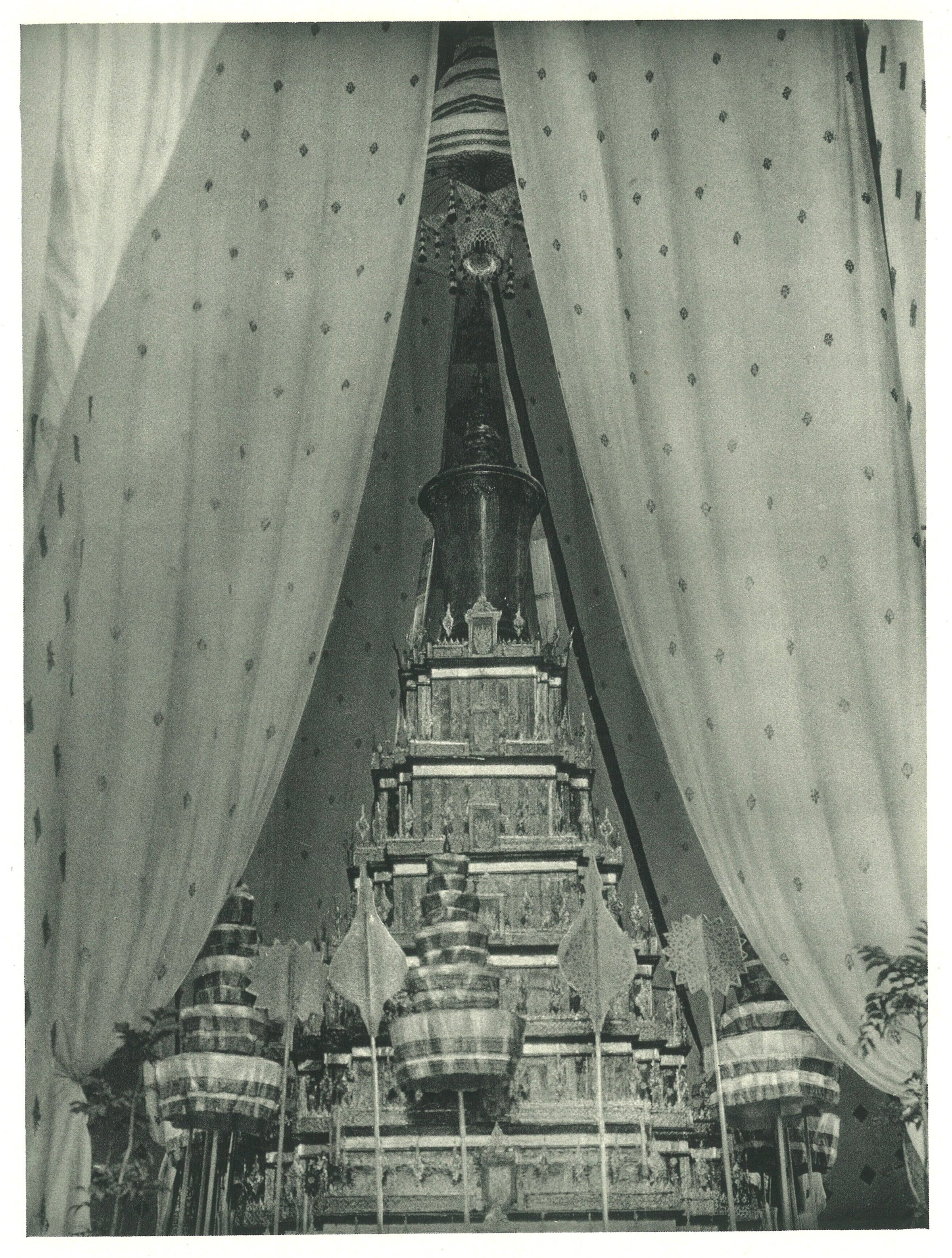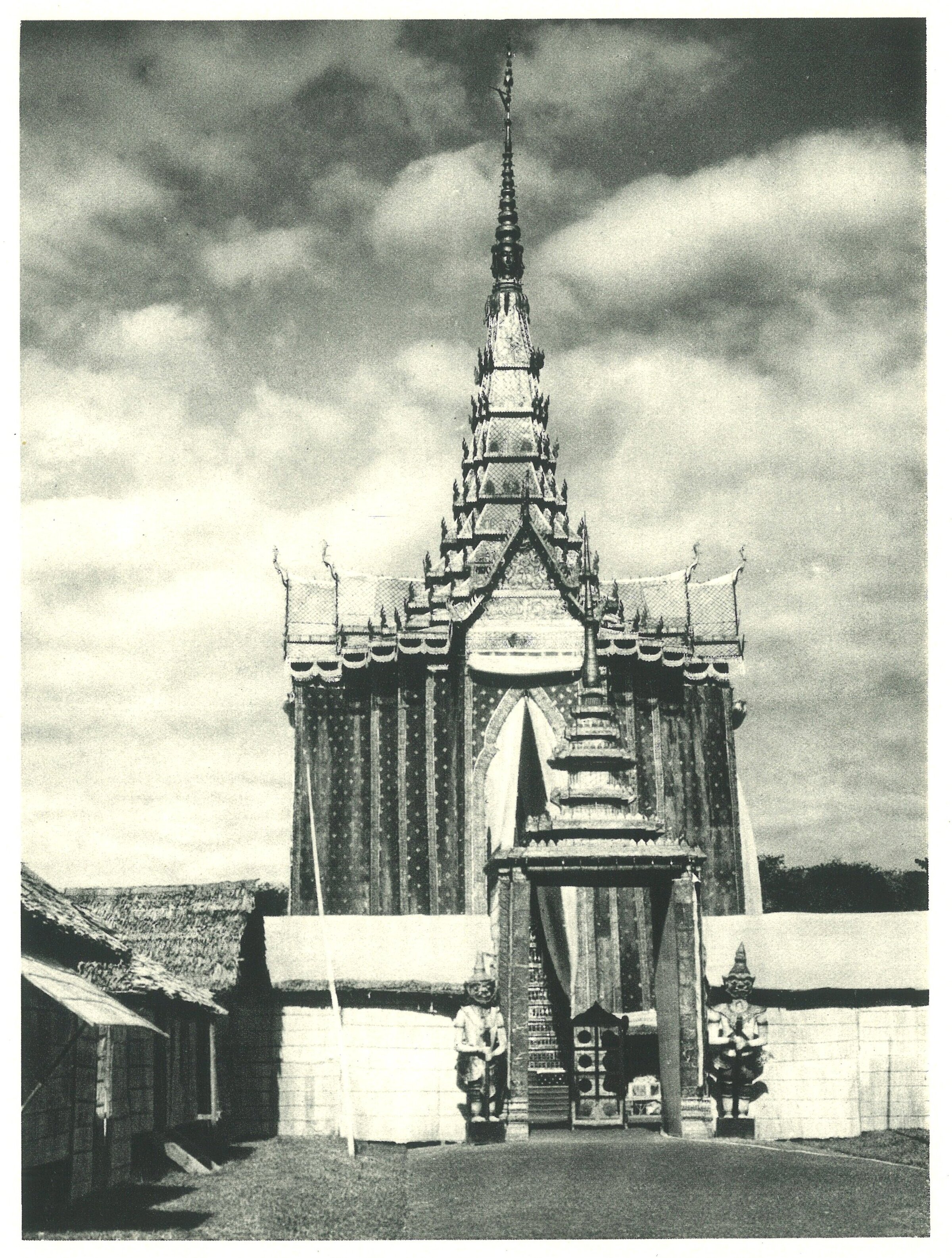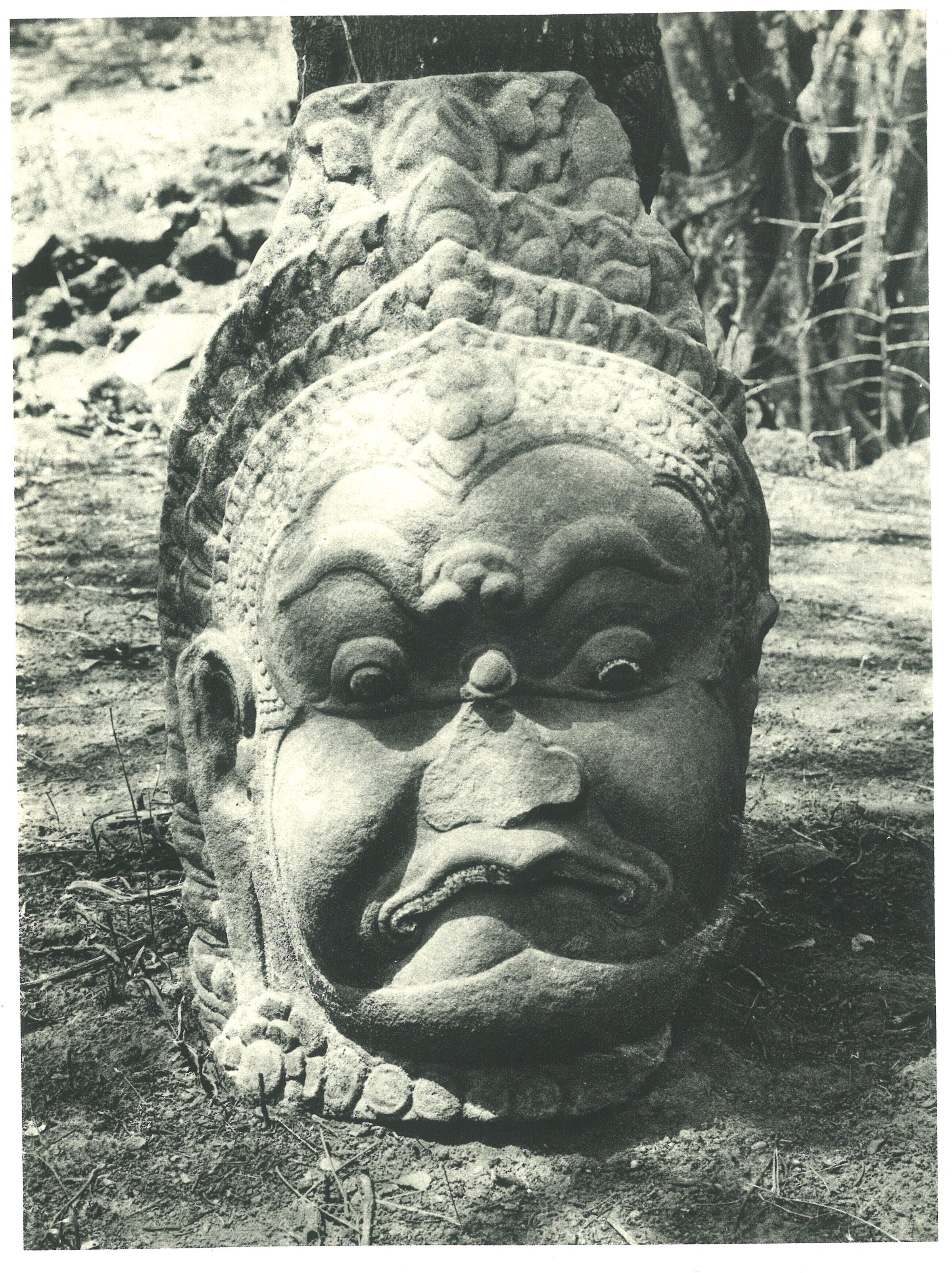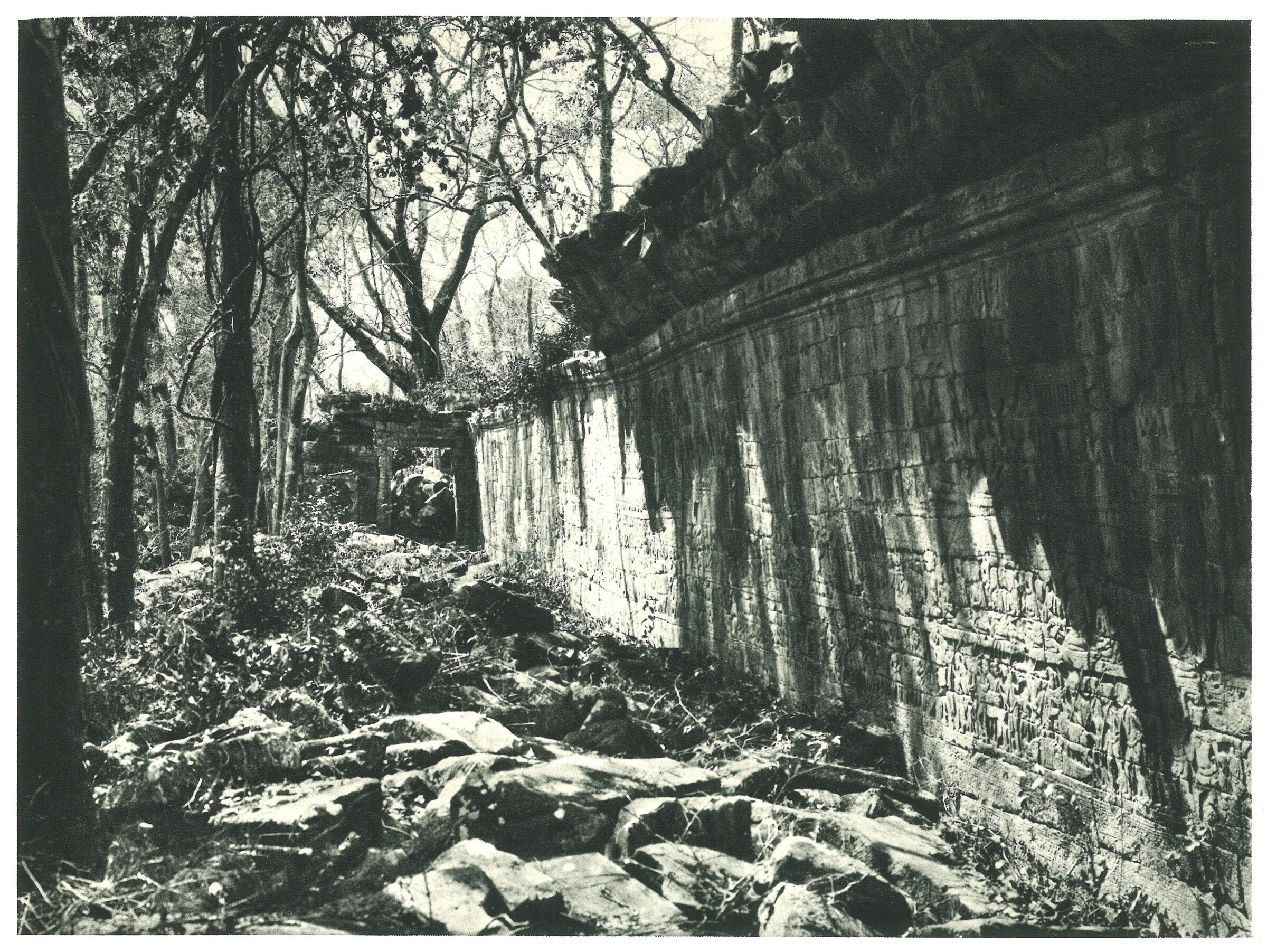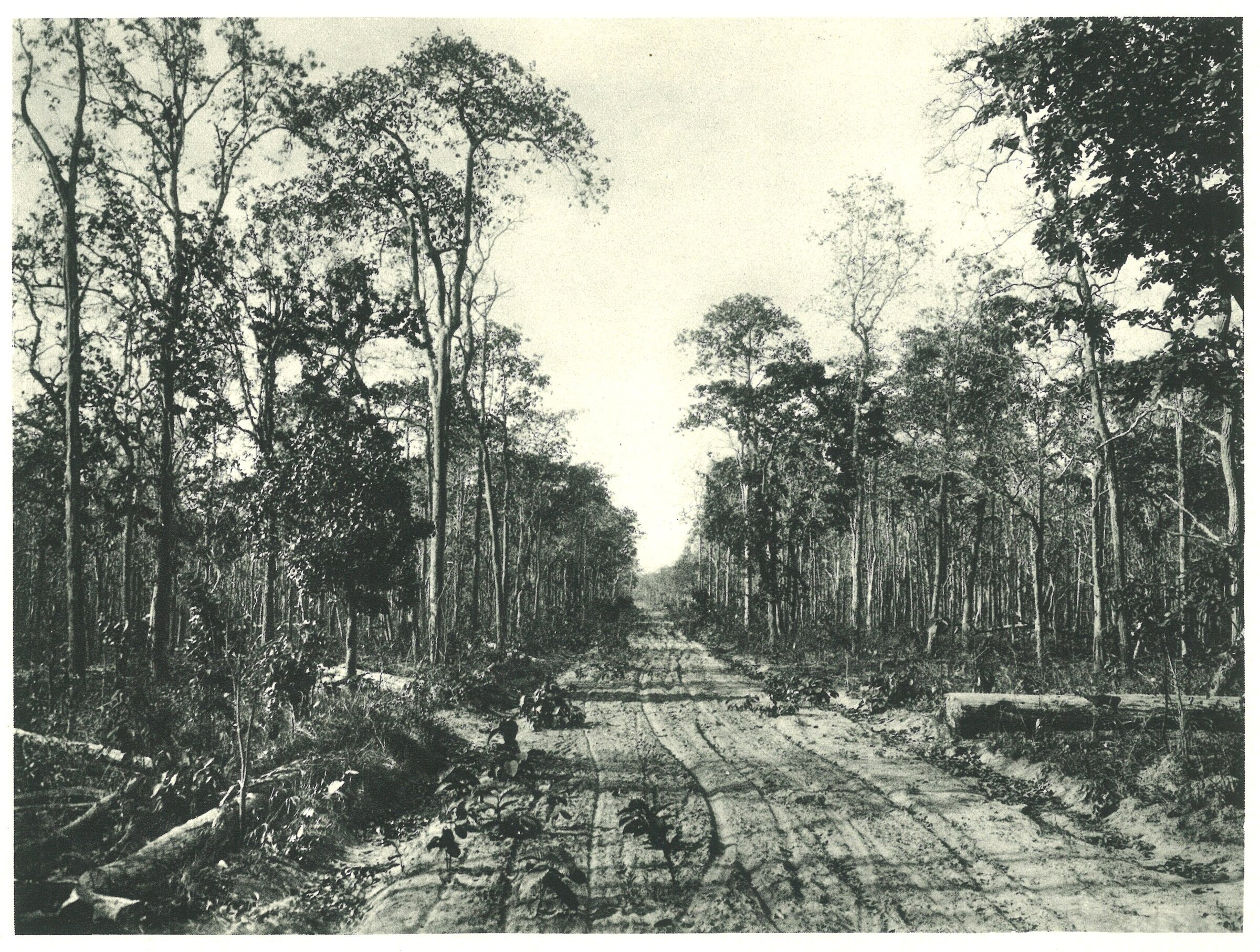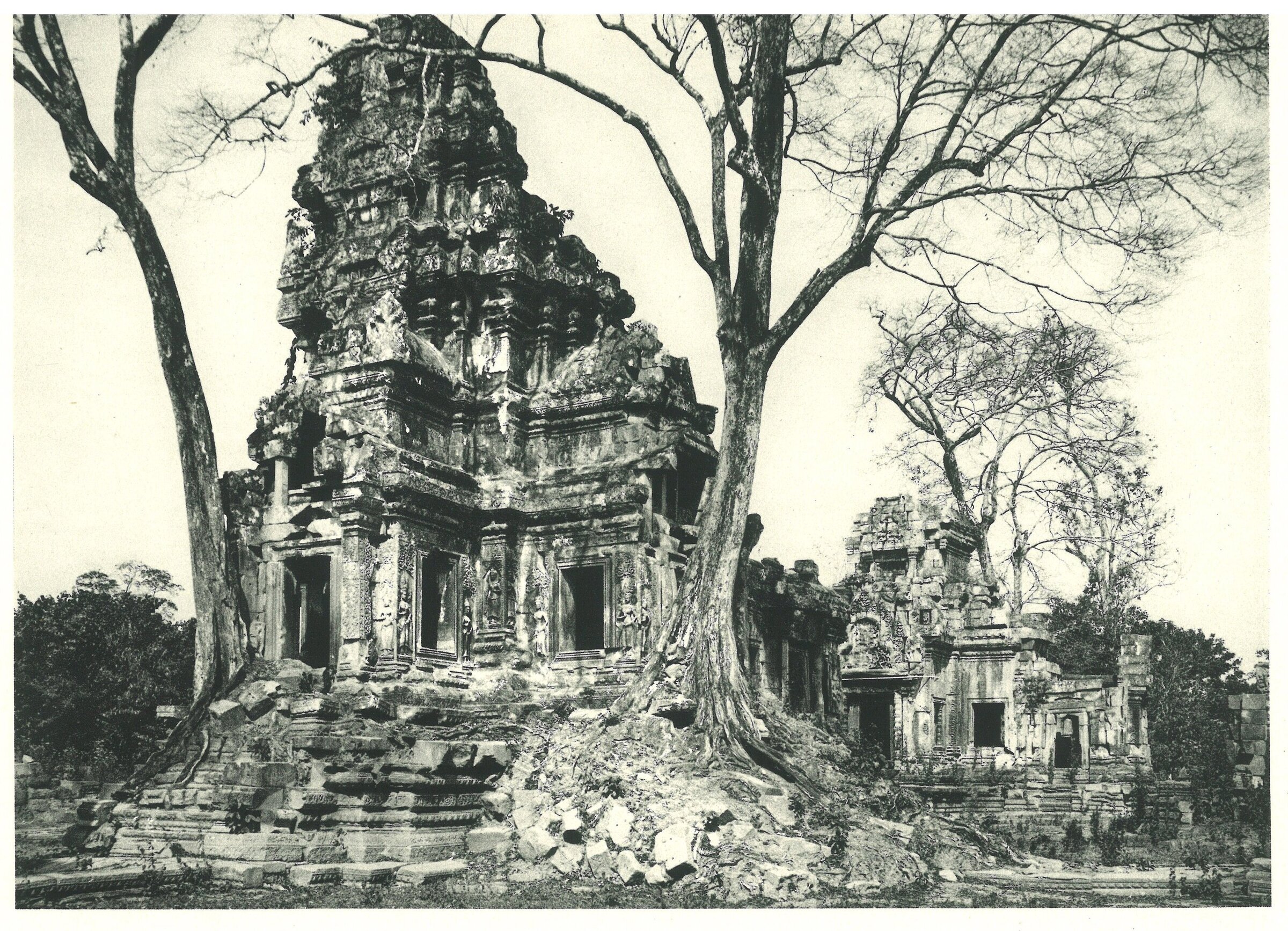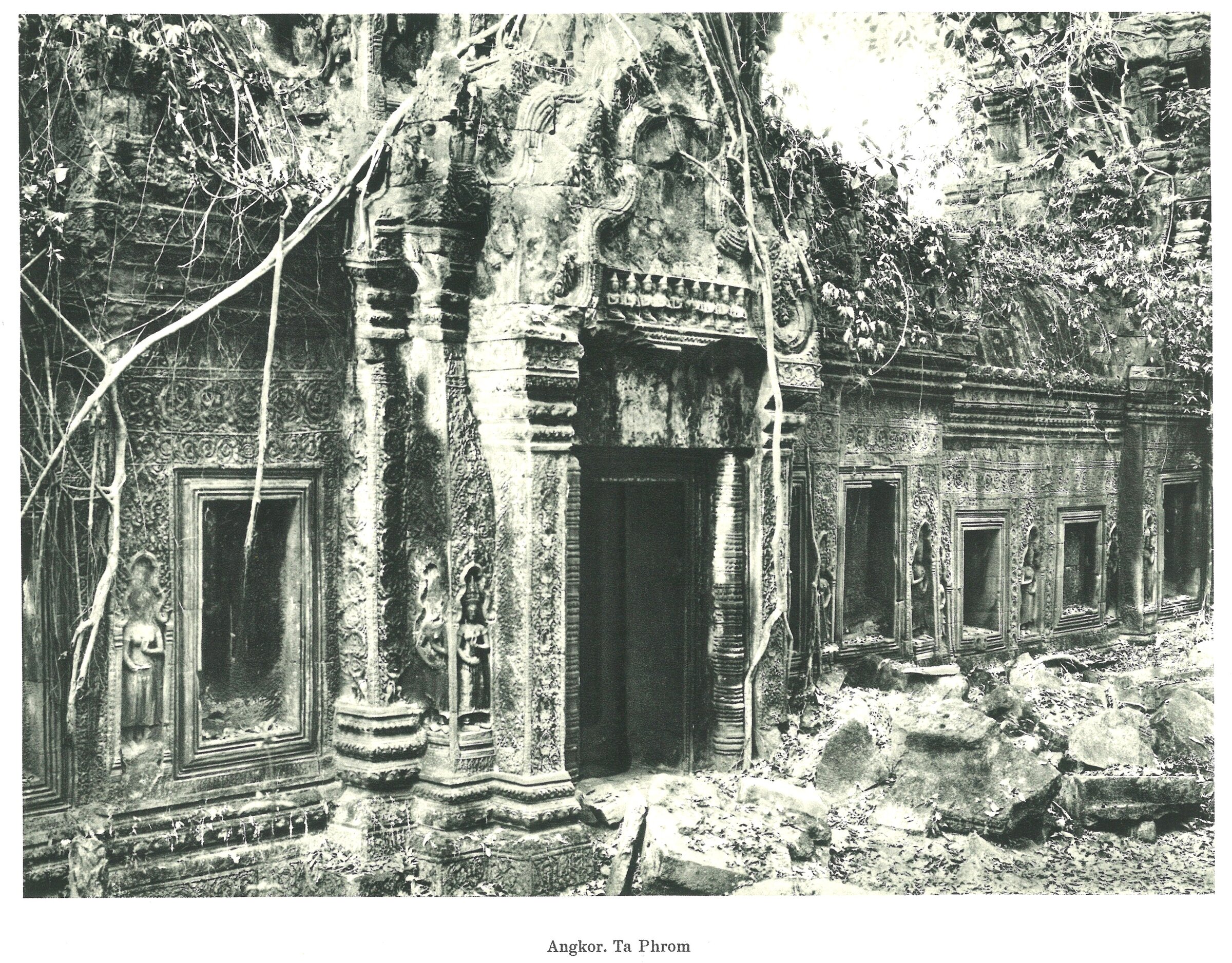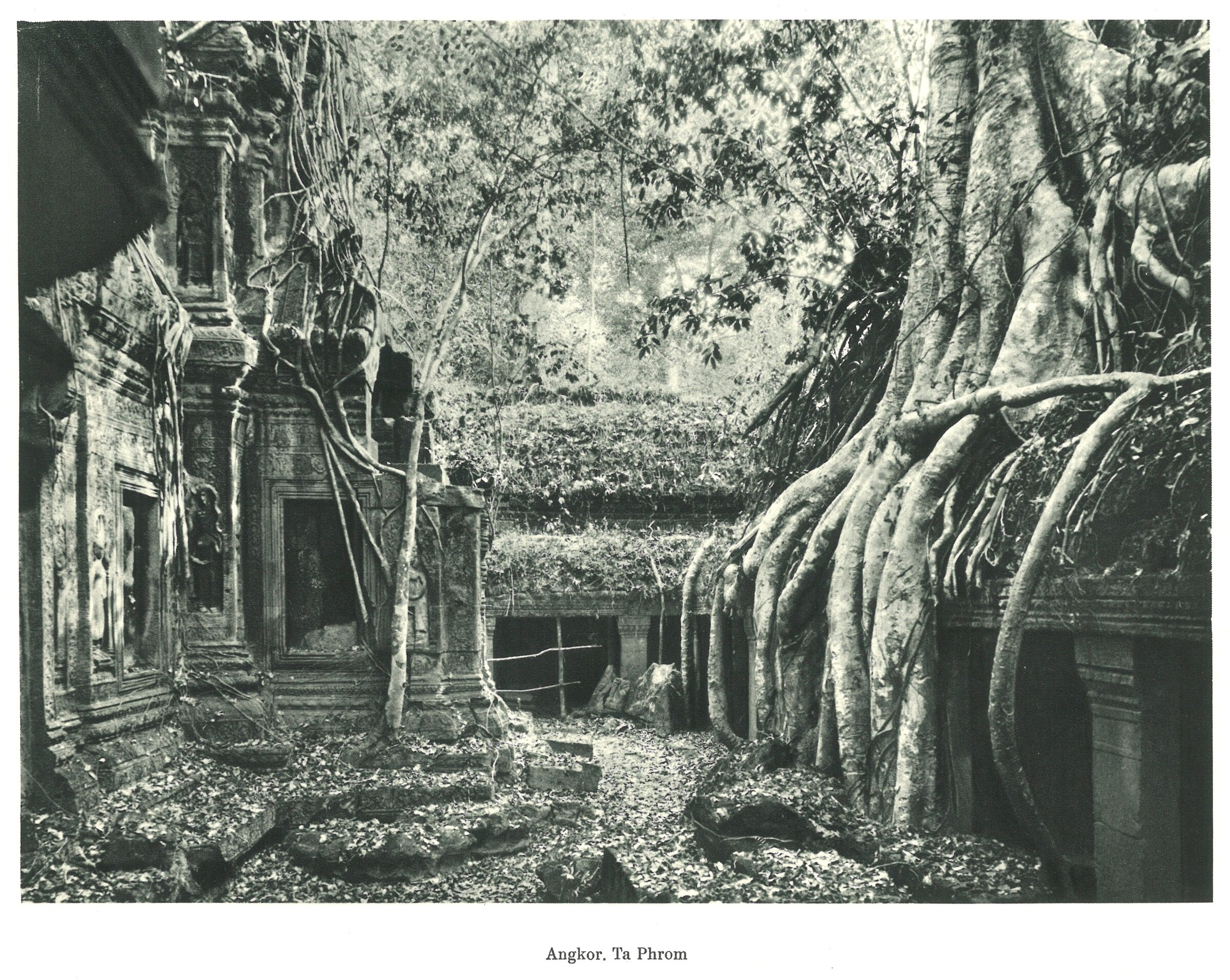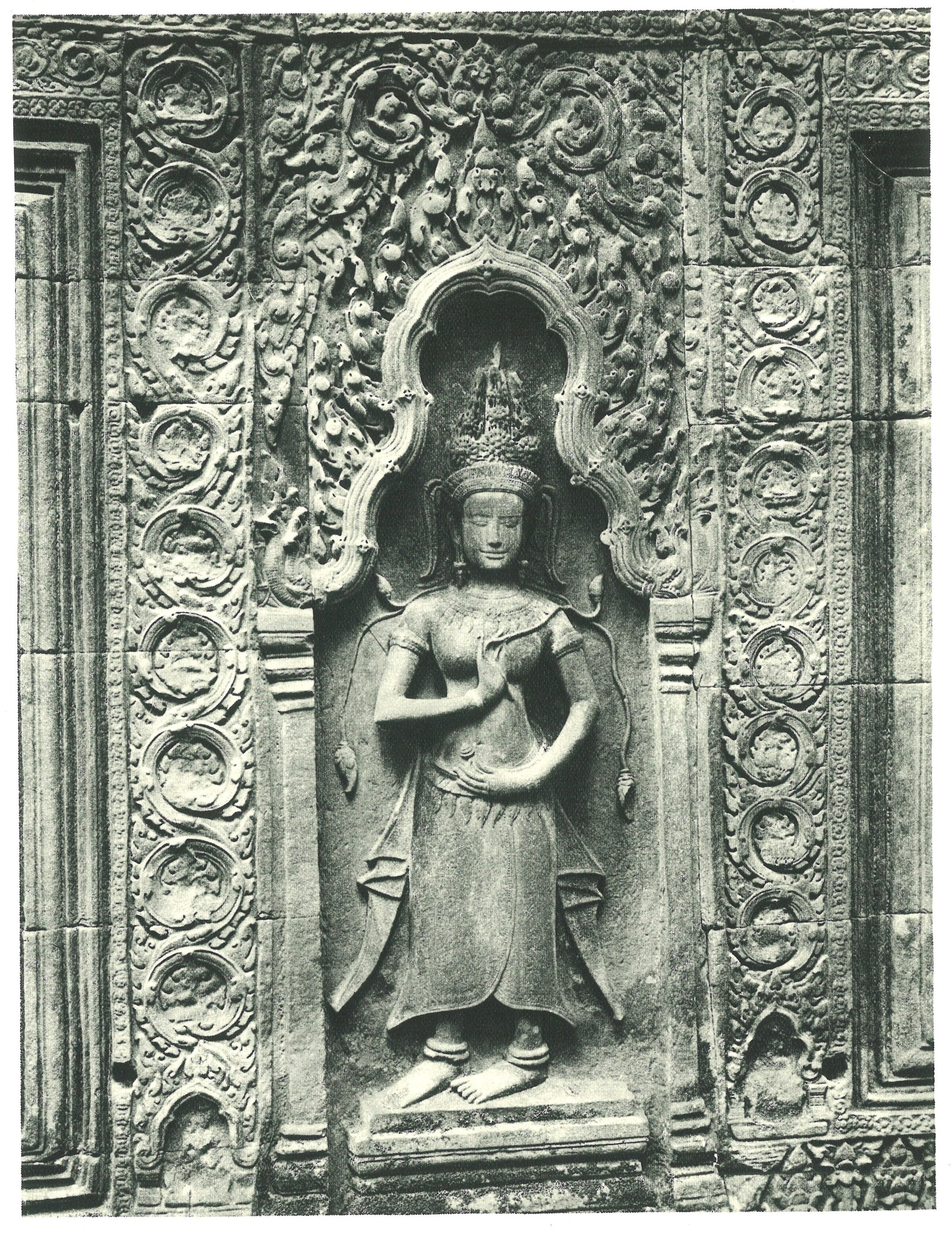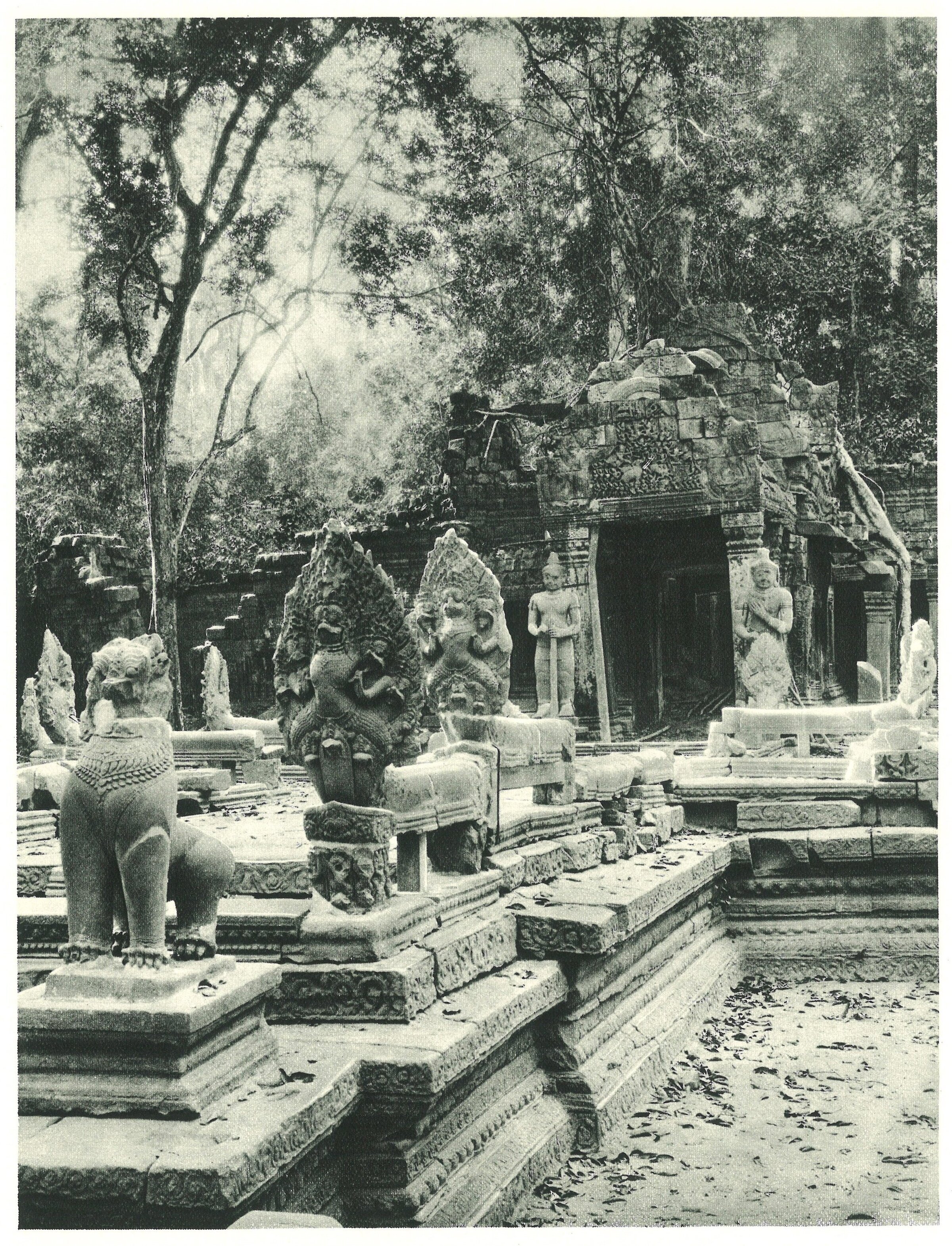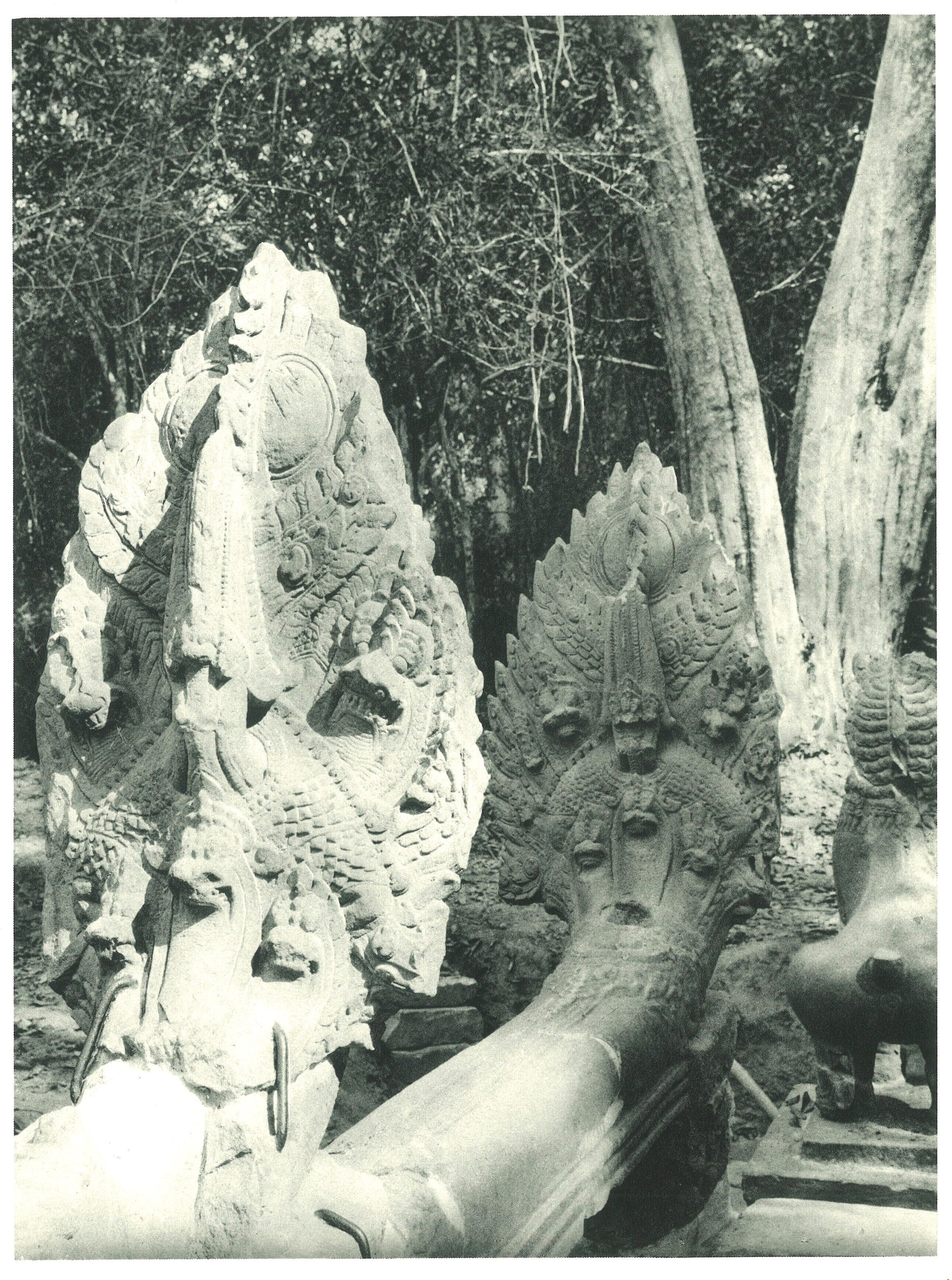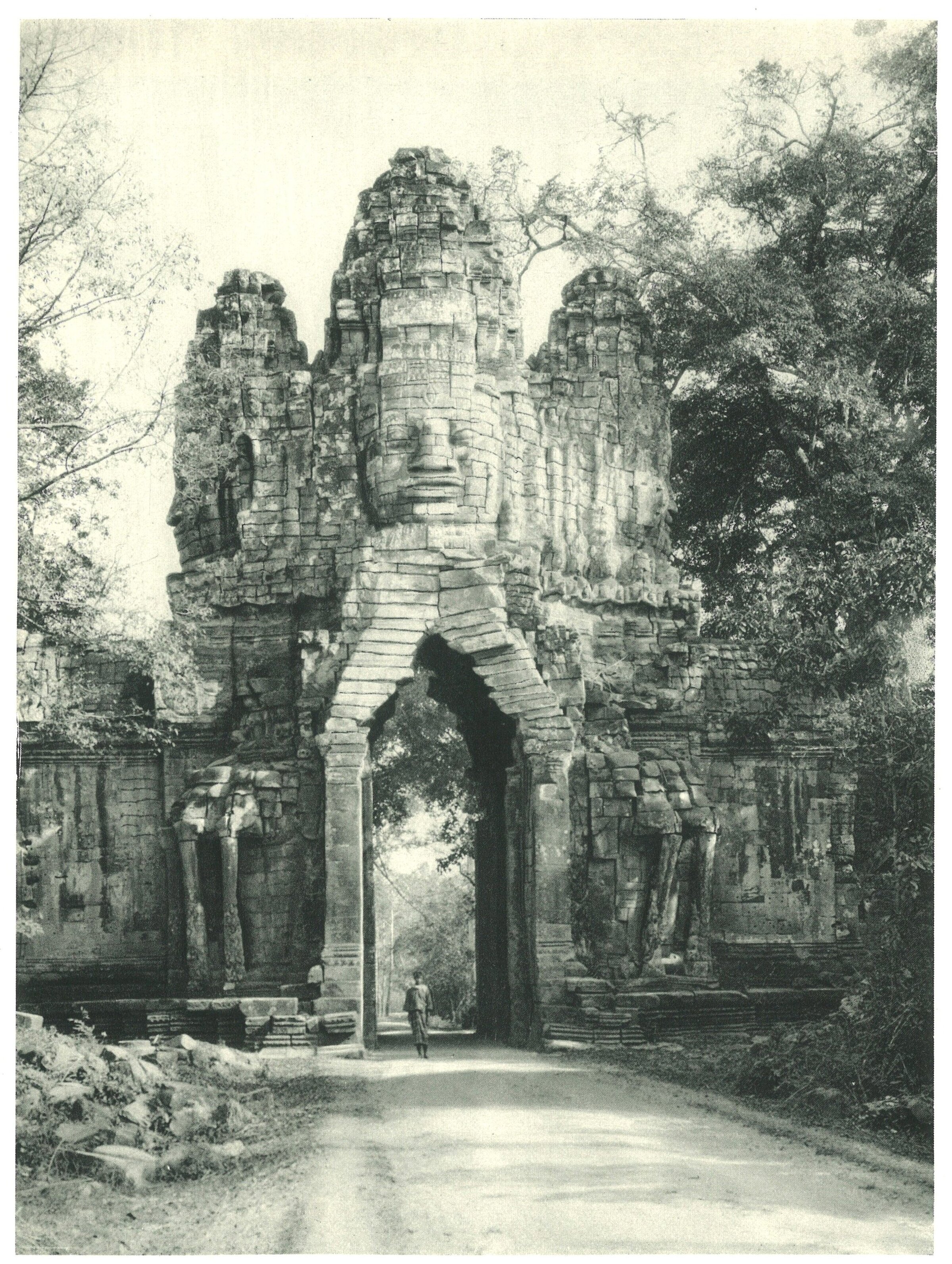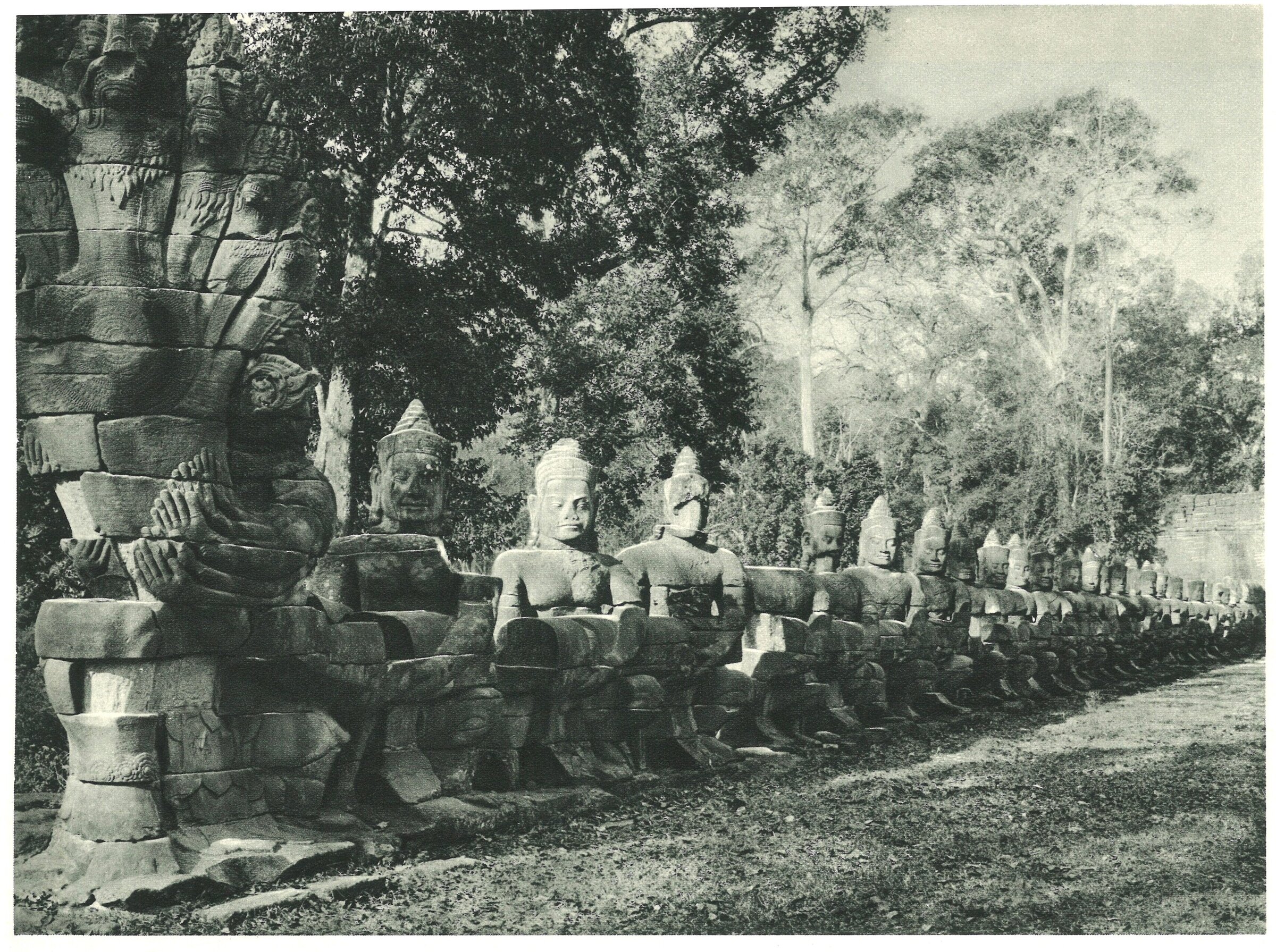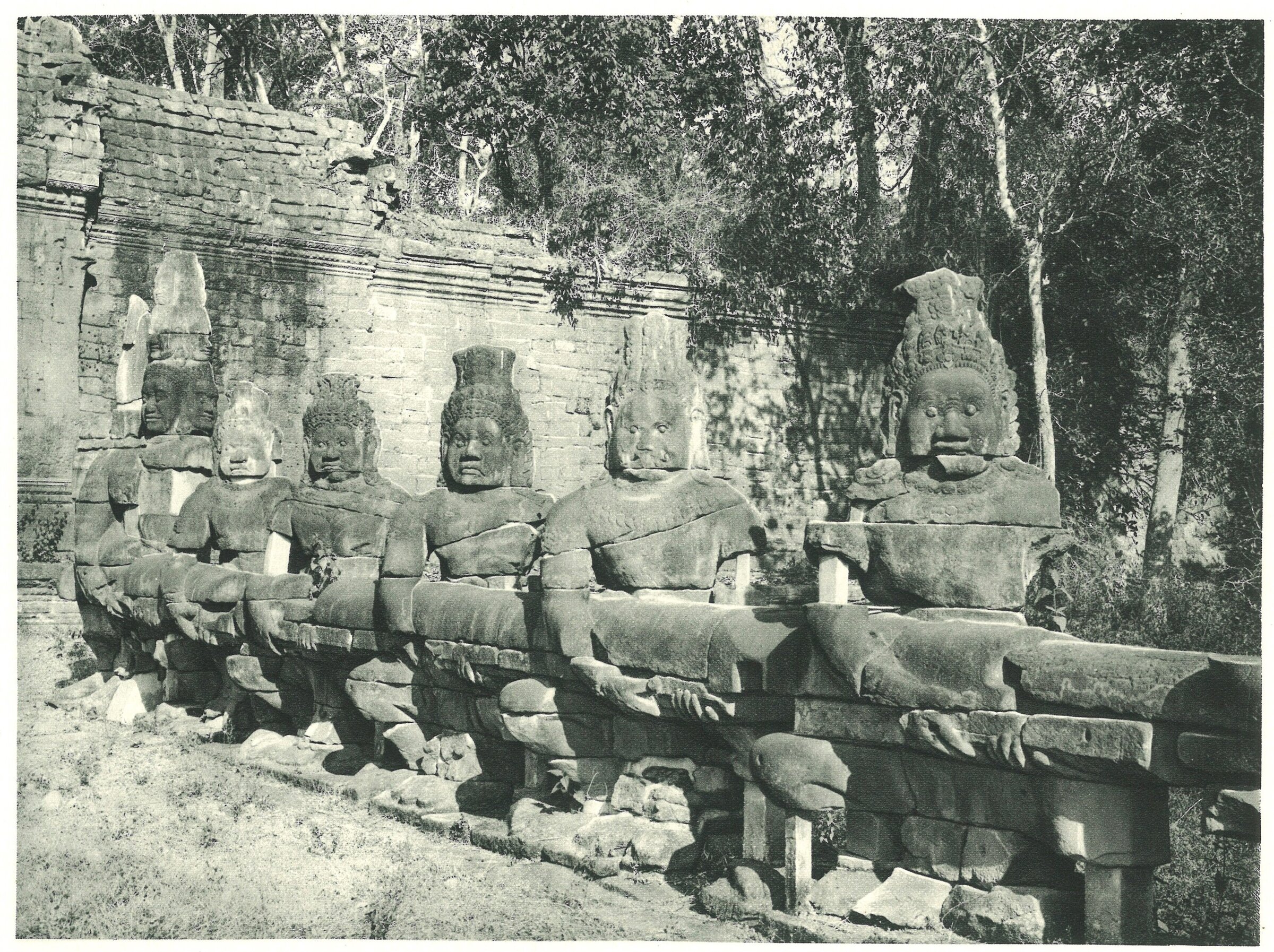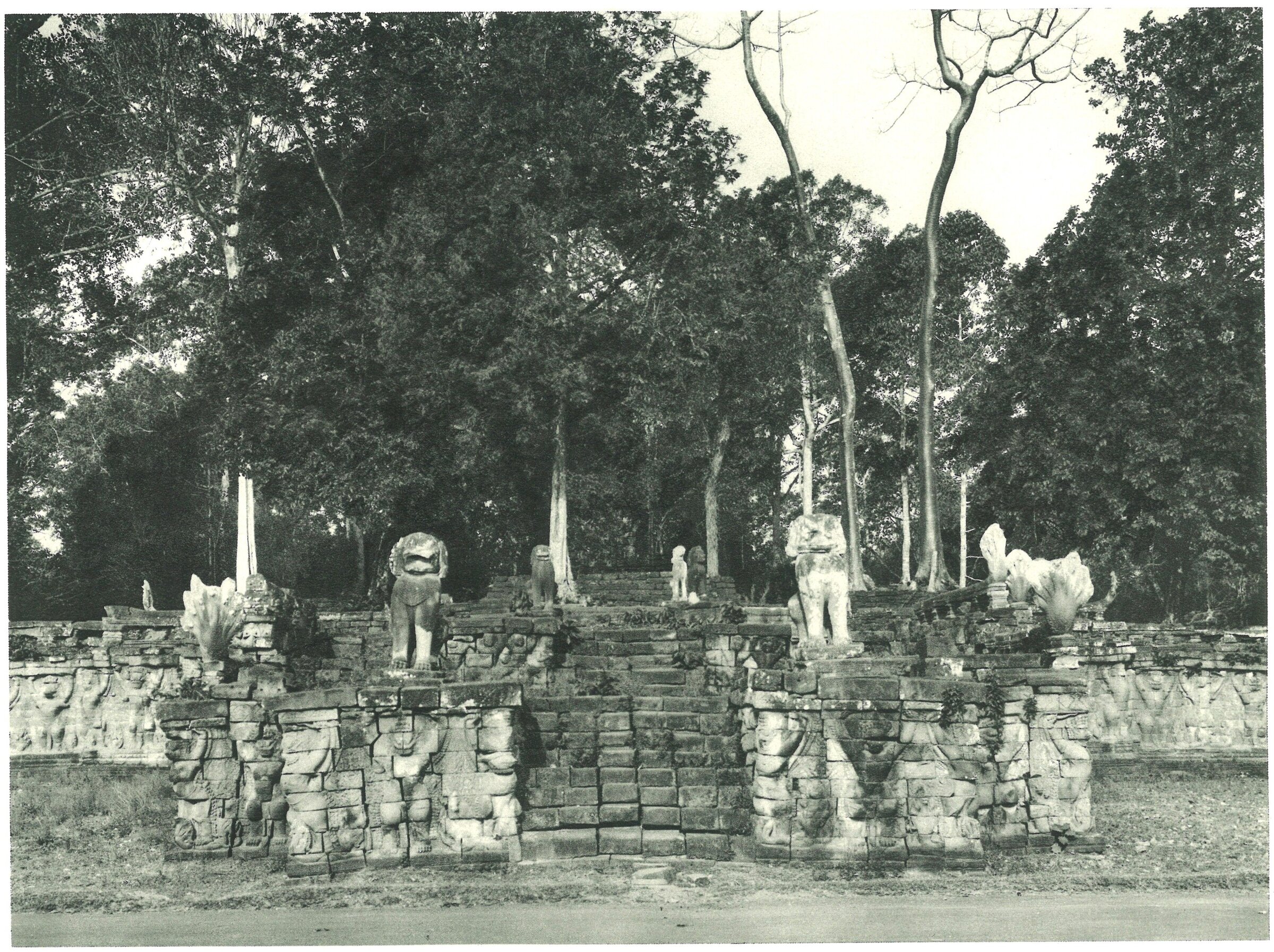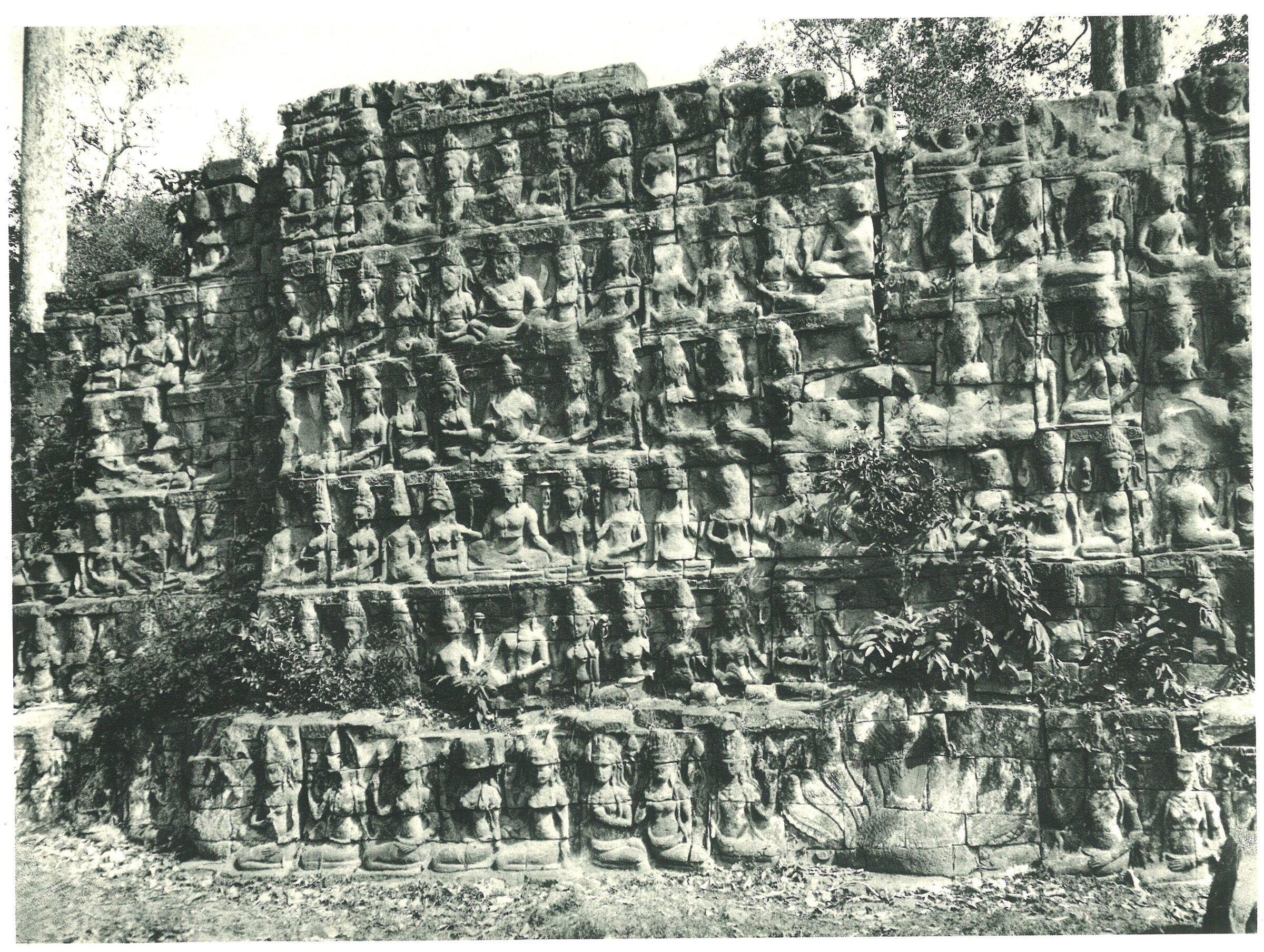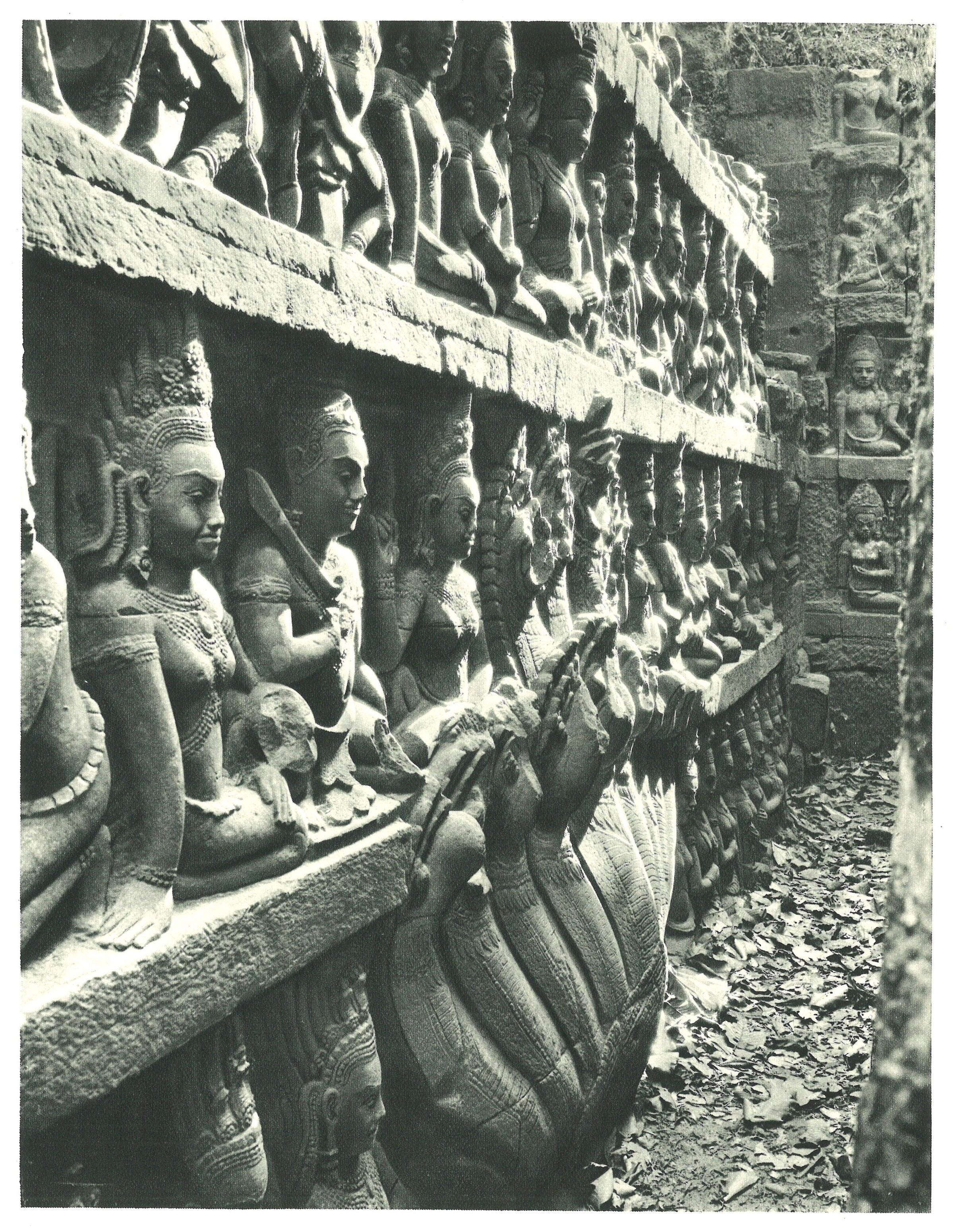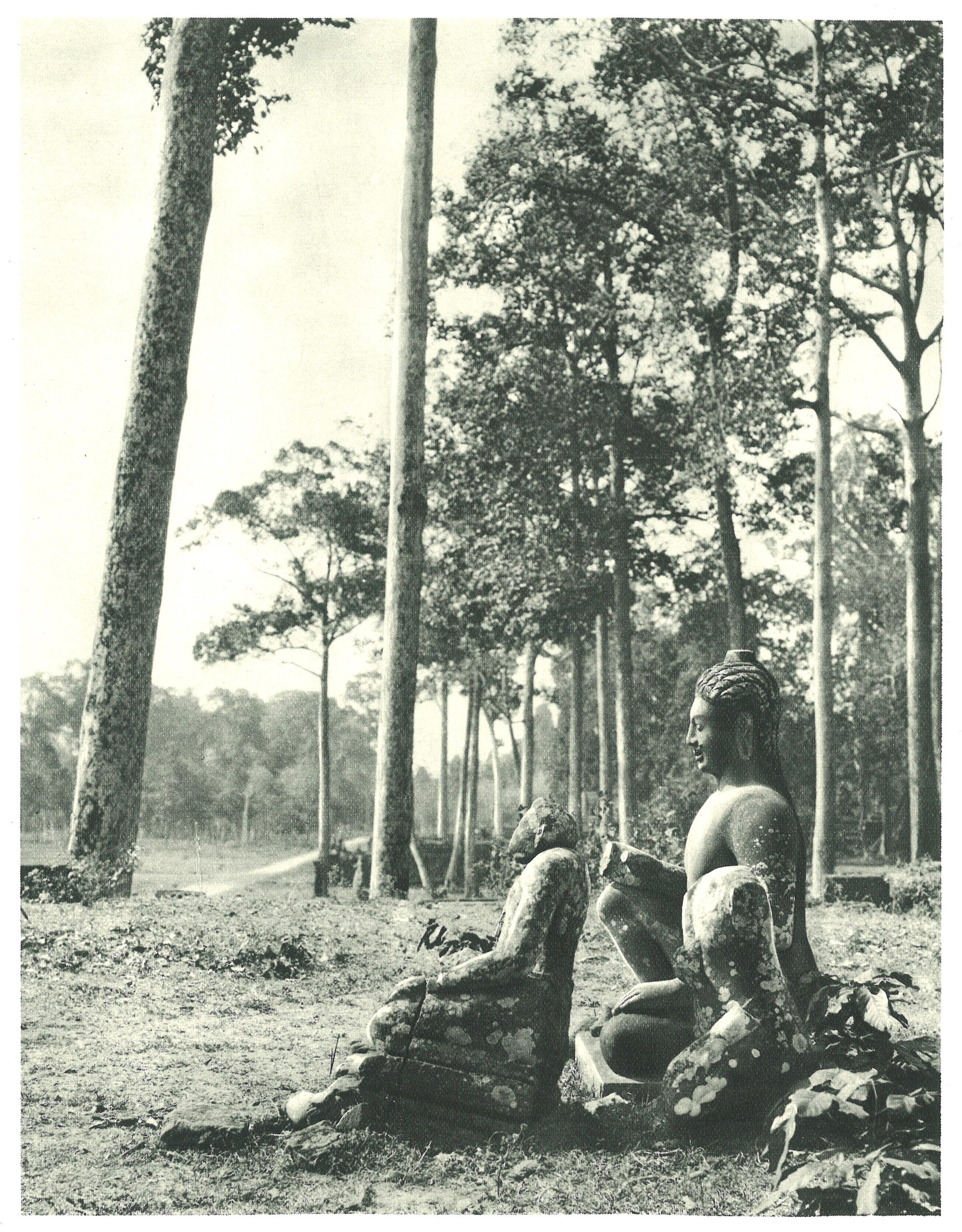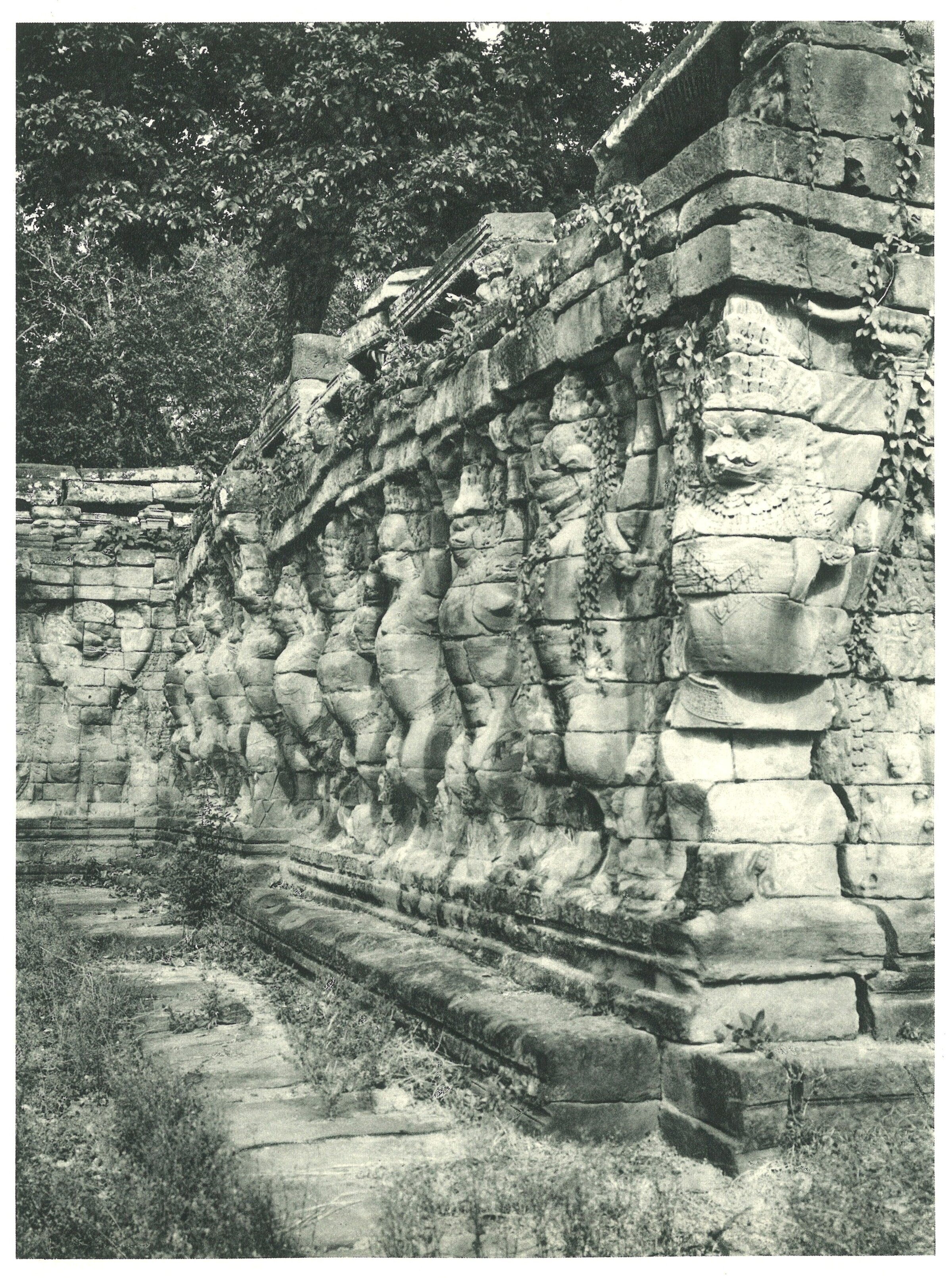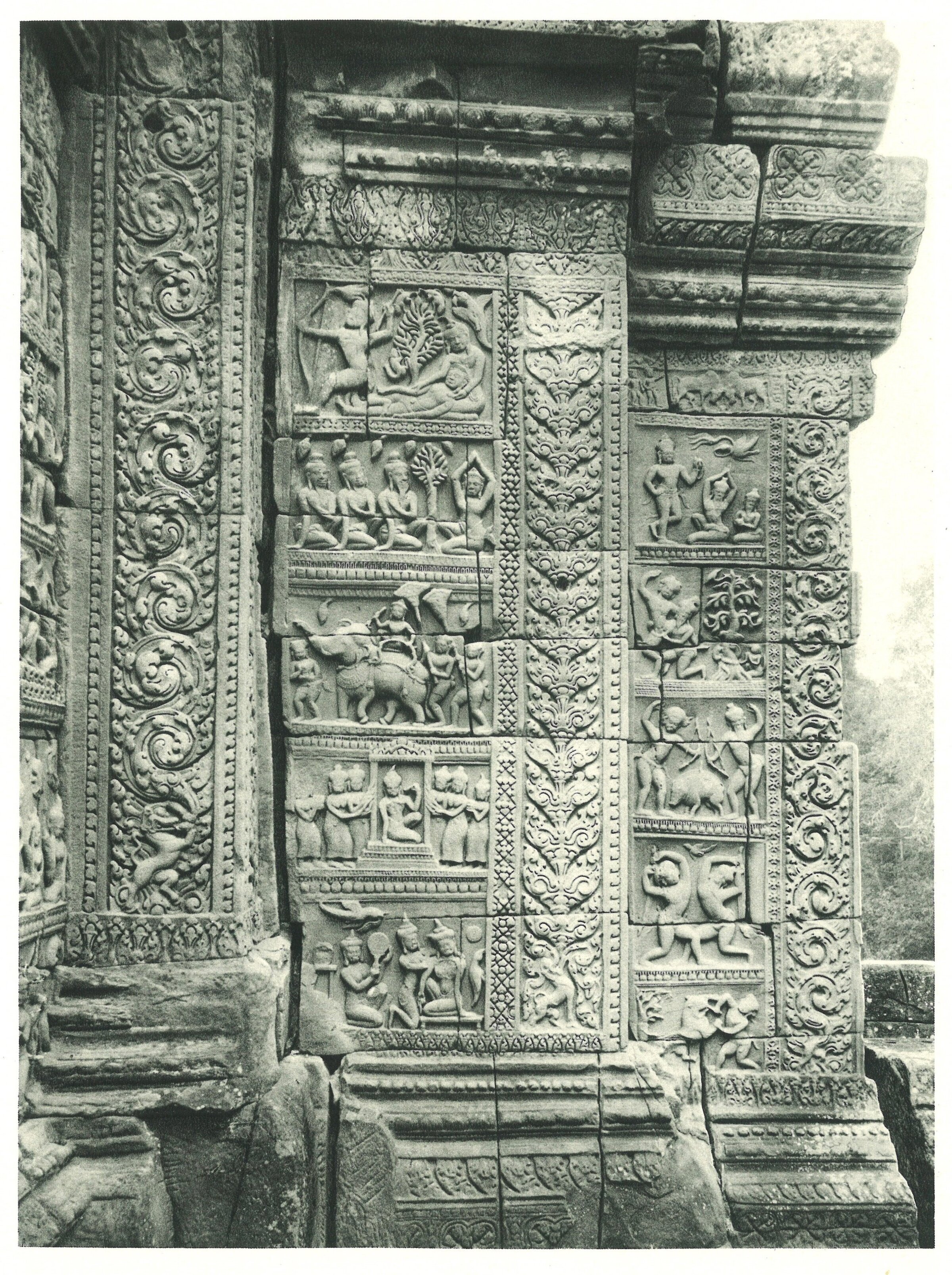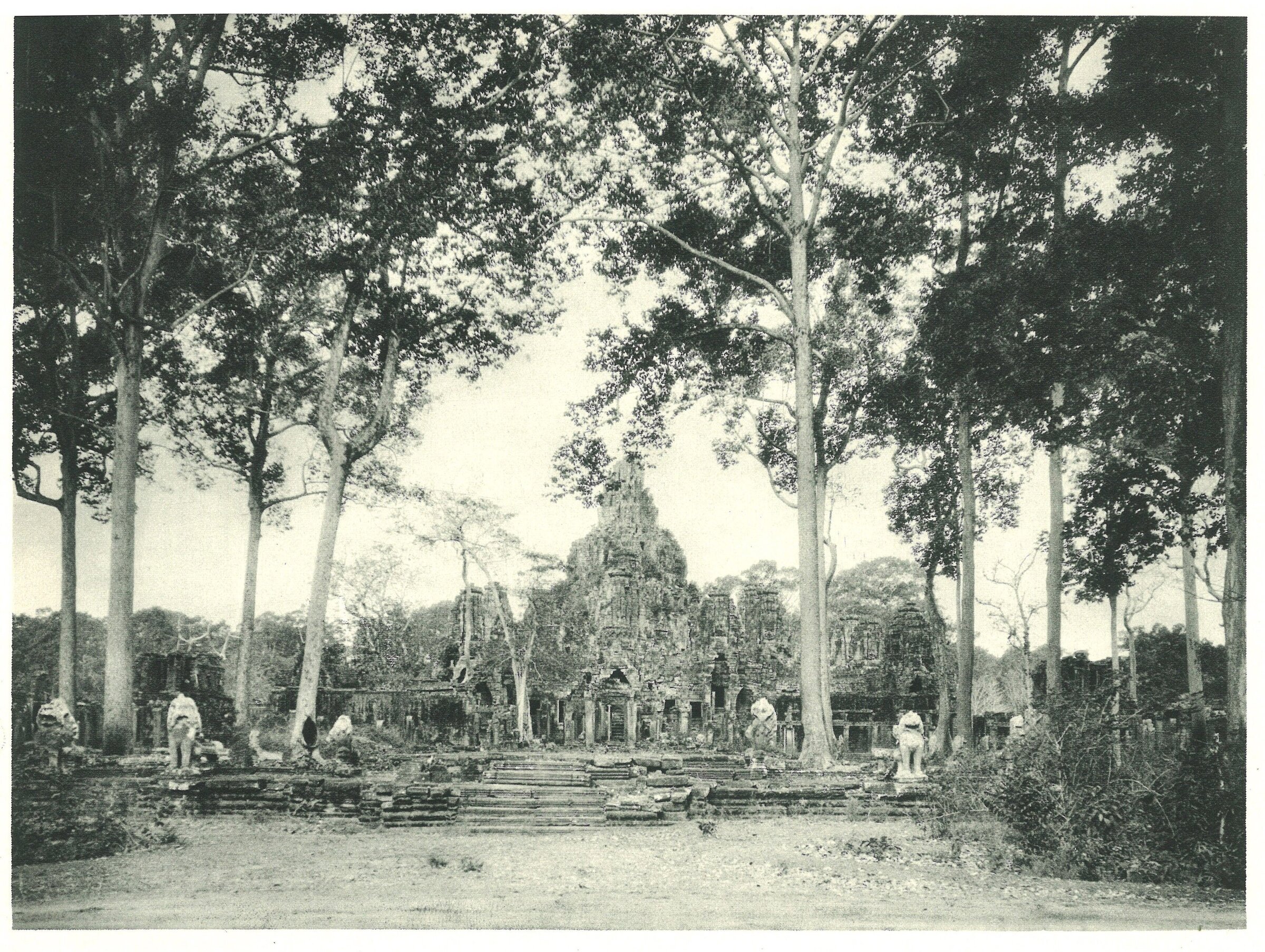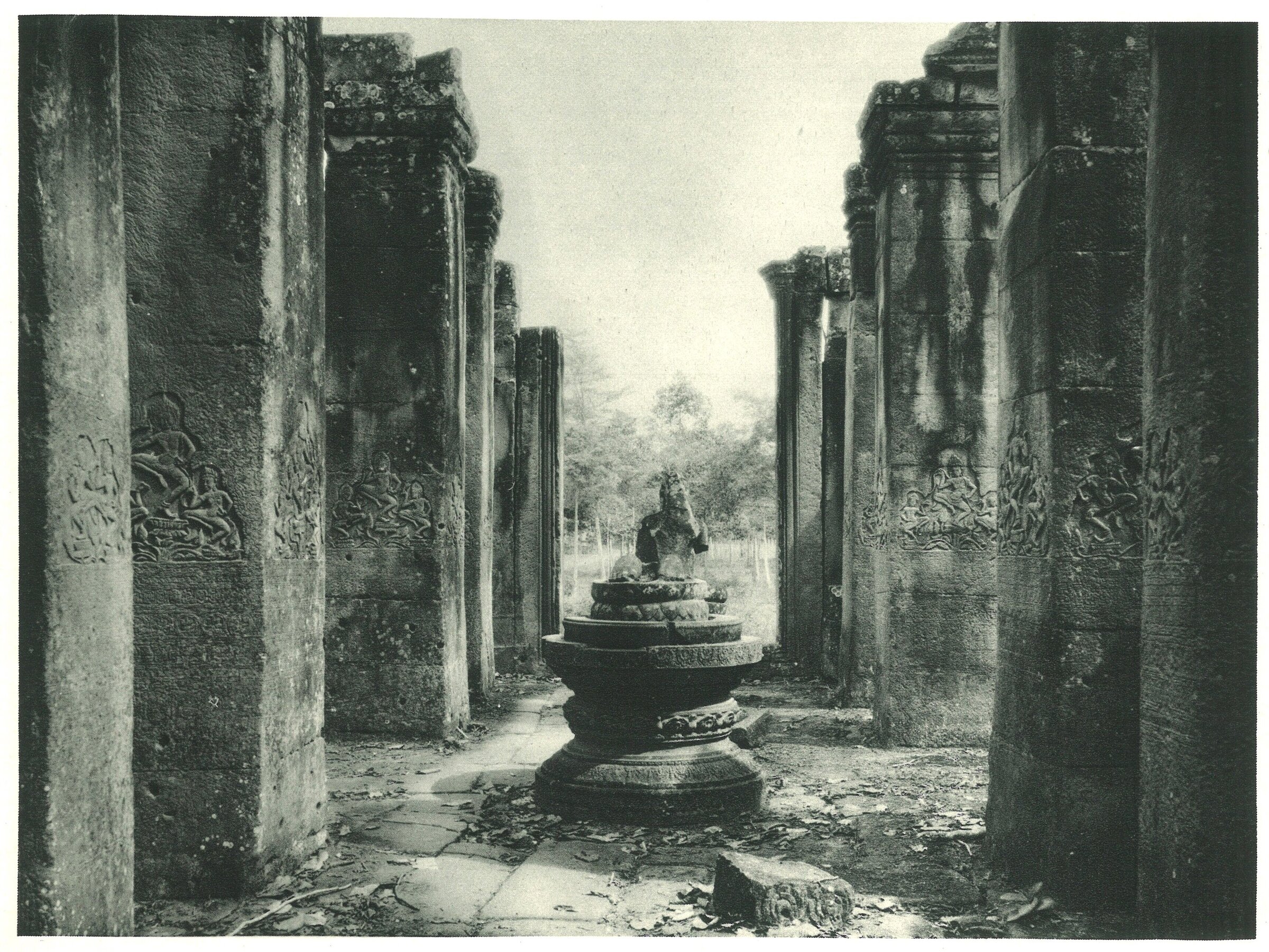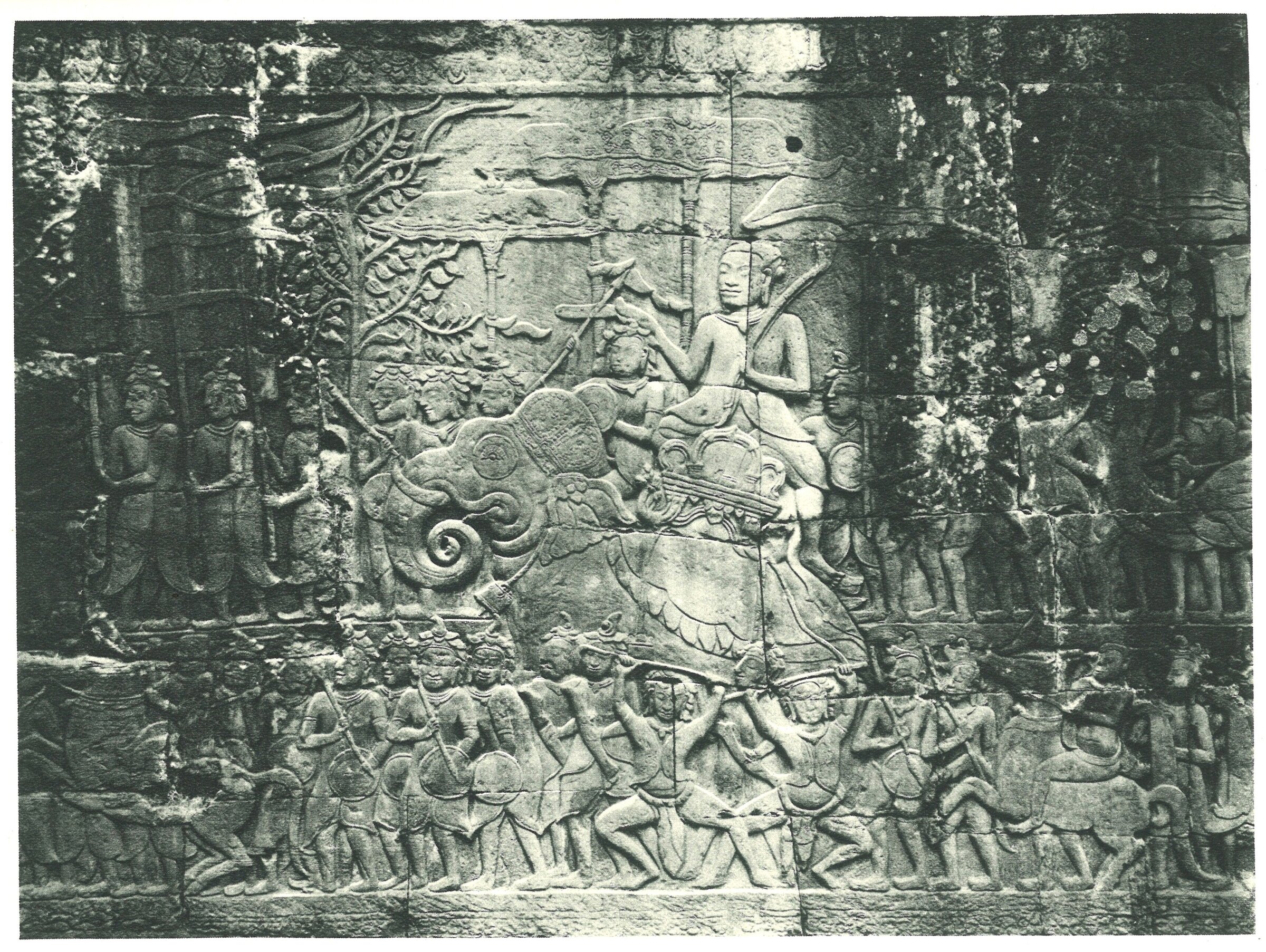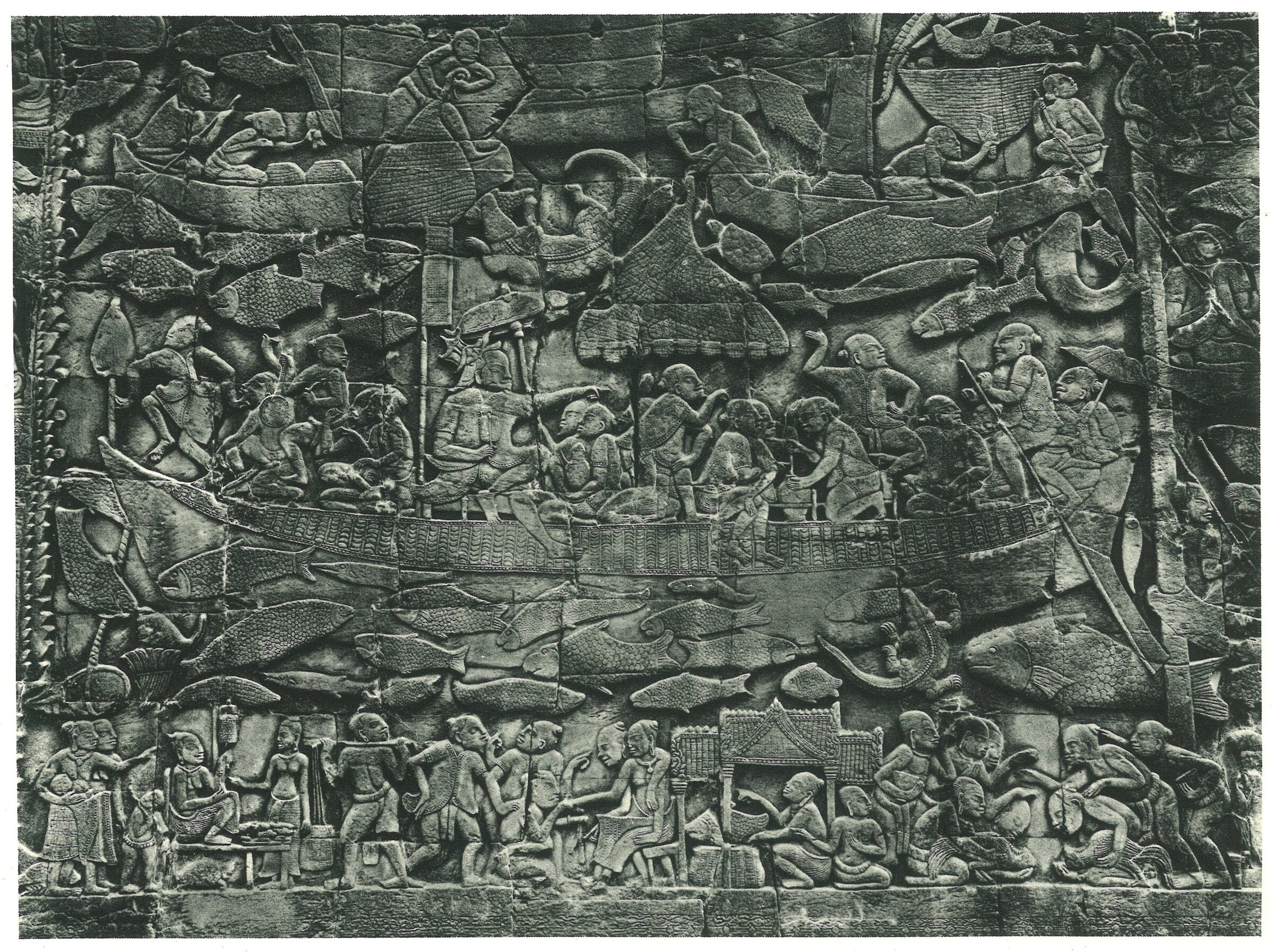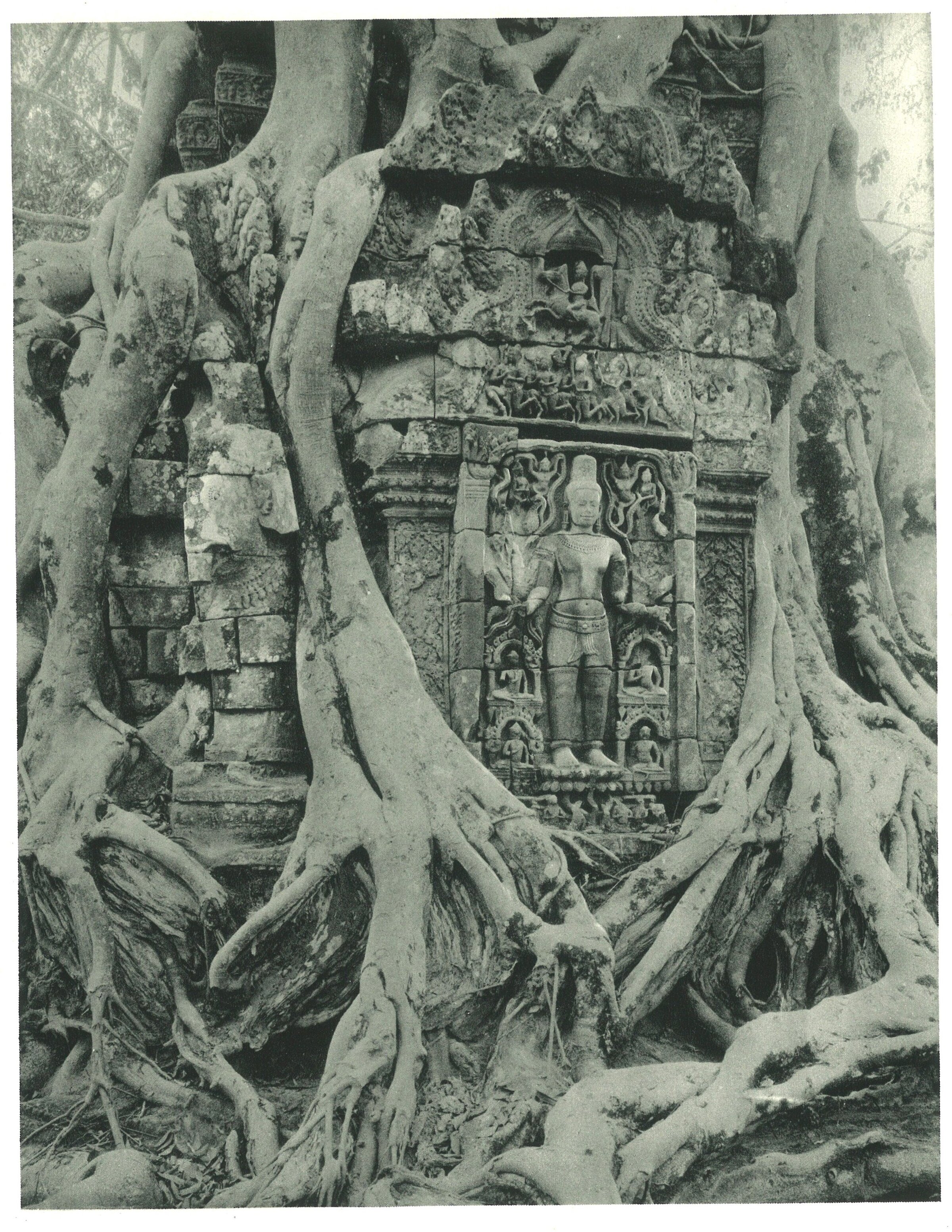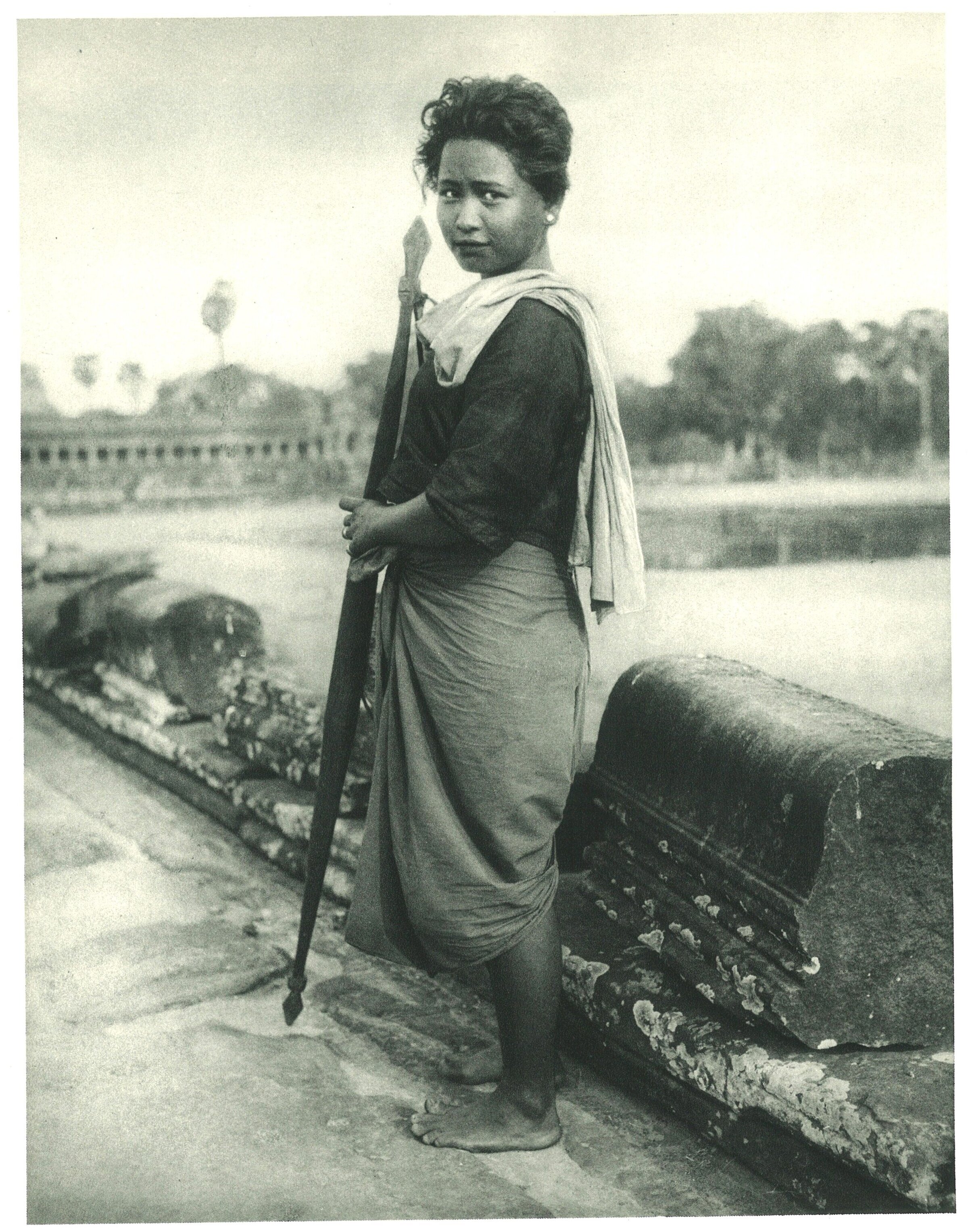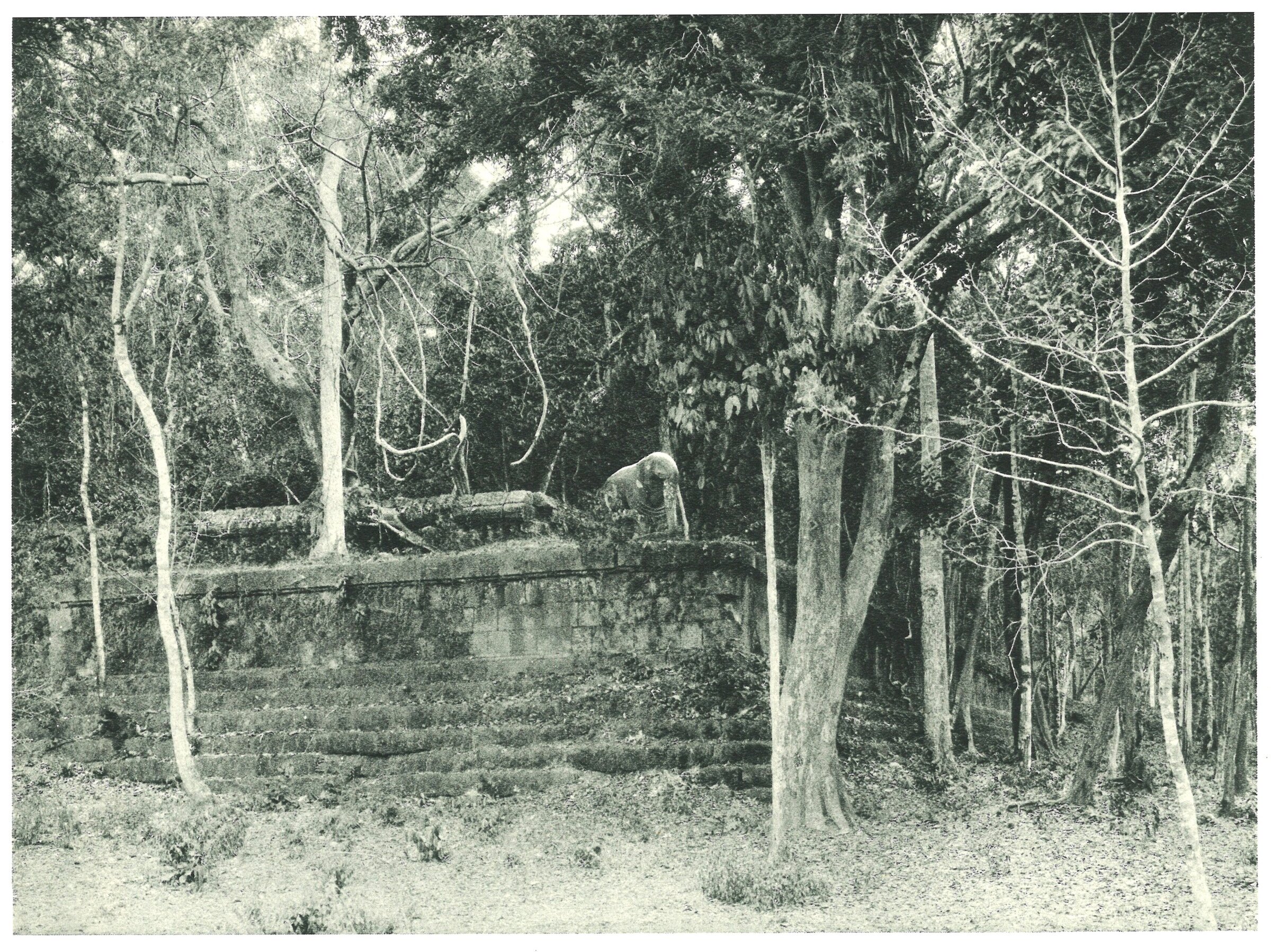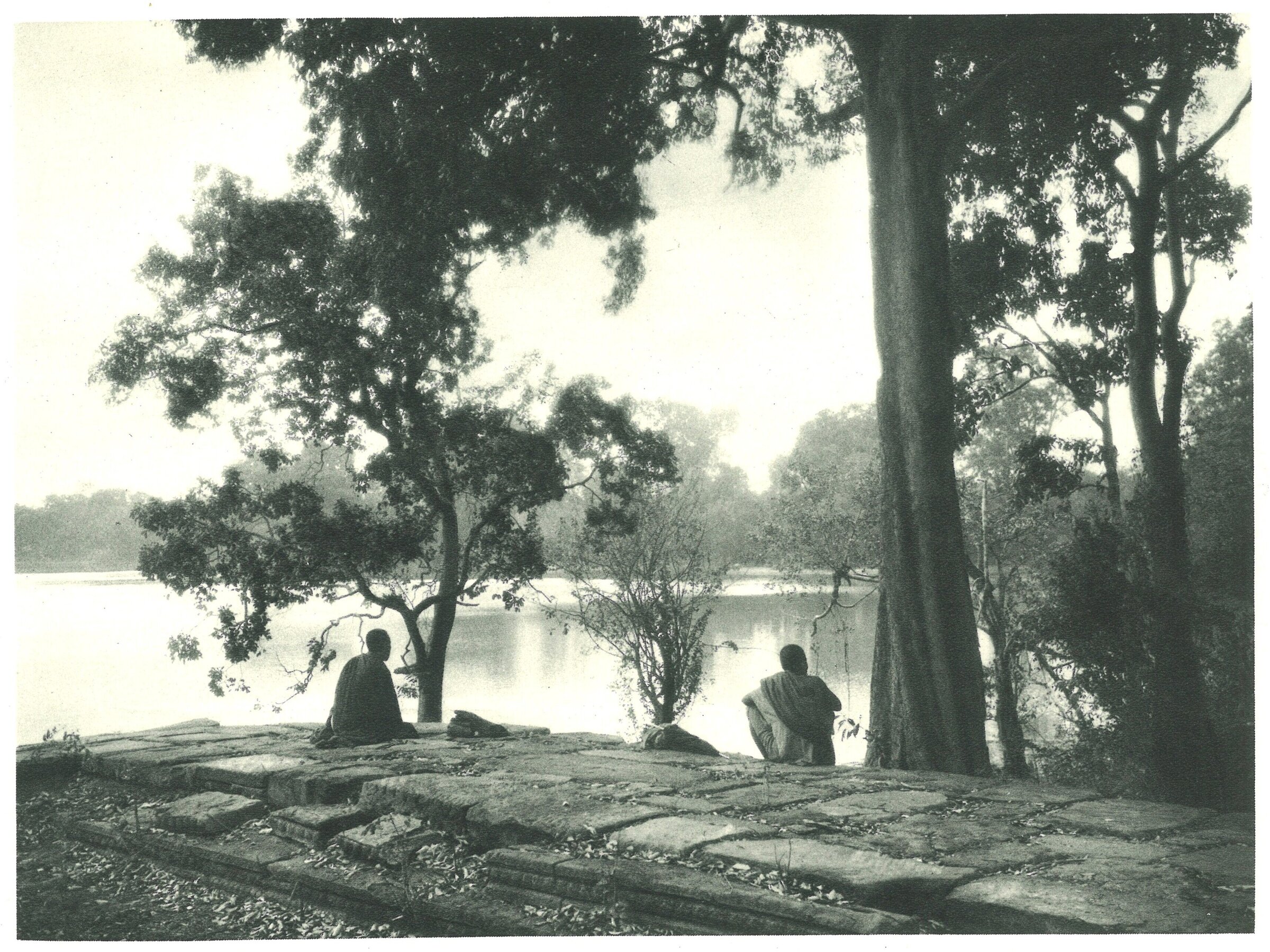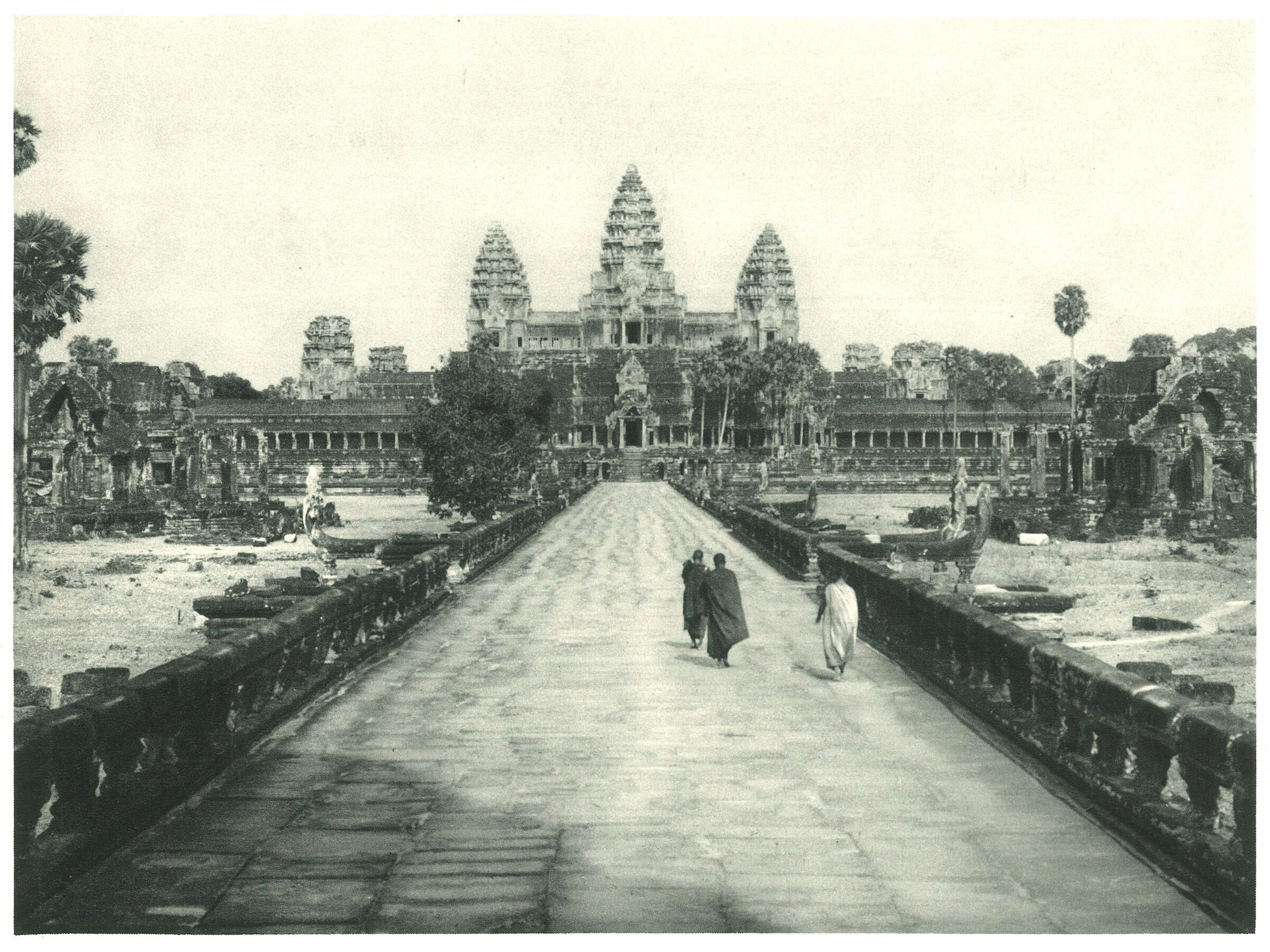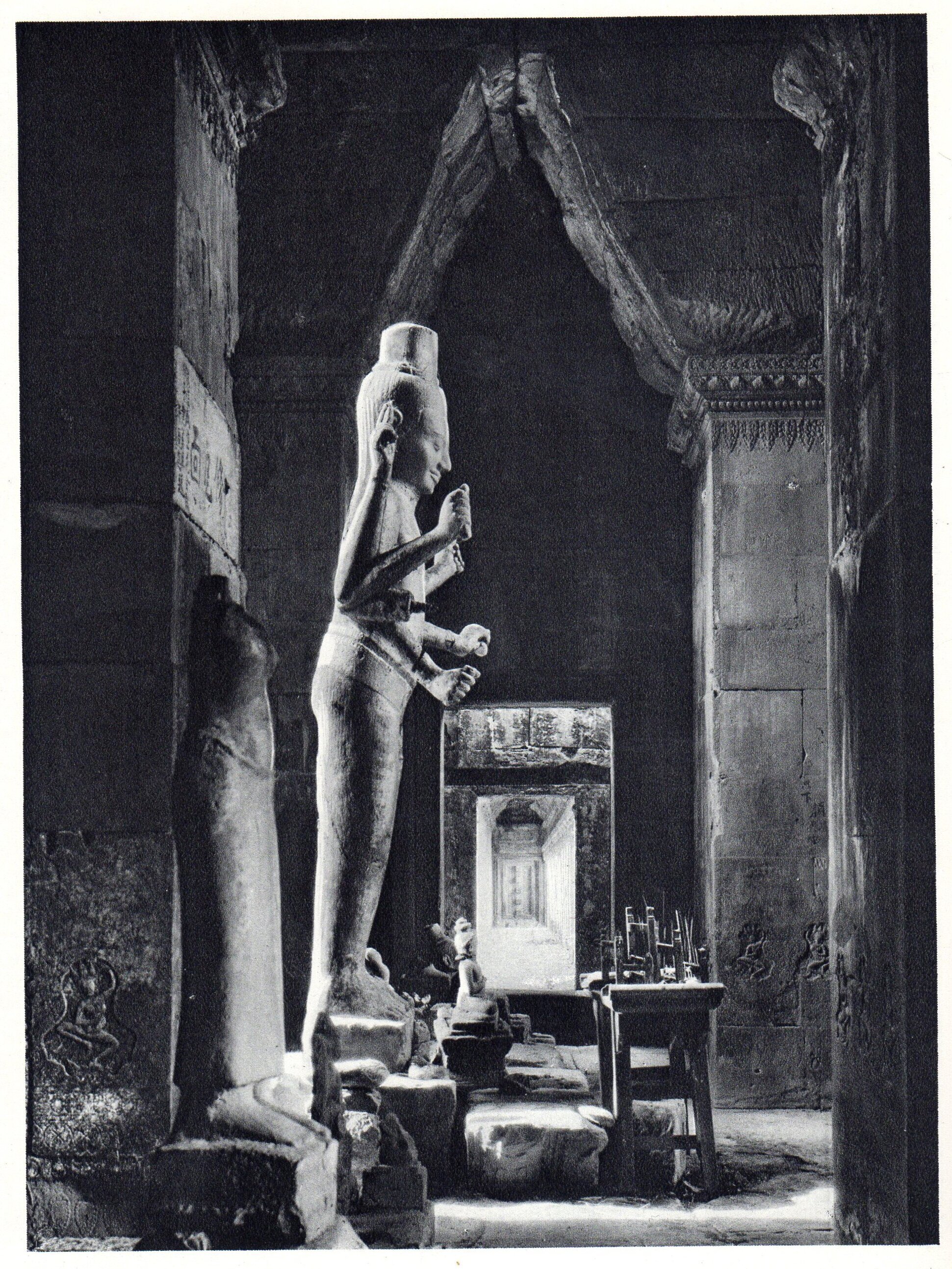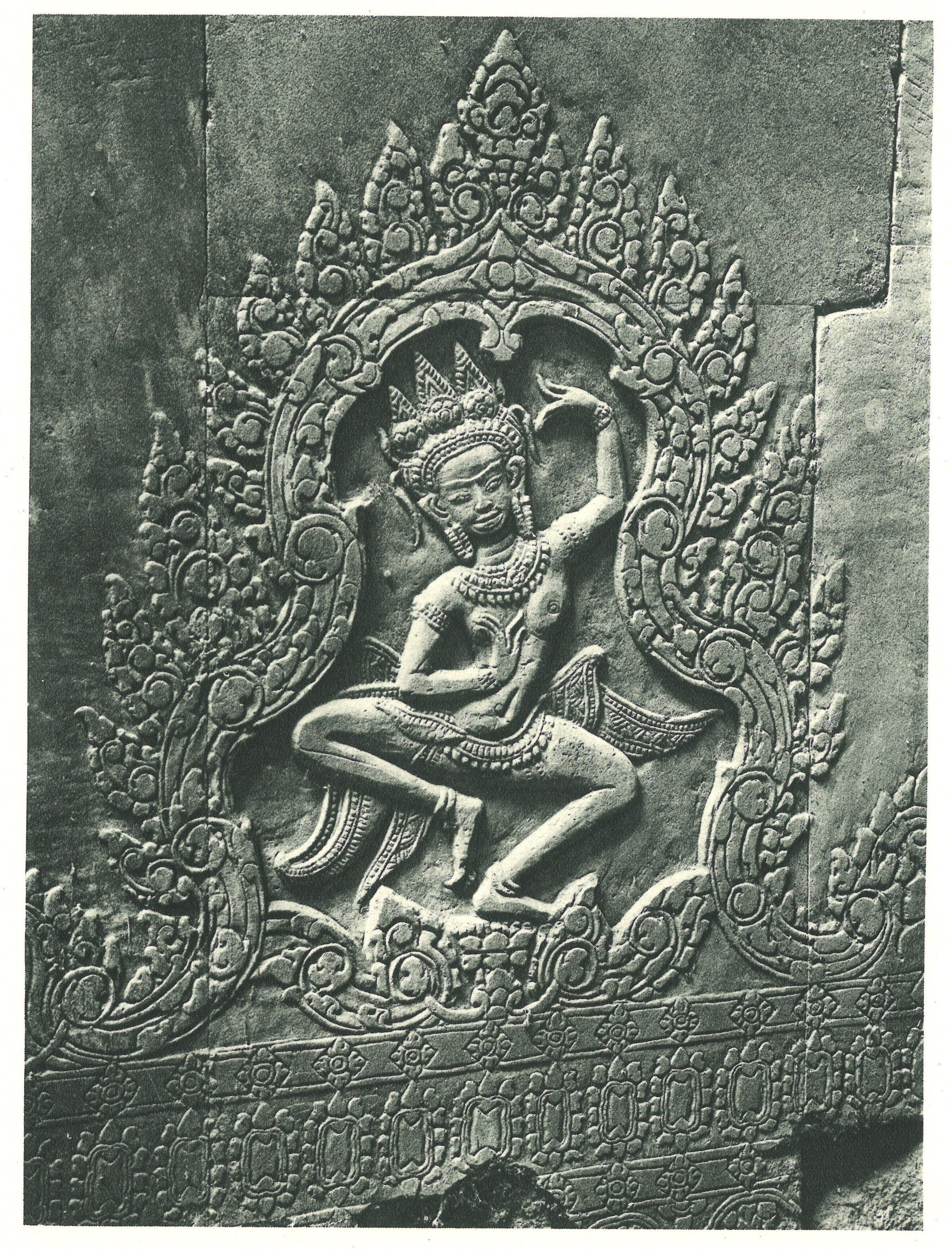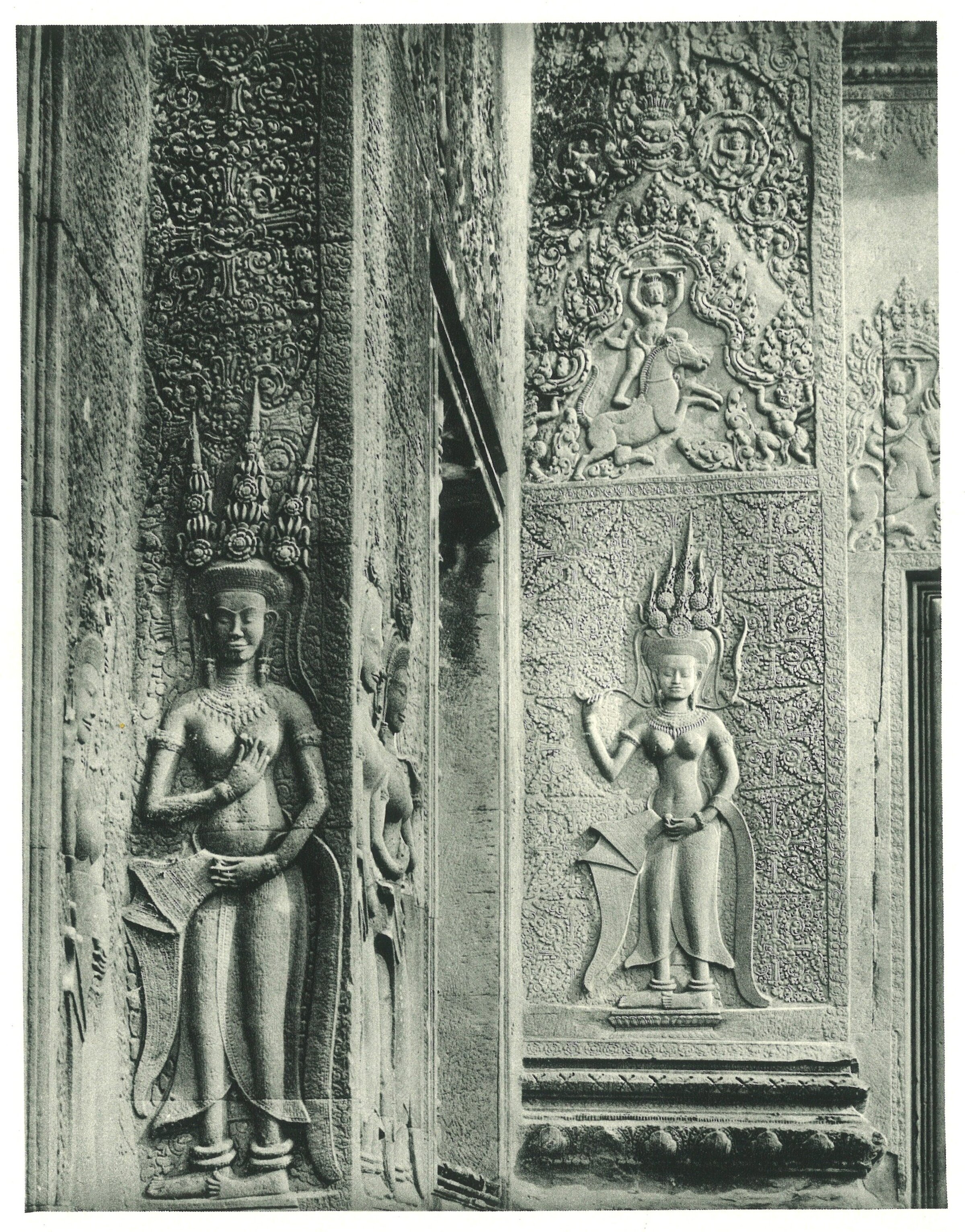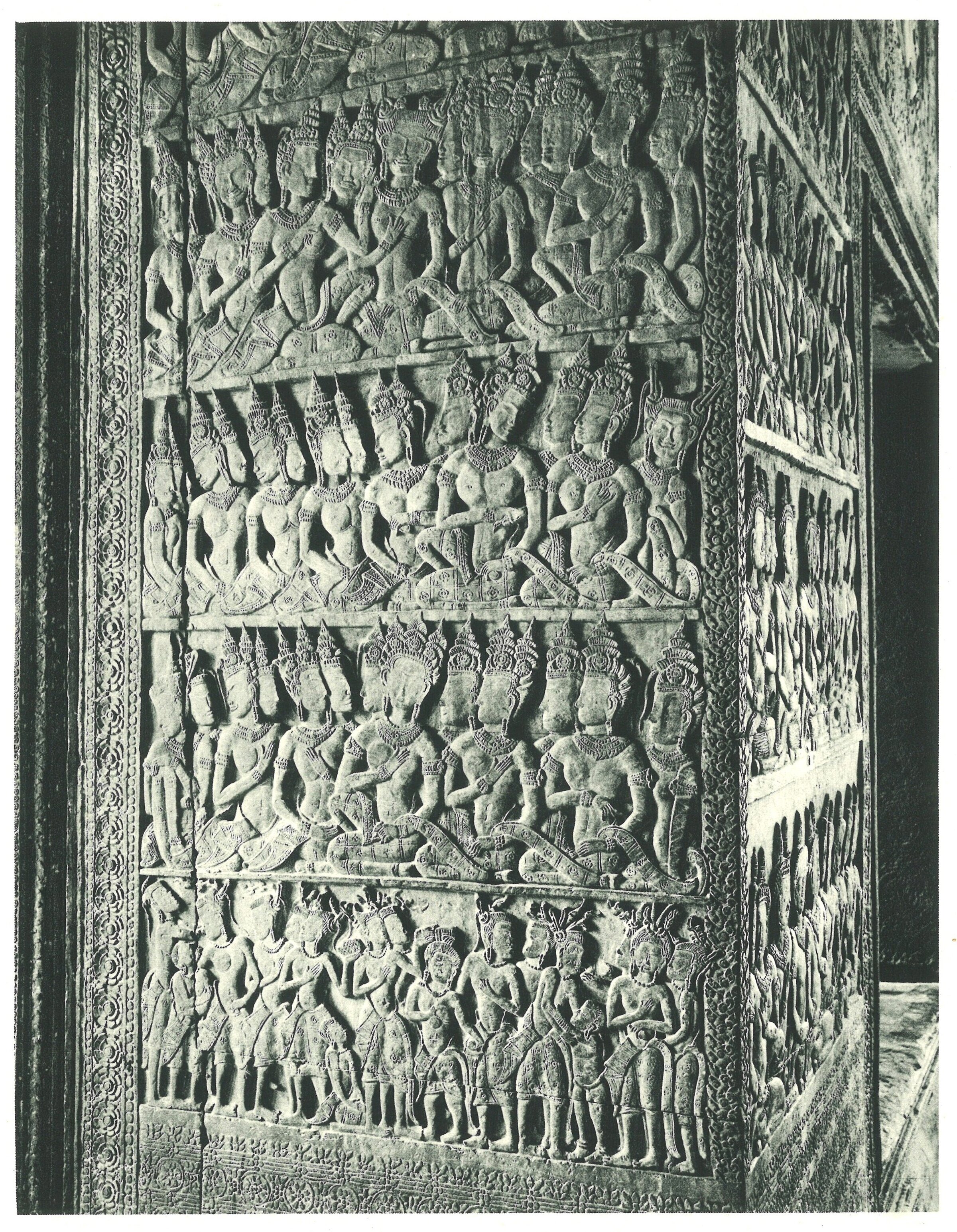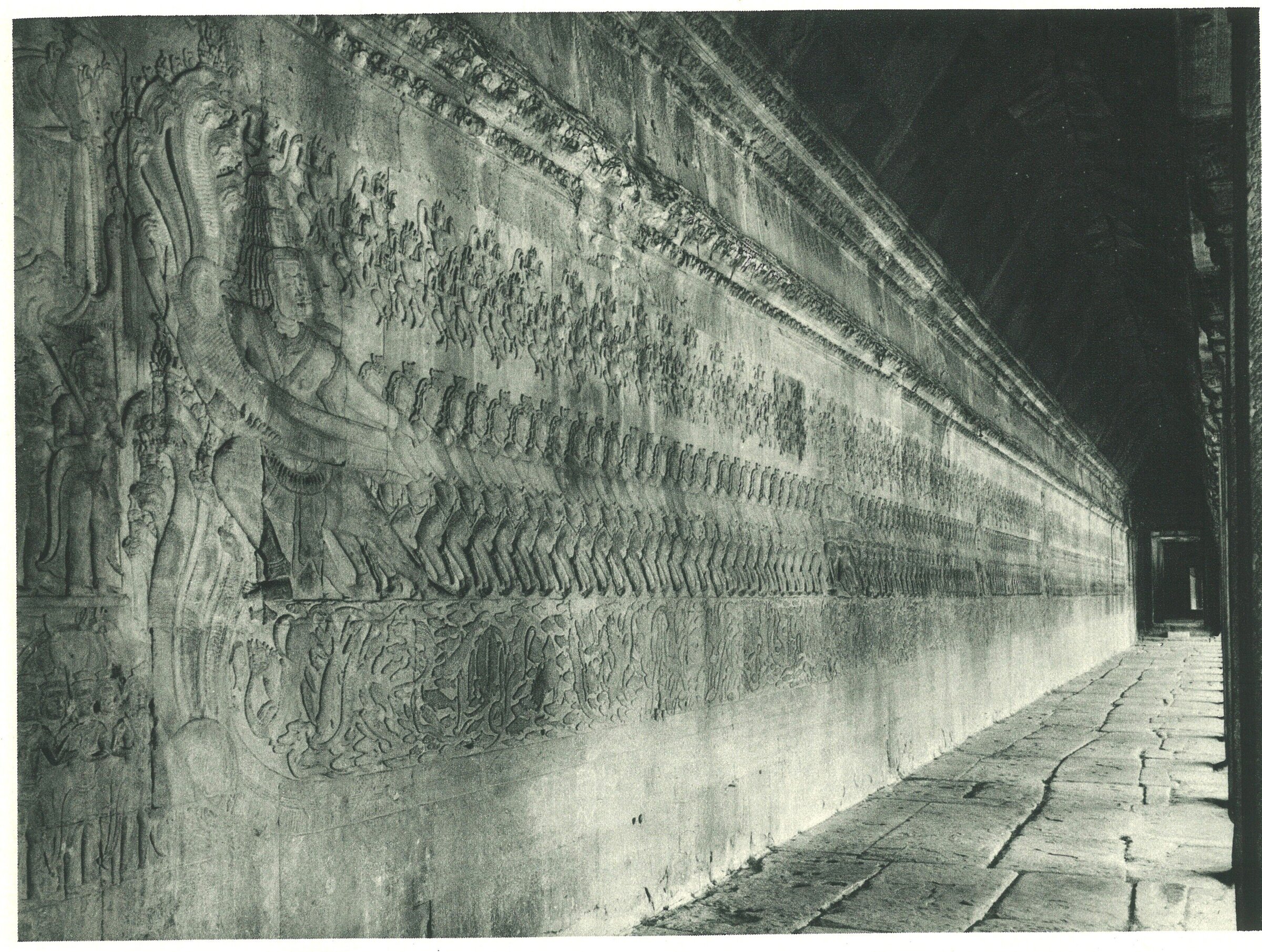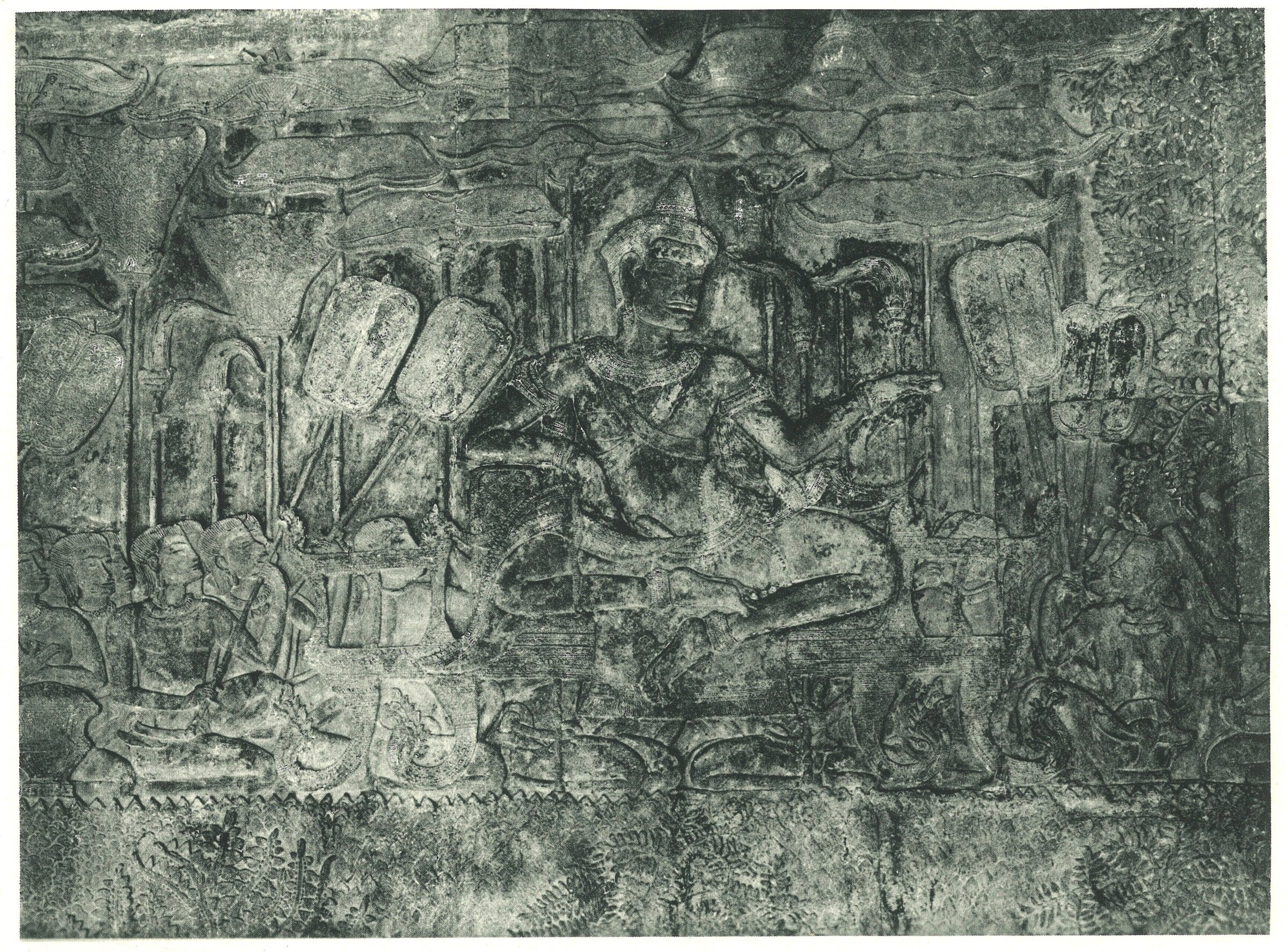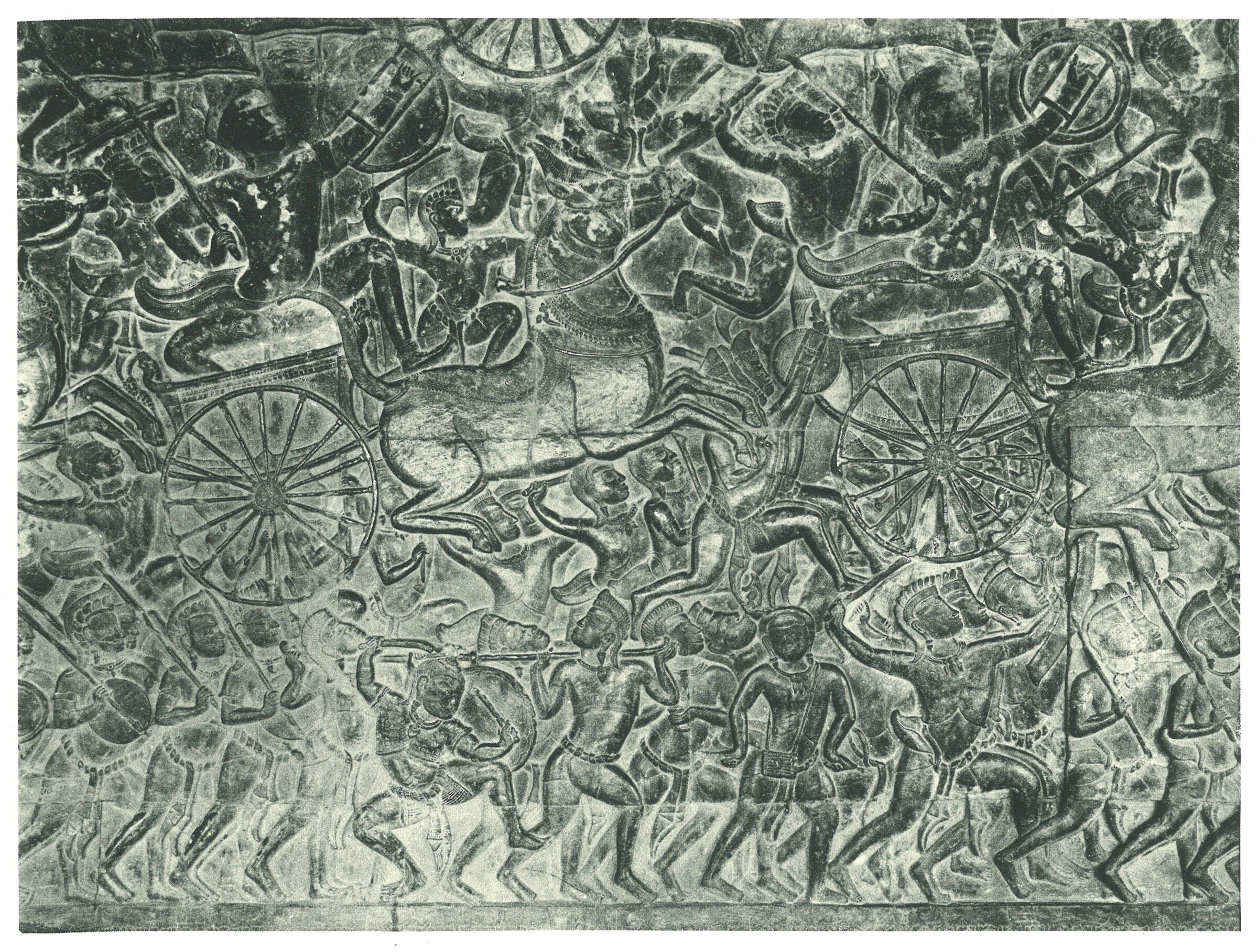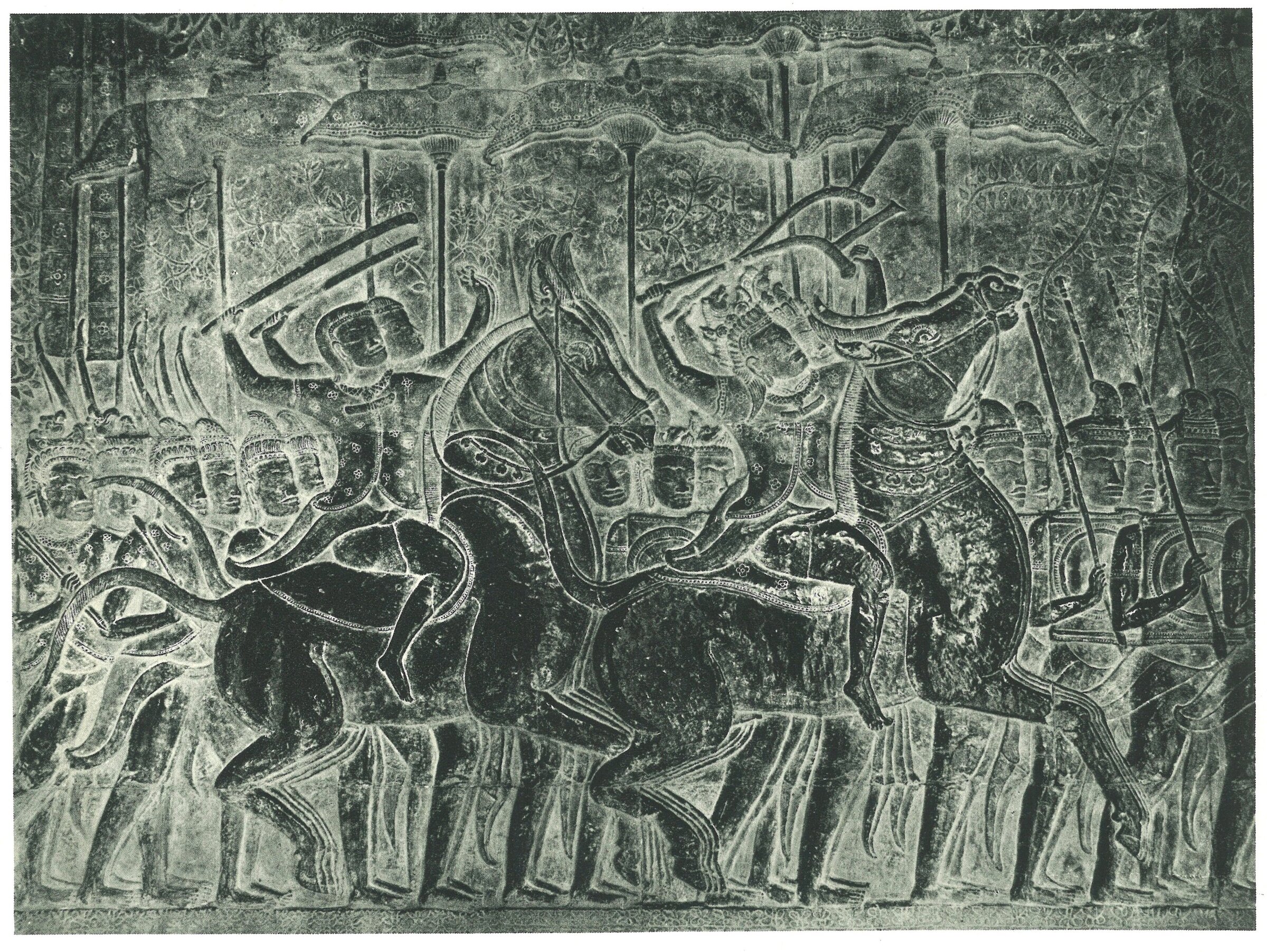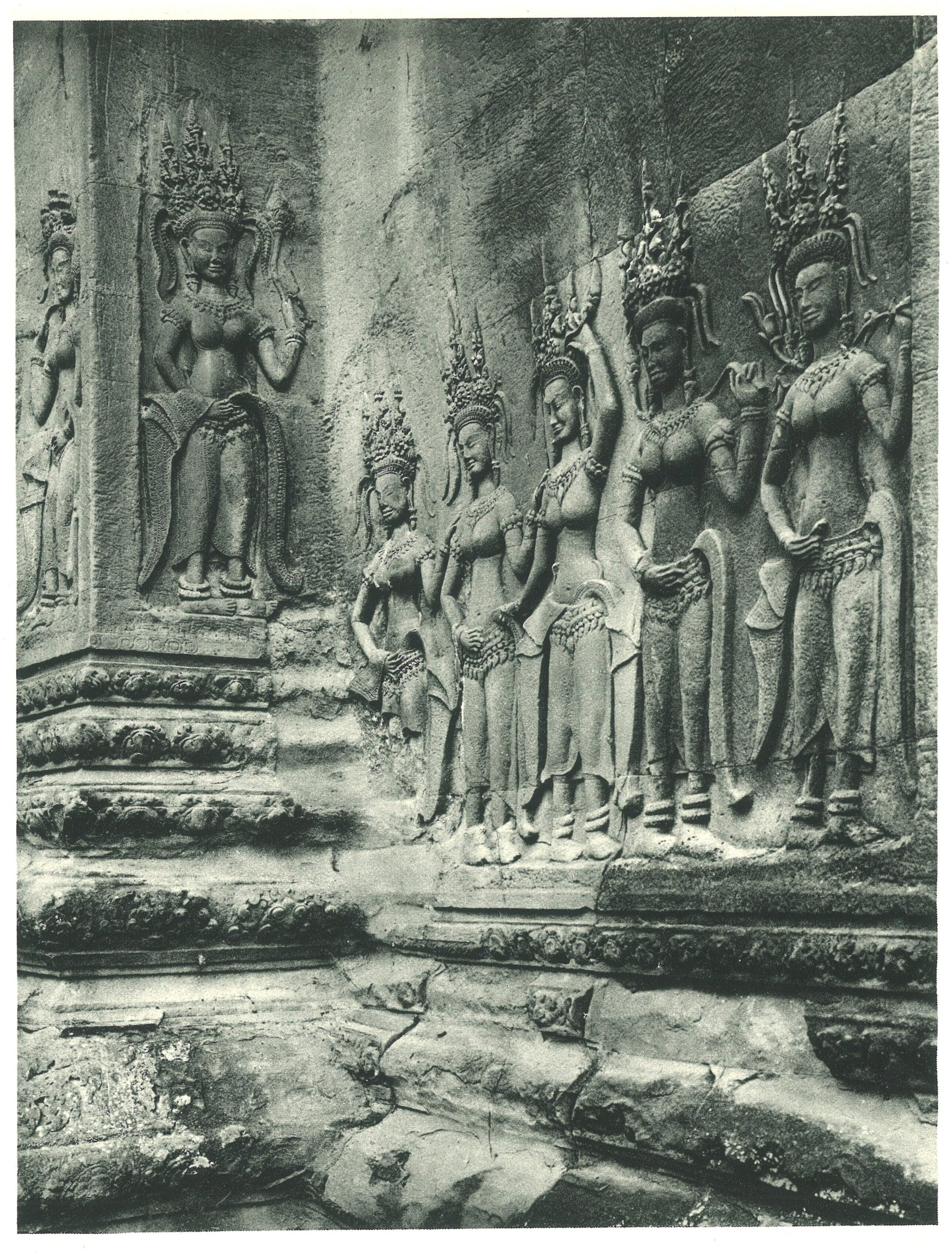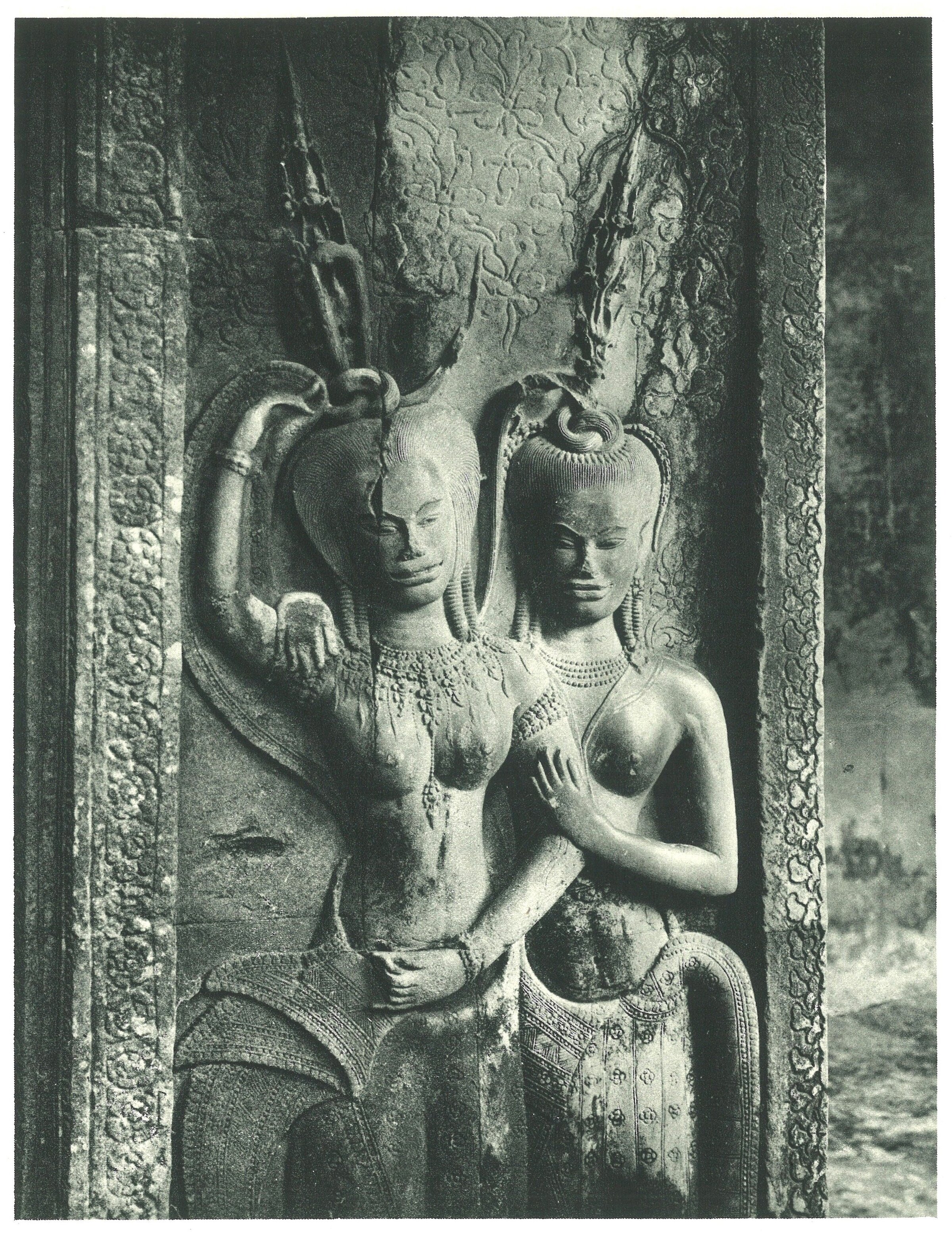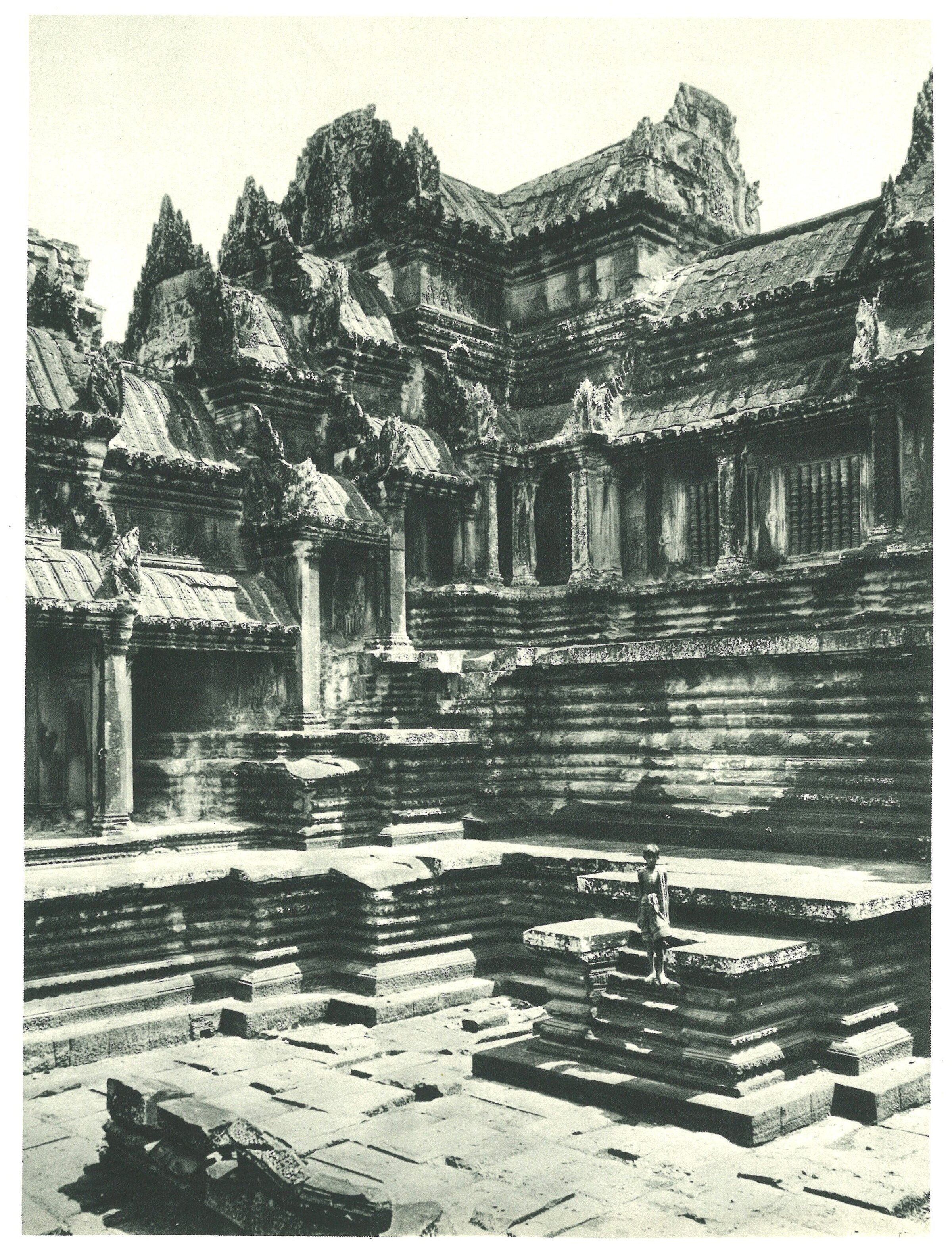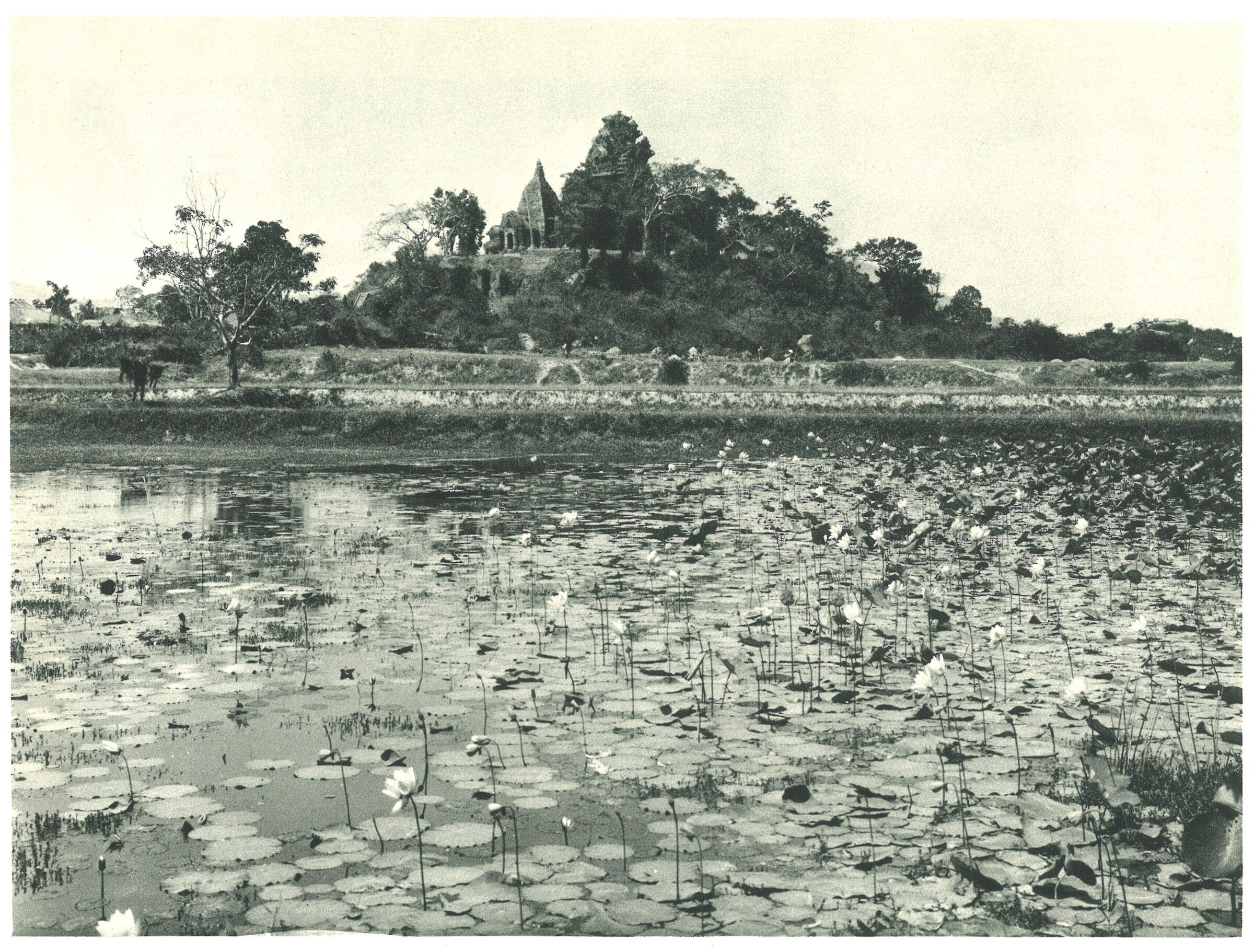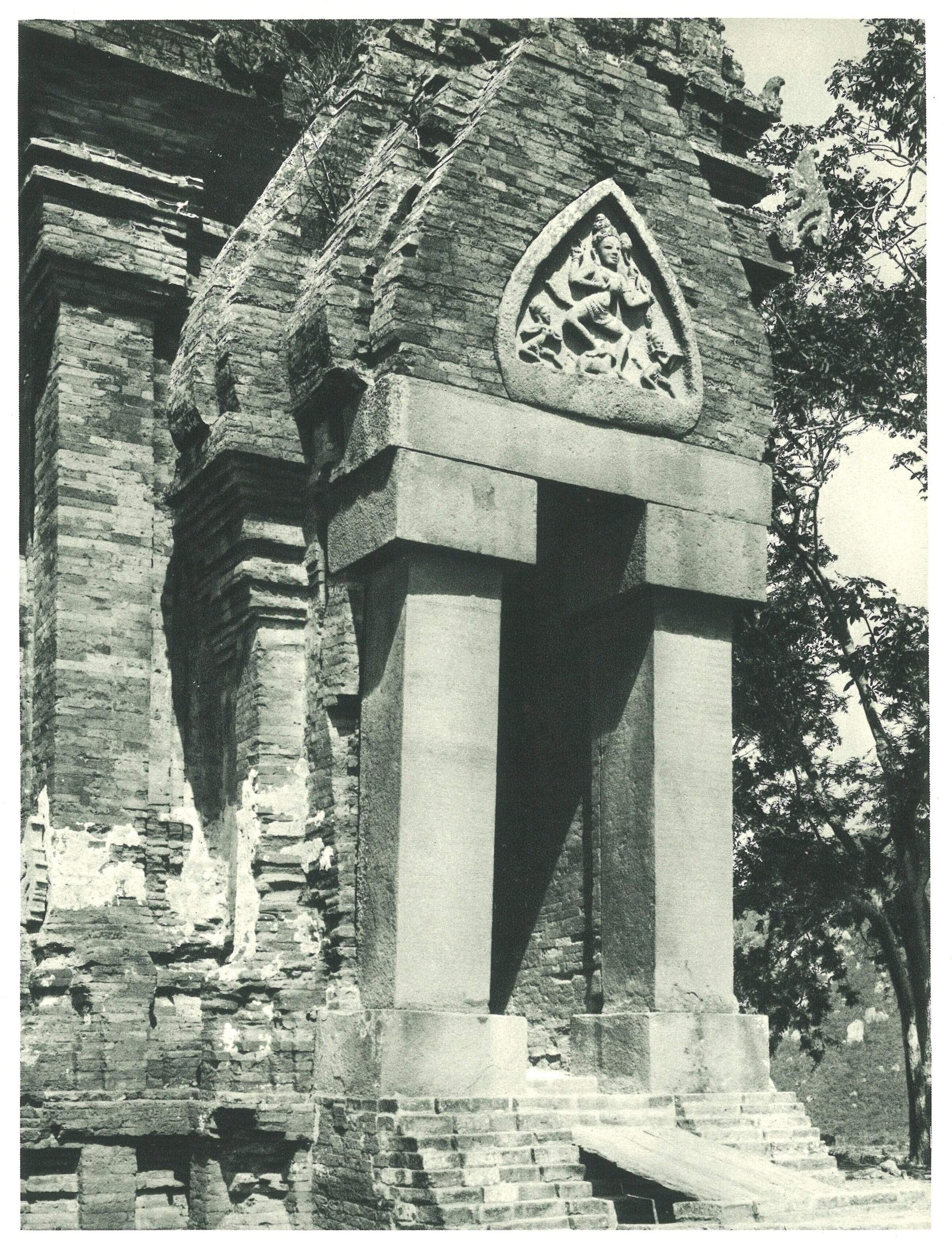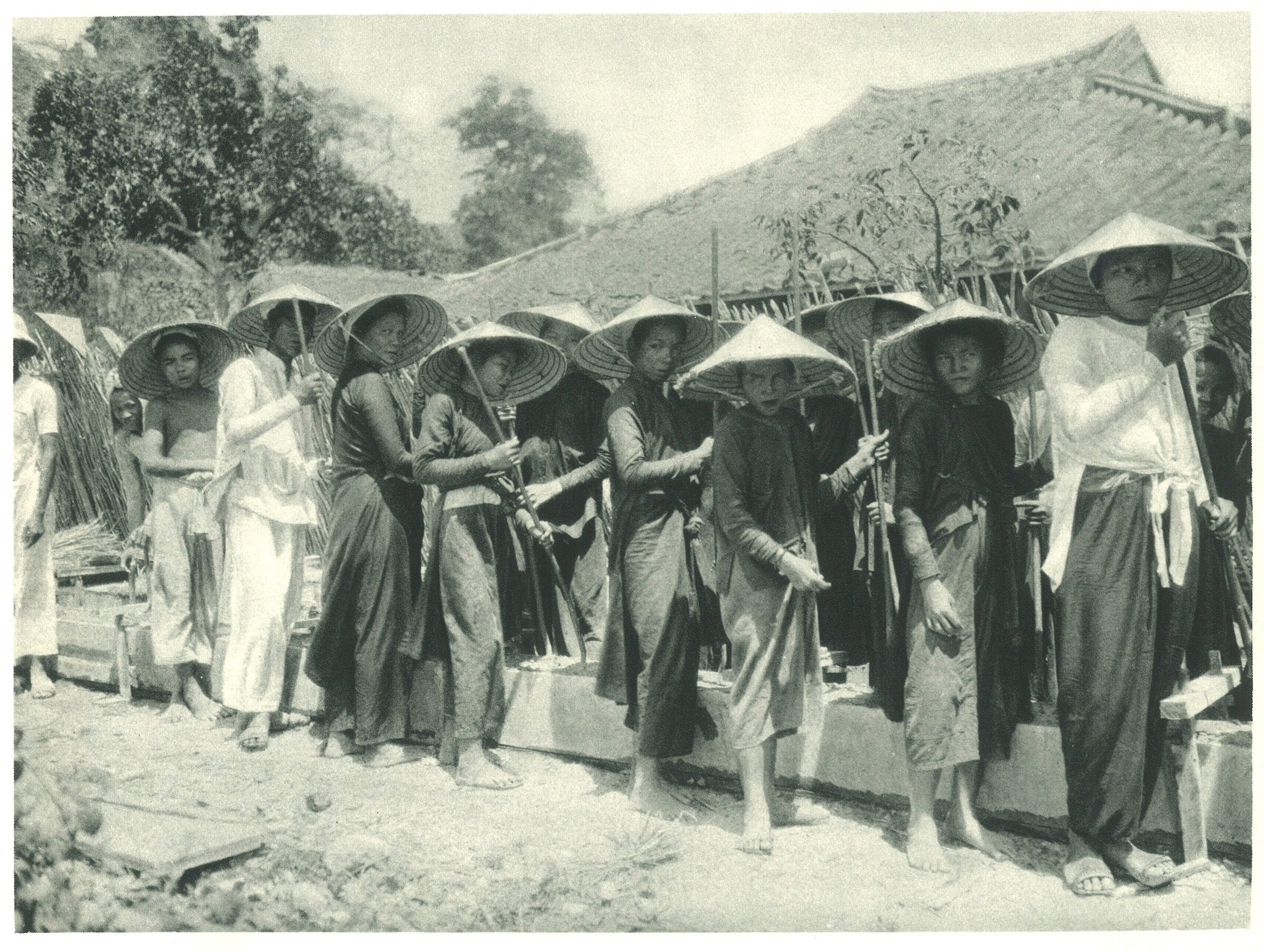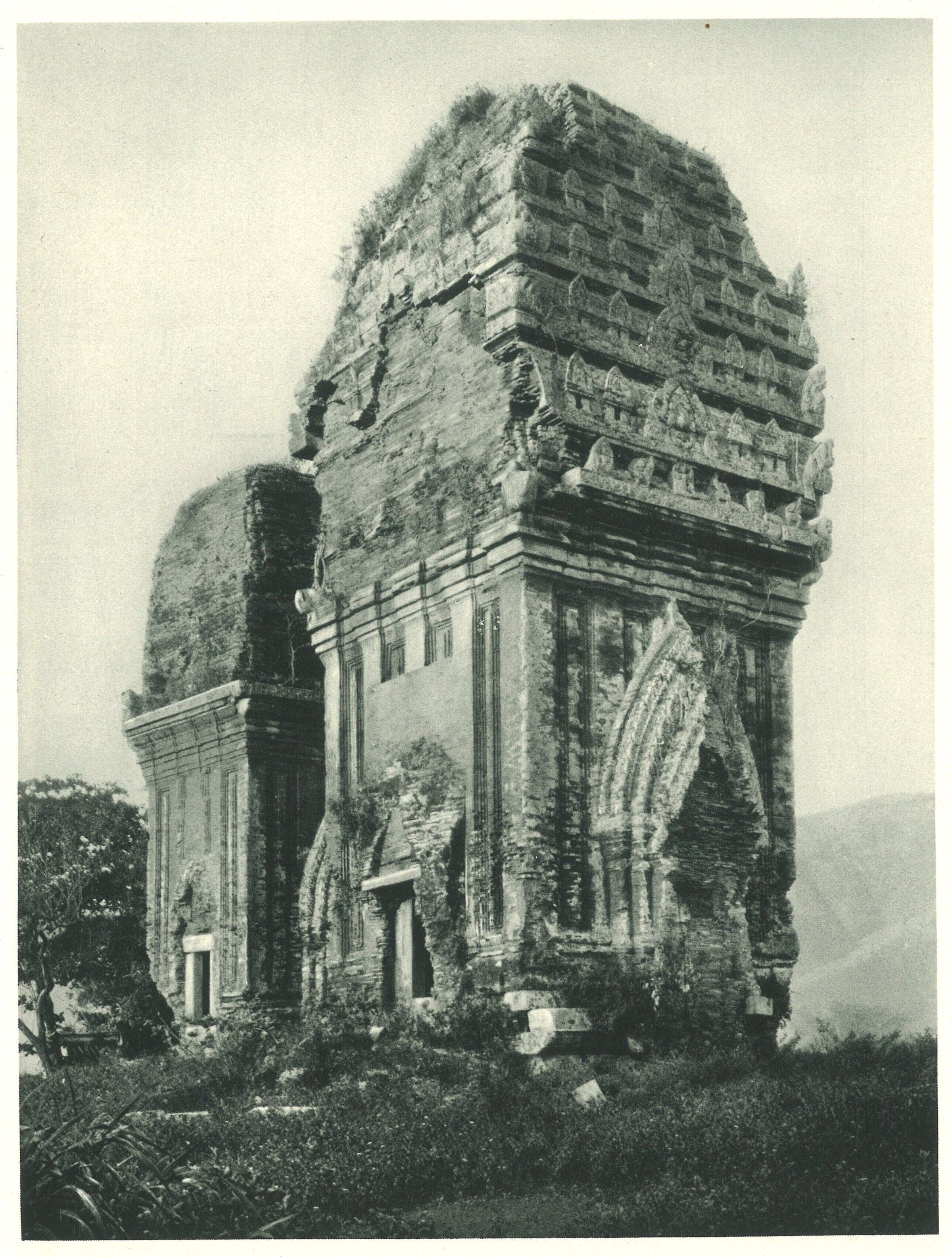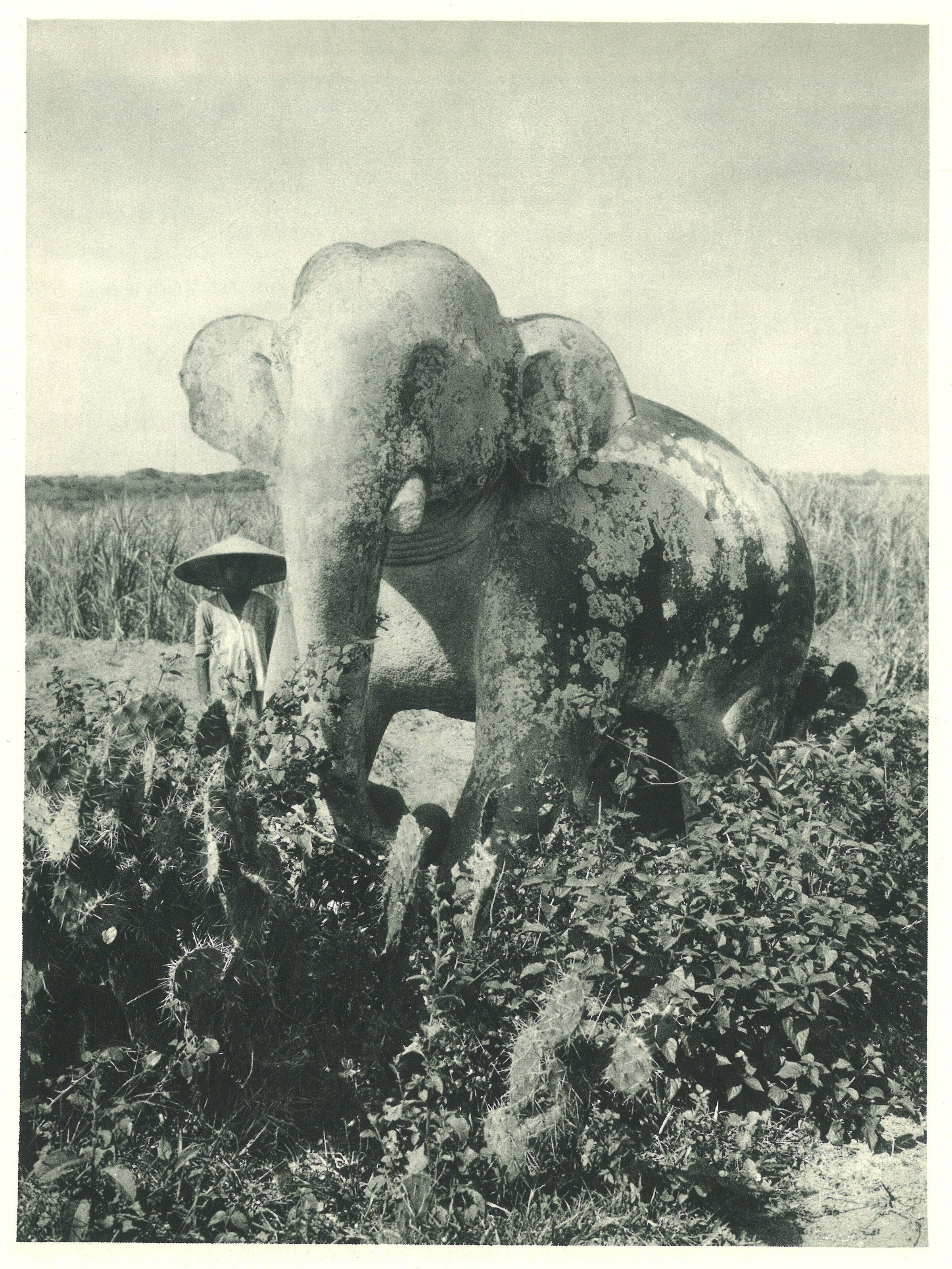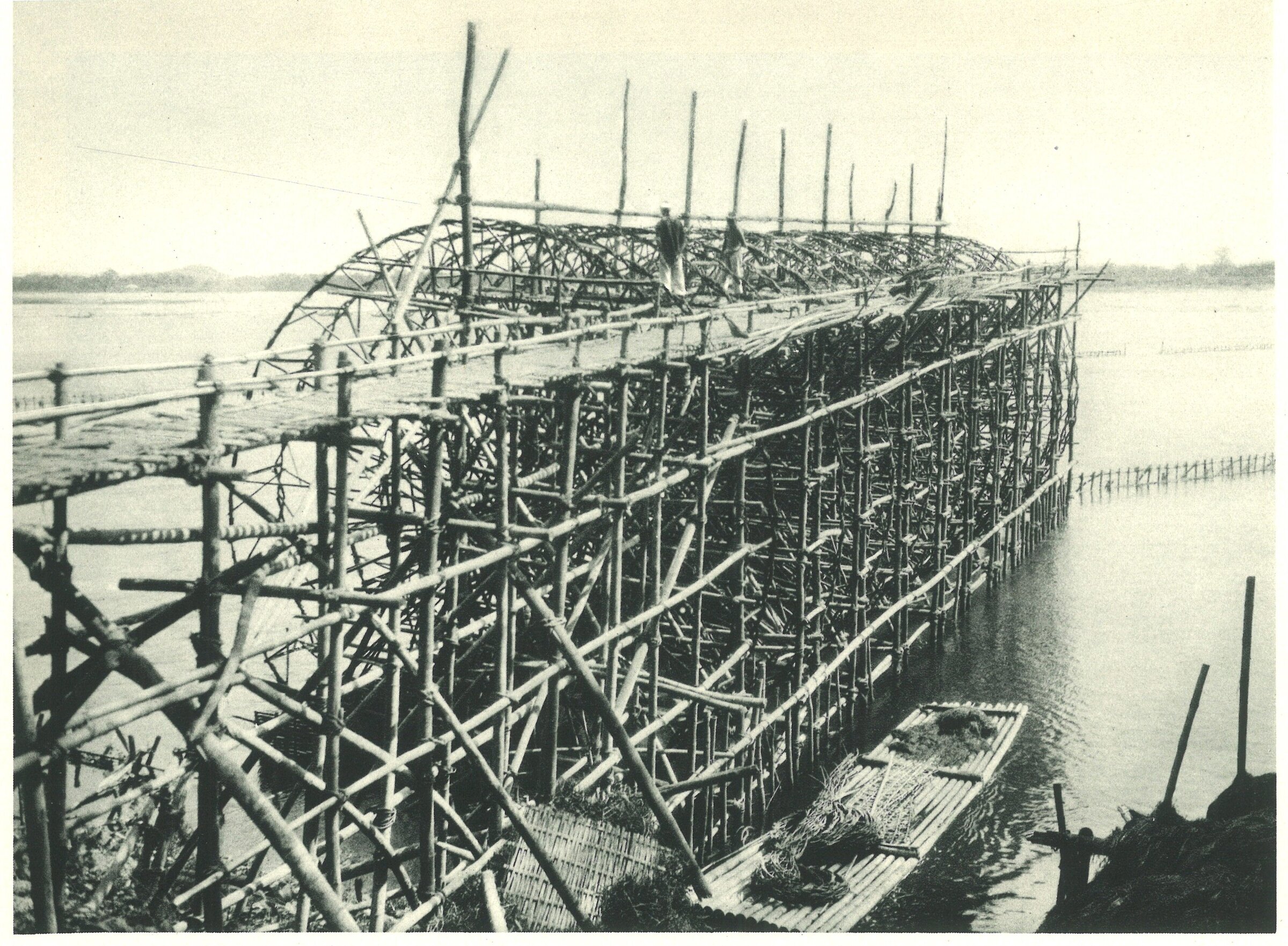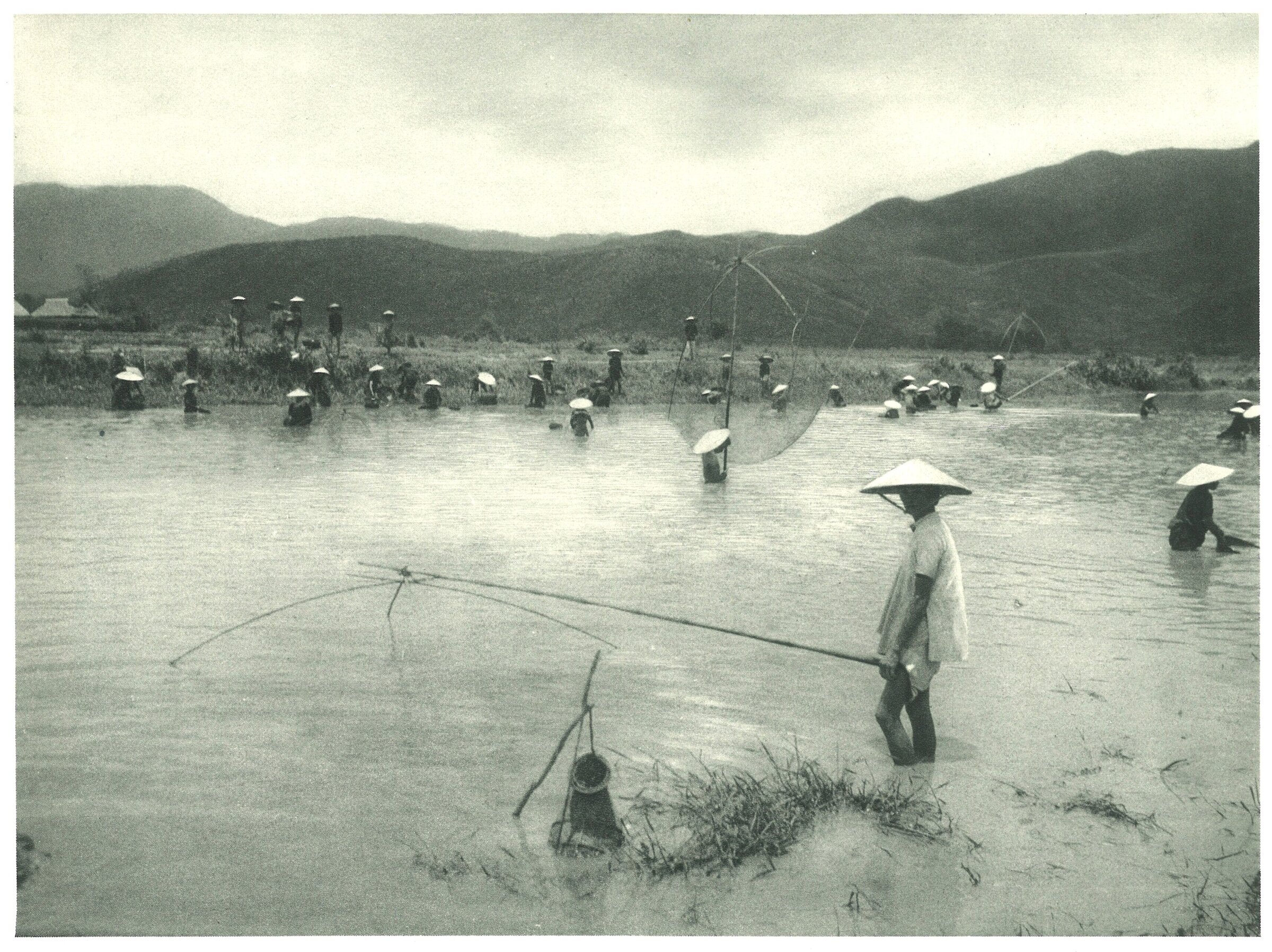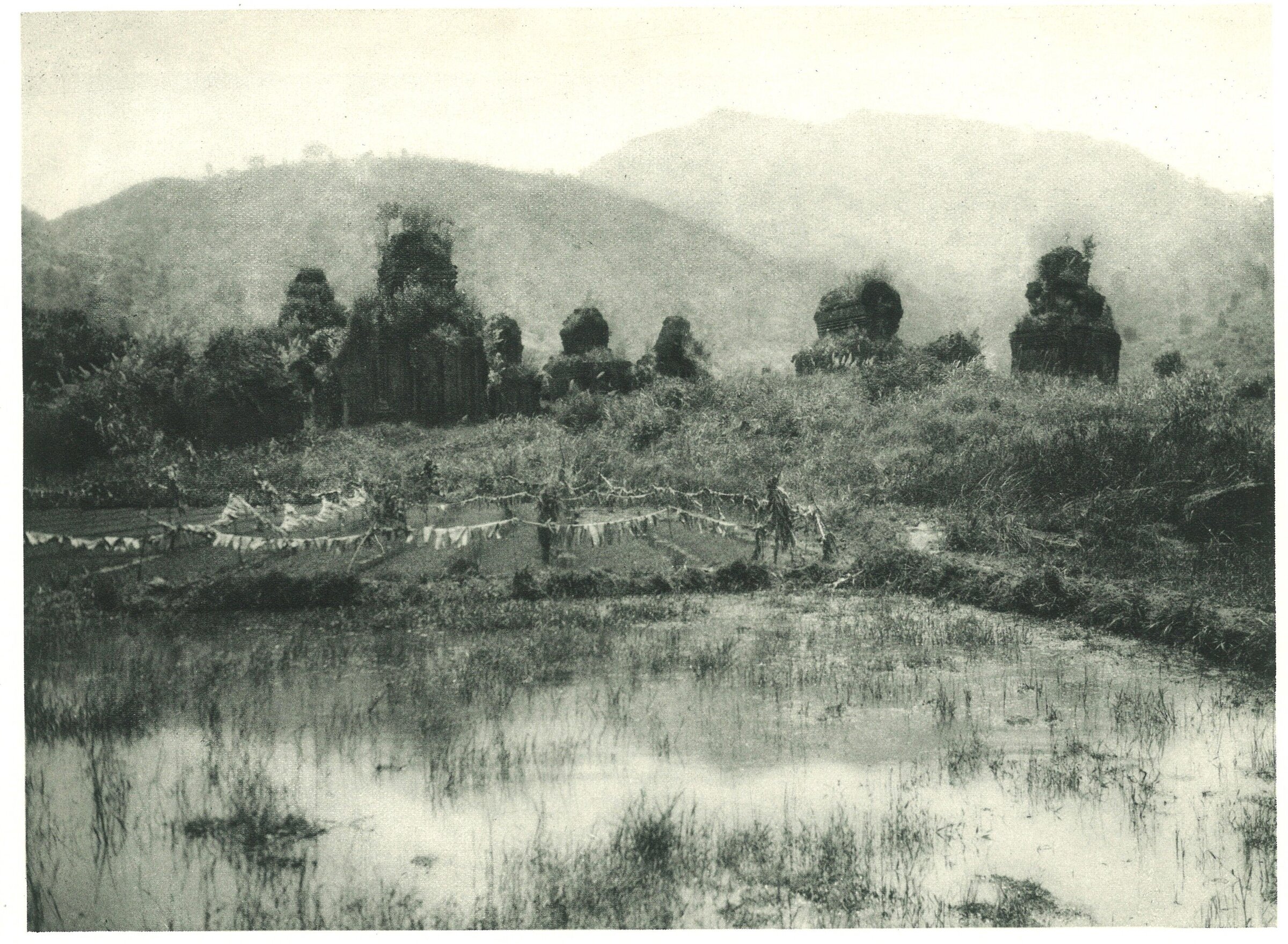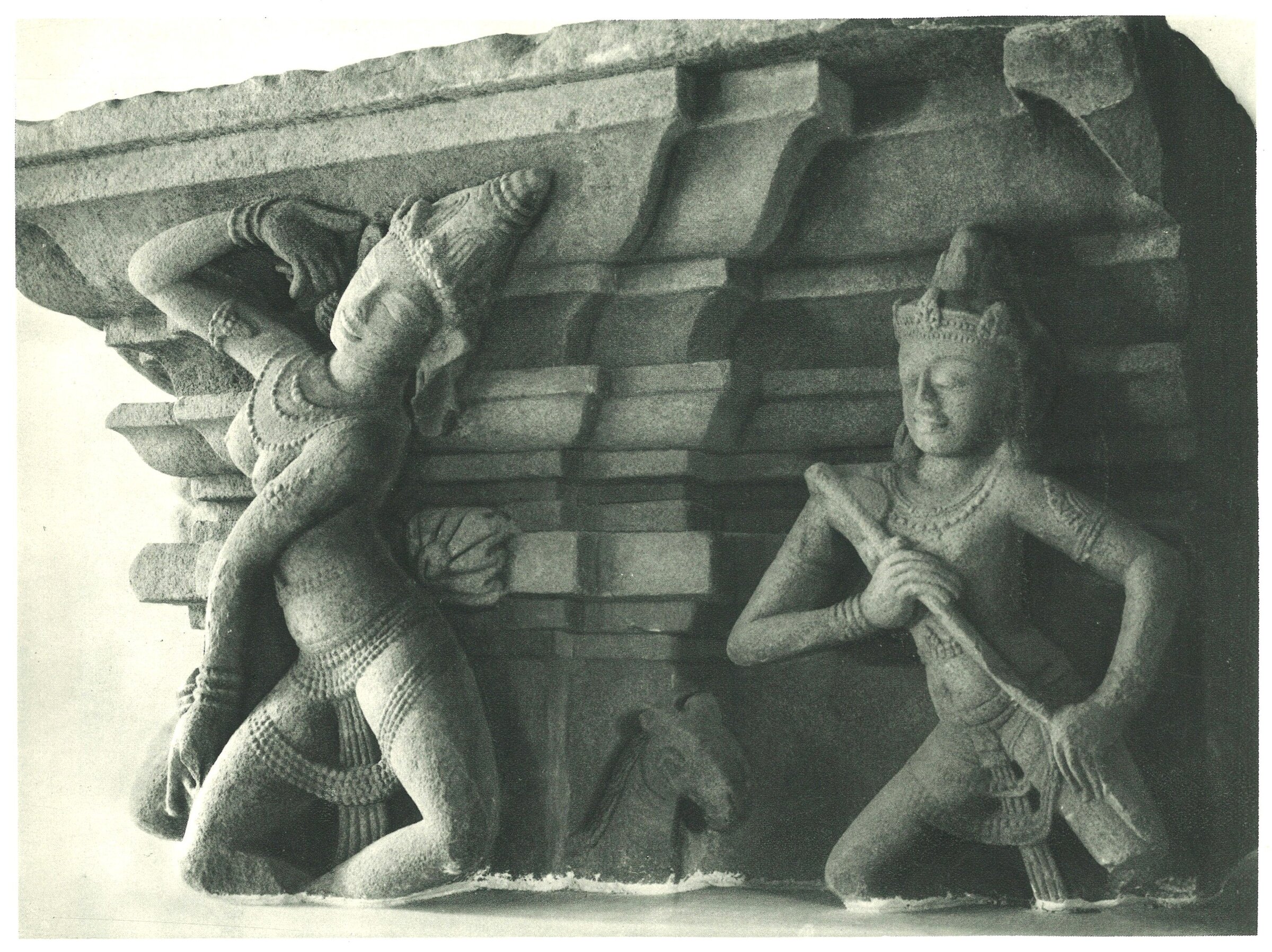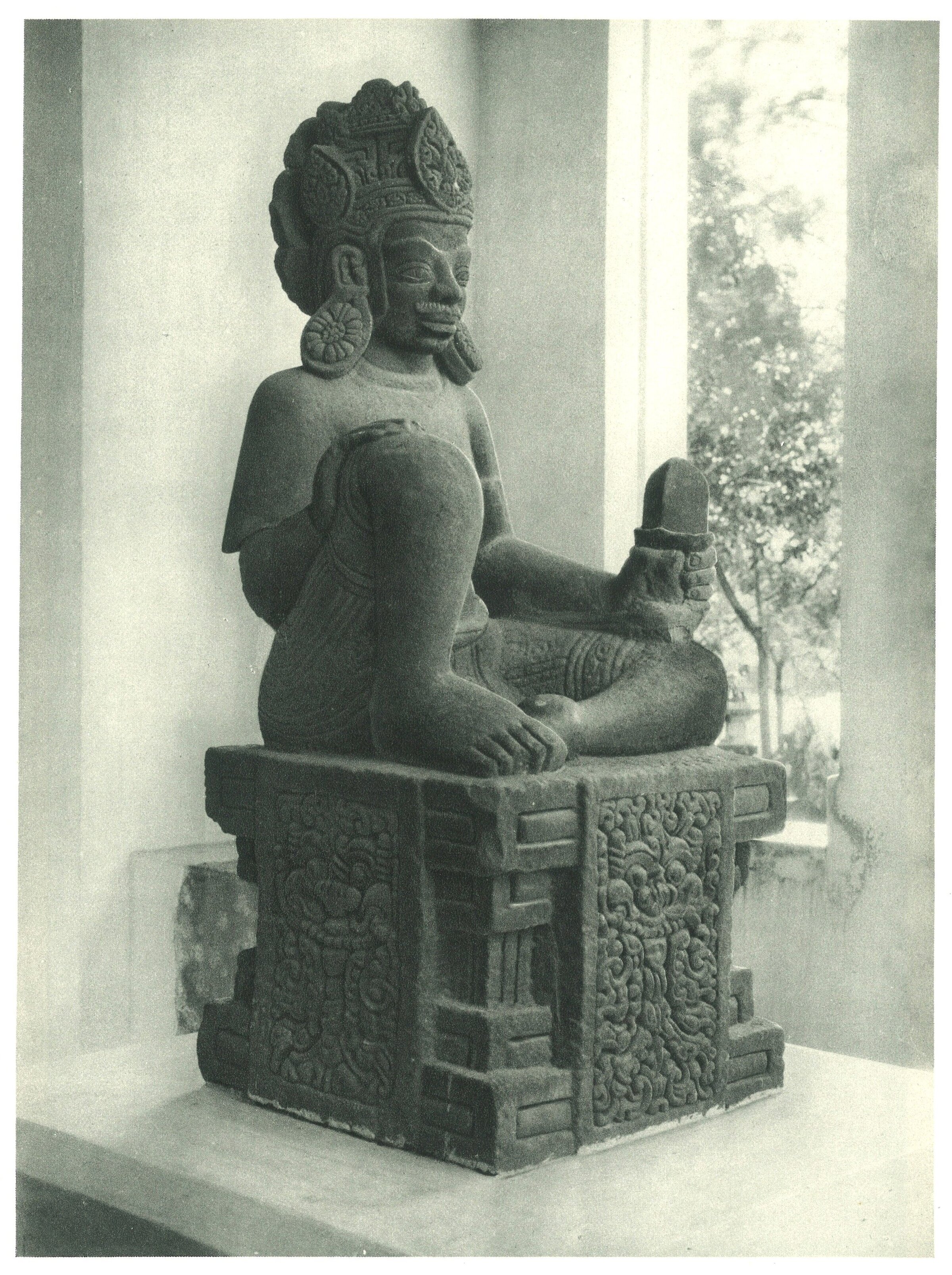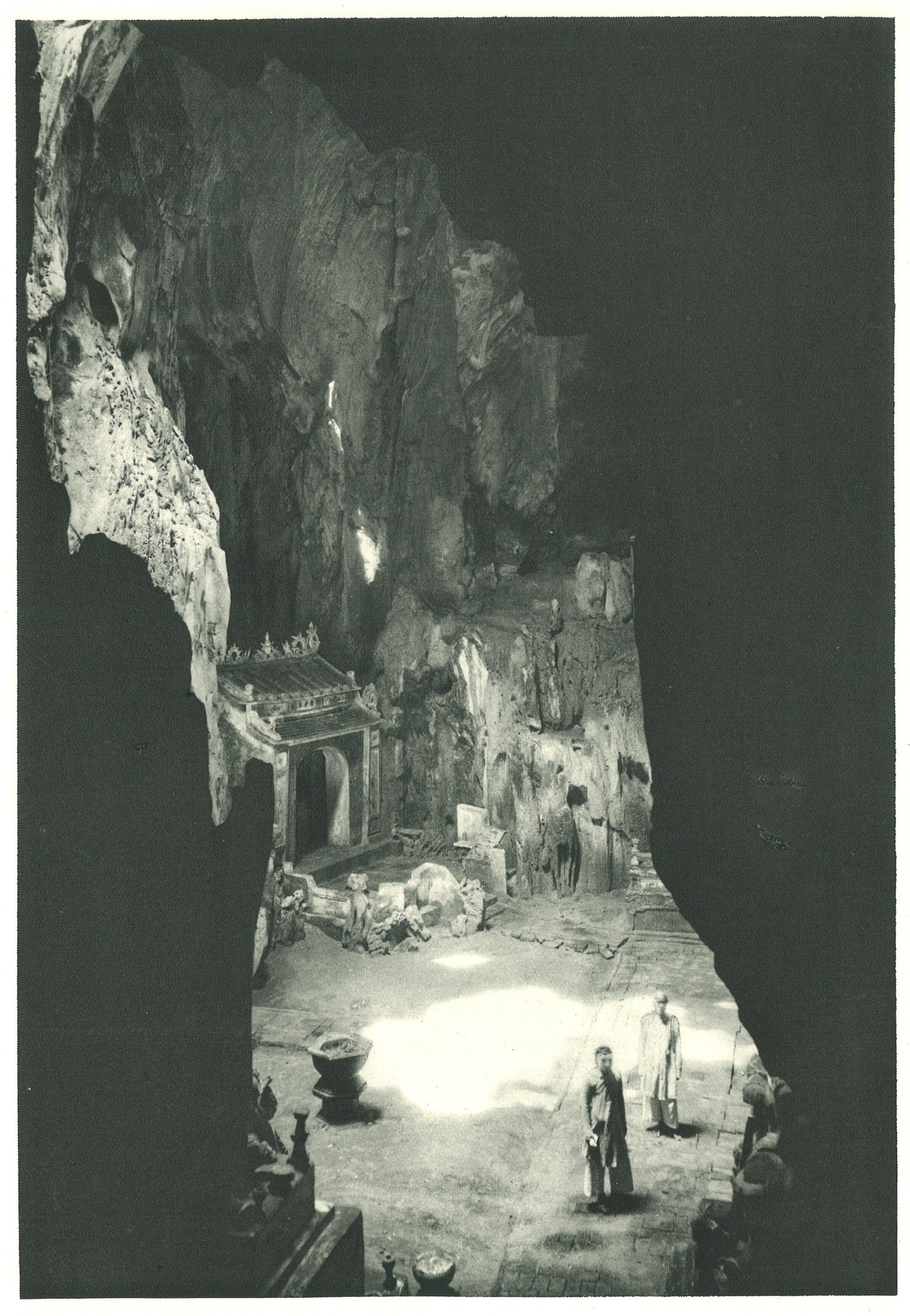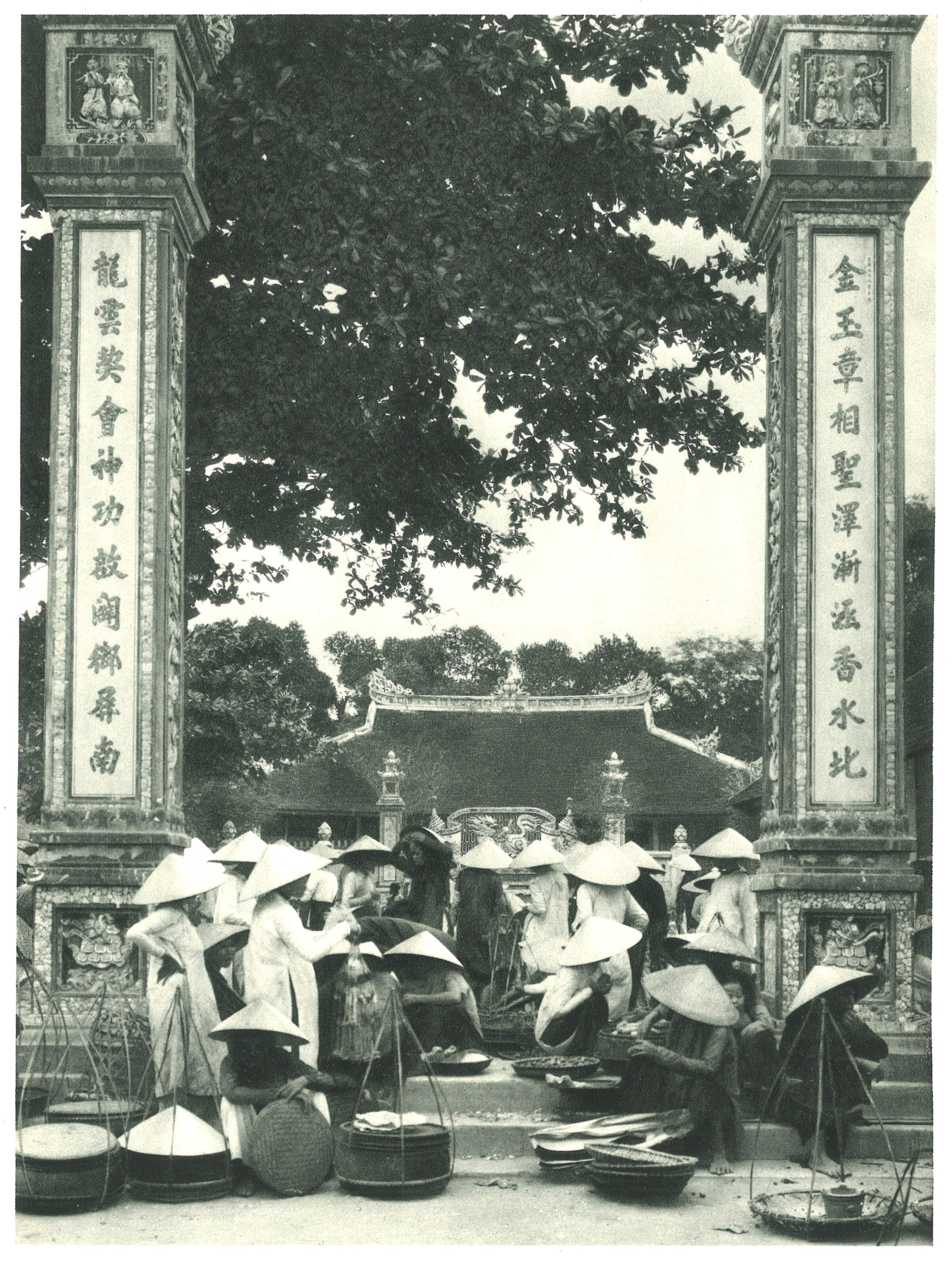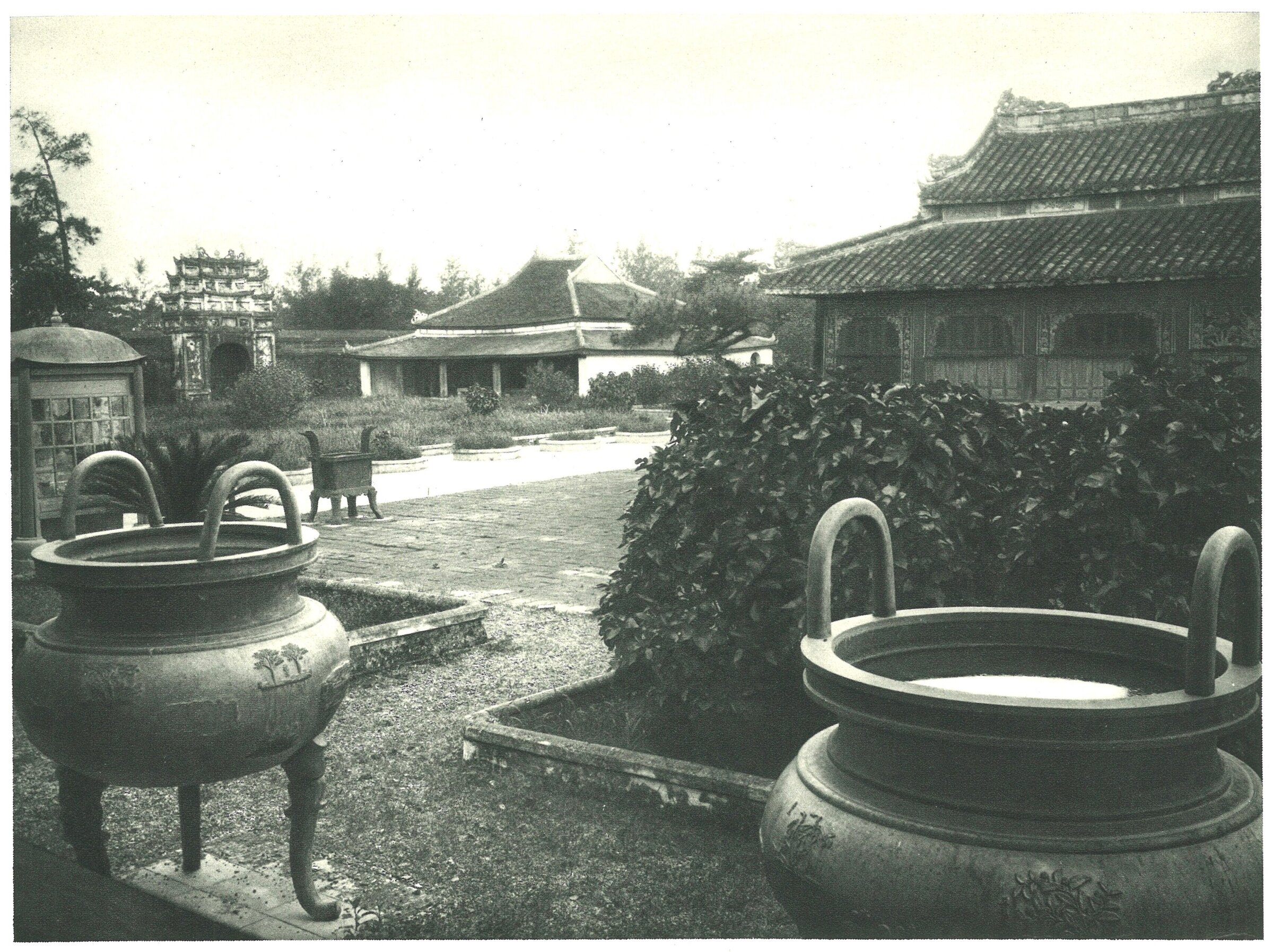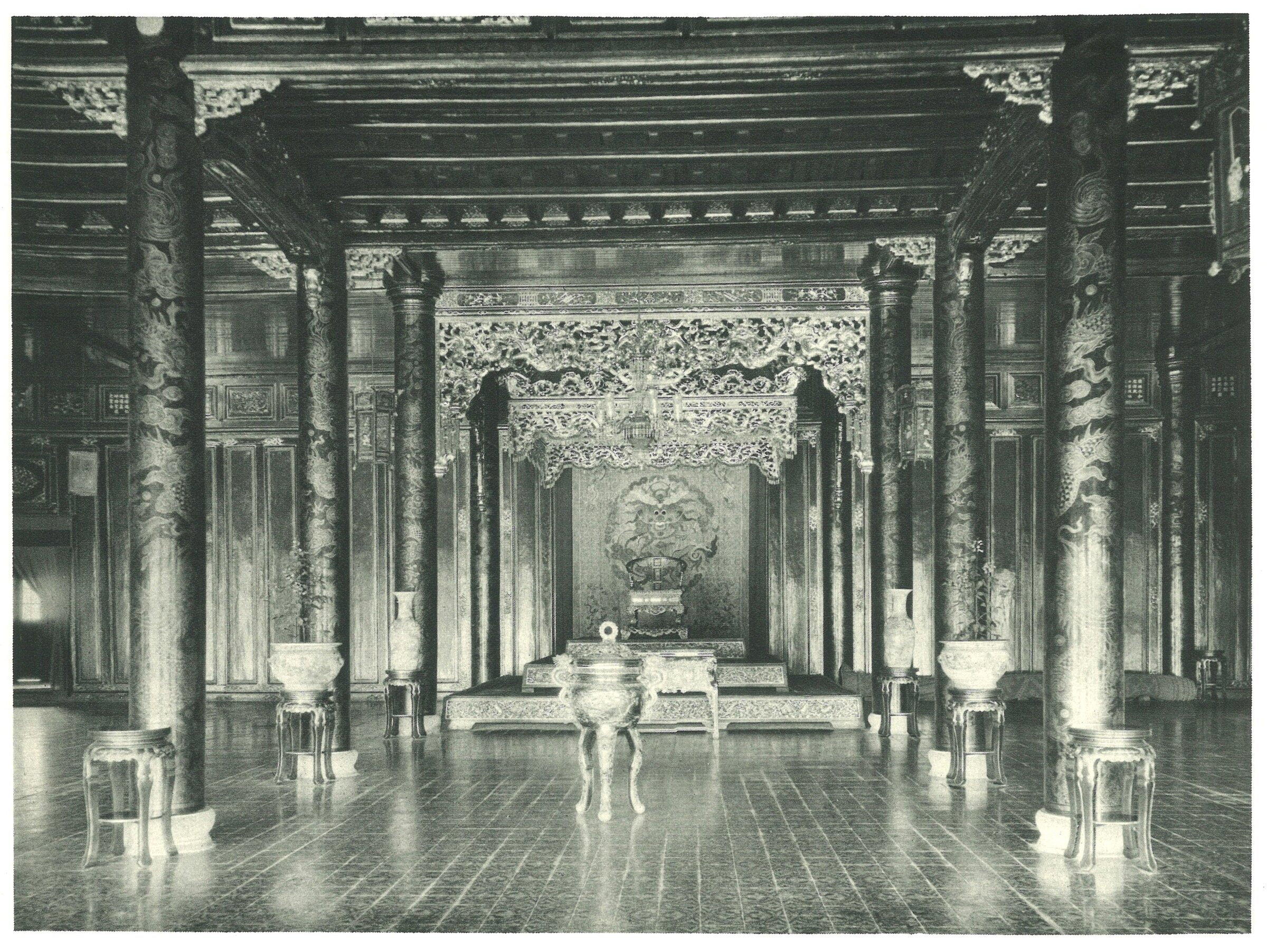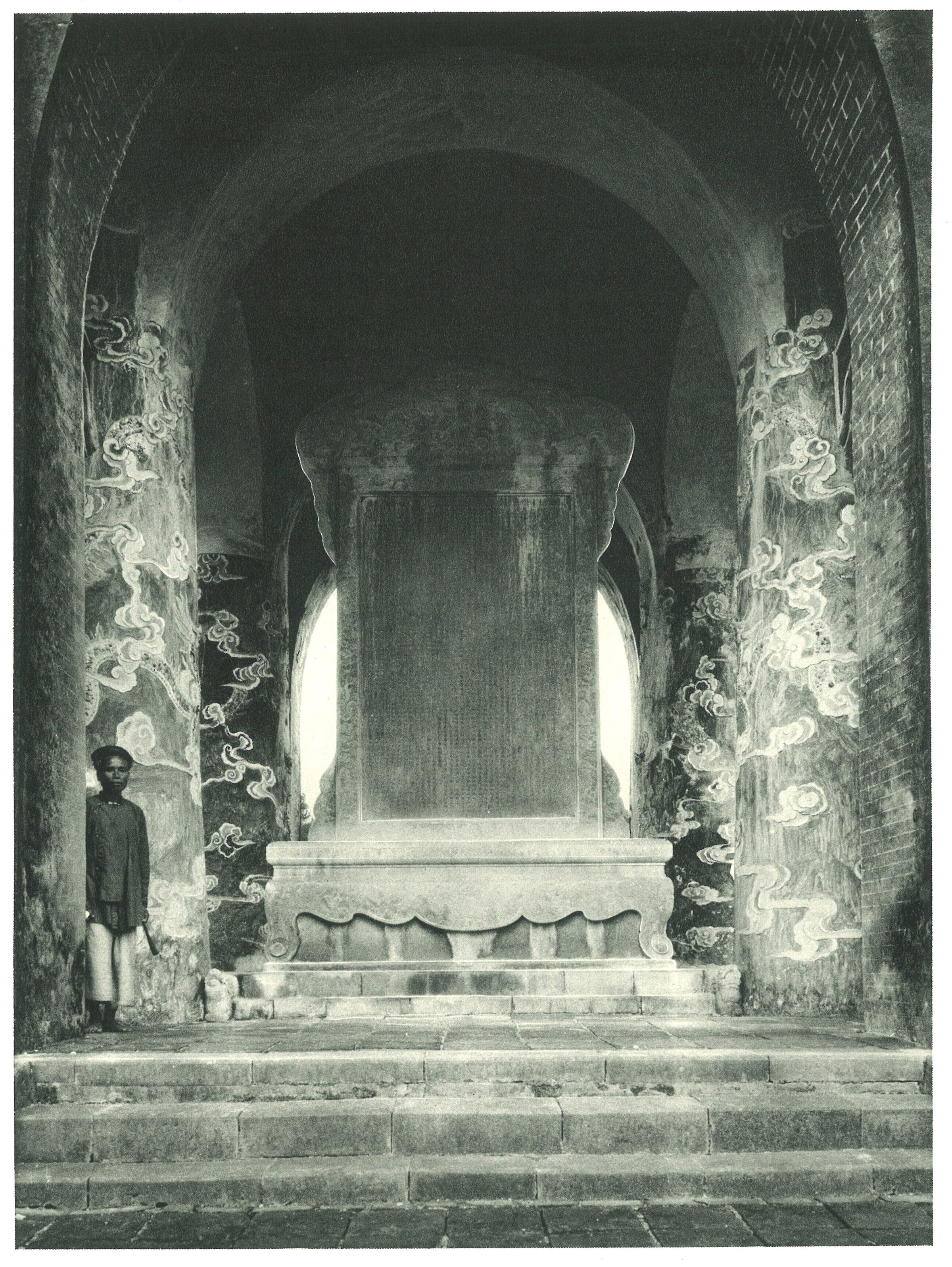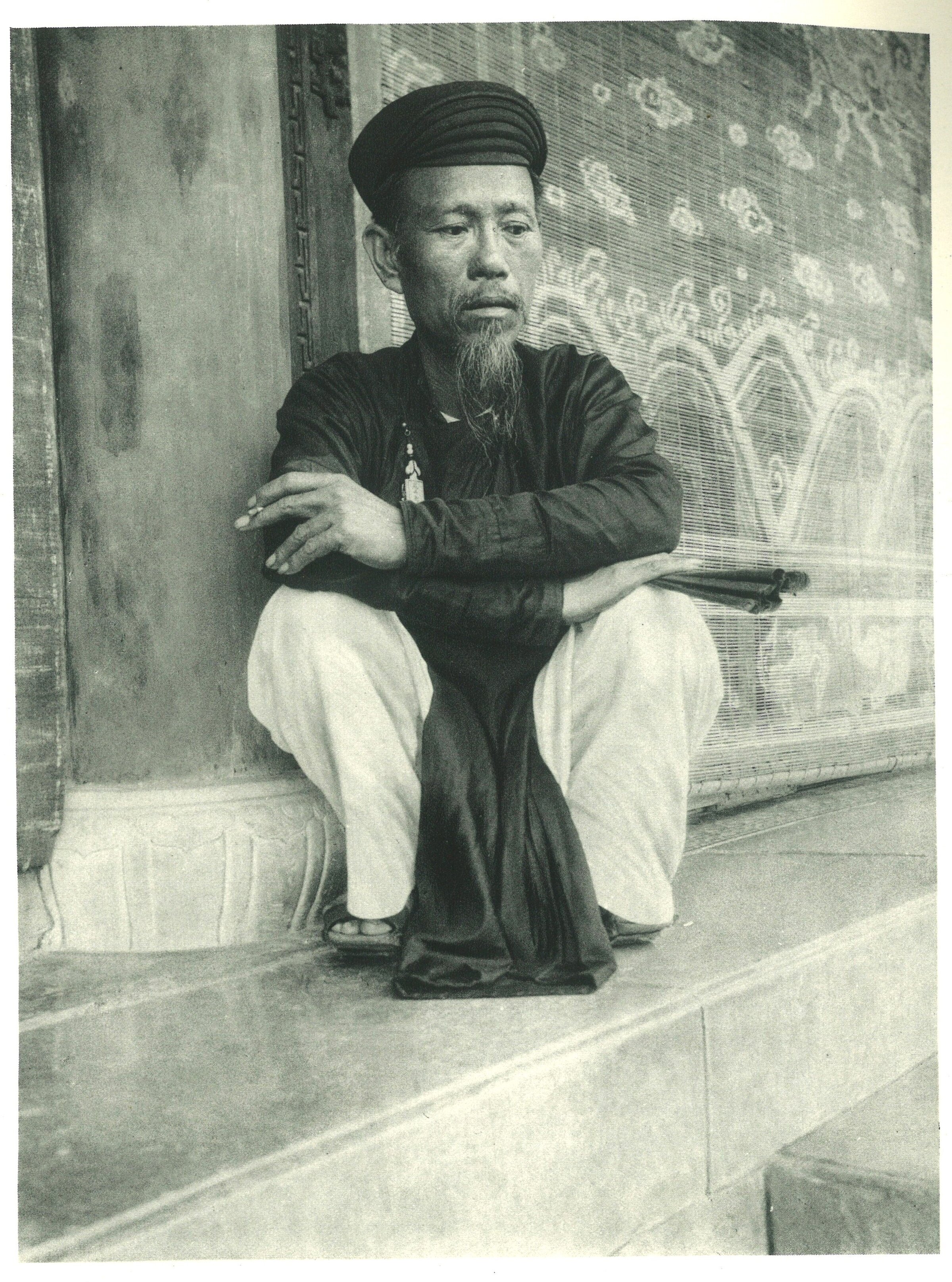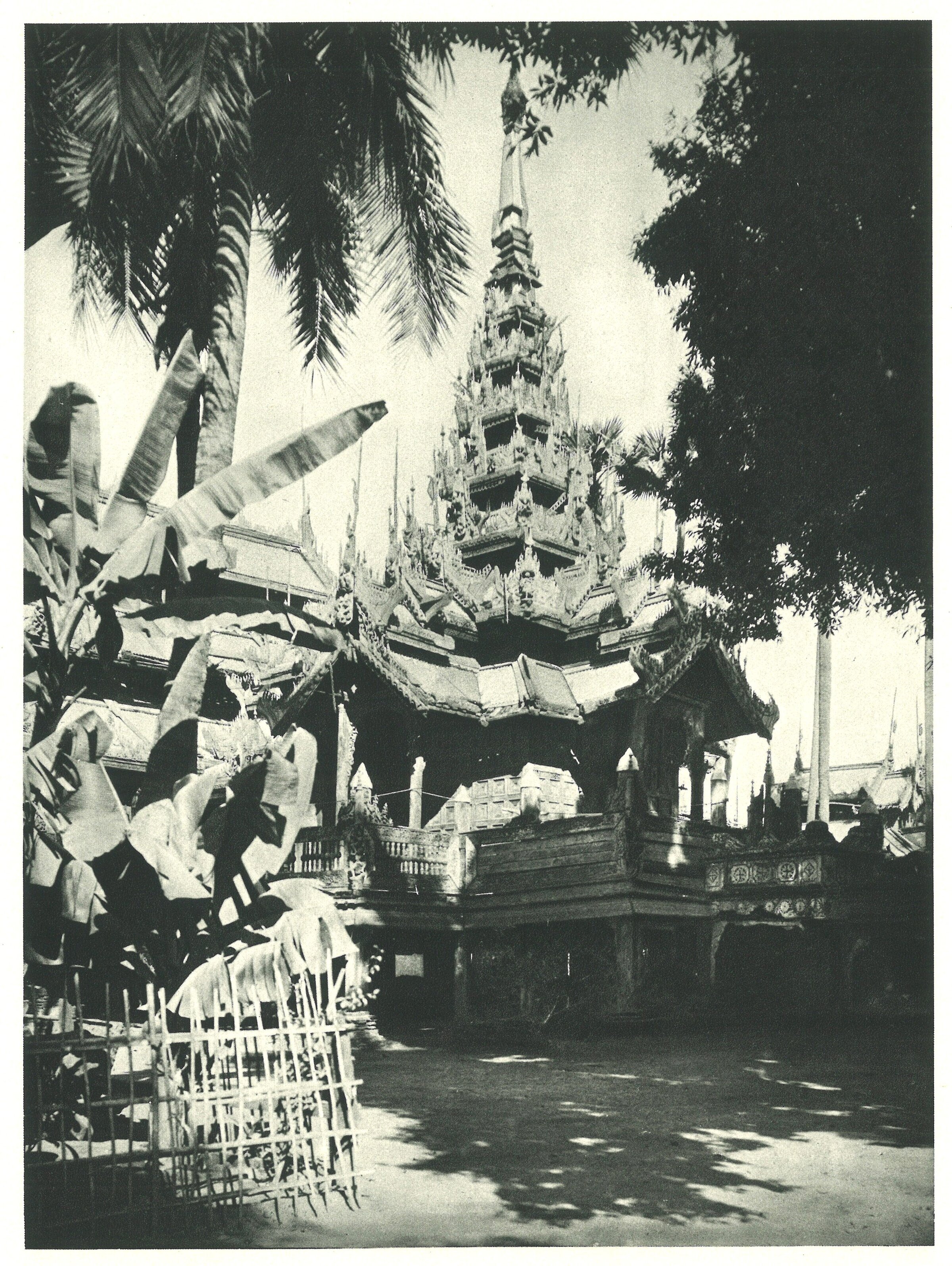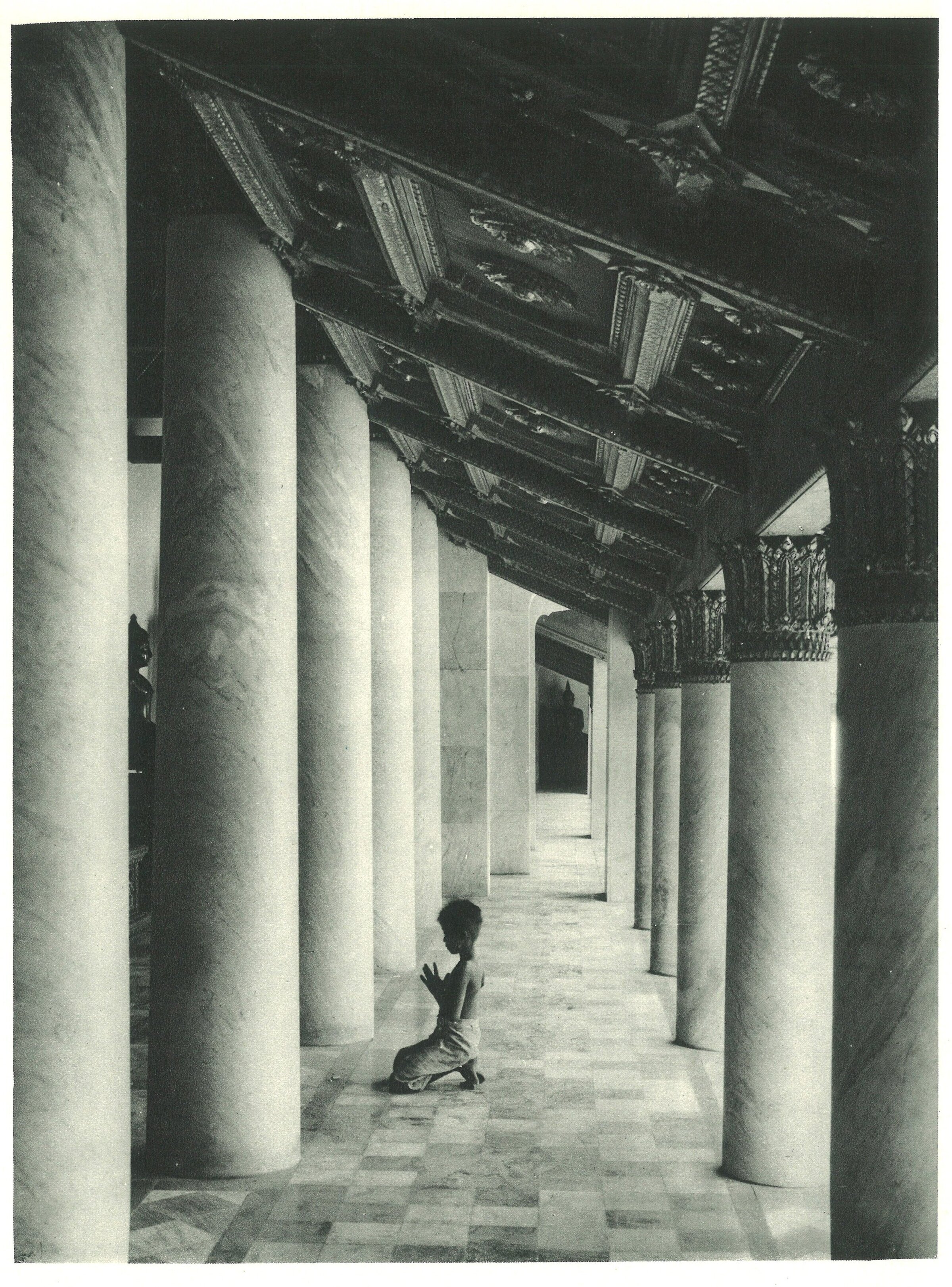Visions of Angkor by...Martin Hürlimann
by Martin Hürlimann
Outstanding 1920s pictures by a professional photographer, the first major artistic survey of Angkor after John Thomson's and Emile Gsell's contributions.
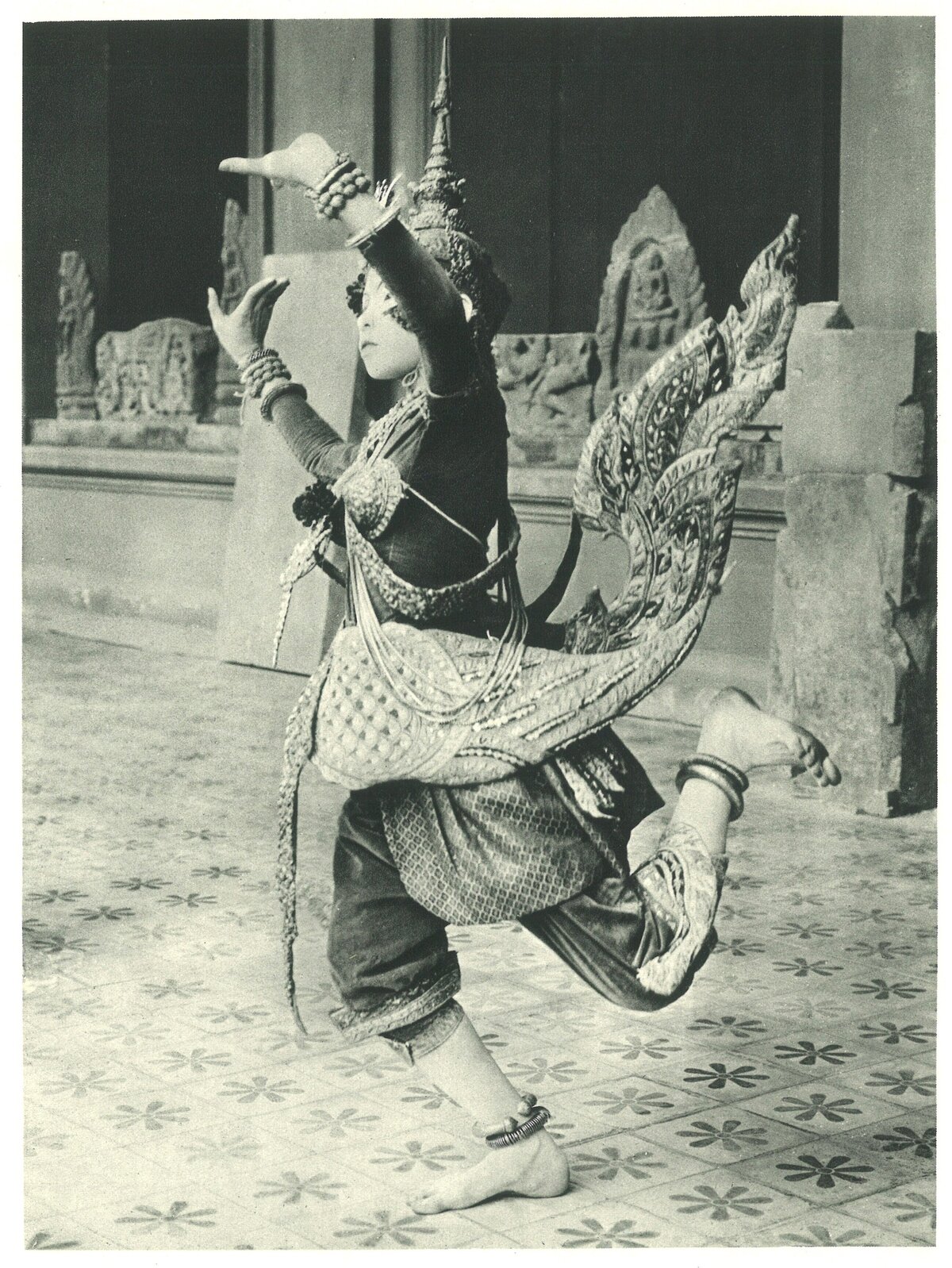
Published: 1930
Author: Martin Hürlimann
Source: Burma, Ceylon, Indo-China. Siam, Cambodia, Annam, Tongking, Yunnan. Landscape, Architecture, Inhabitants. London, 1930
Burma, Ceylon, Indo-China. Siam, Cambodia, Annam, Tongking, Yunnan. Landscape, Architecture, Inhabitants reflect the eastward journey photographer Martin Hürlimann took in 1926 – 1928 after completing his splendid book on India.
If we don’t know precisely the itinerary taken in this quest for the essence of Buddhism, it can be assumed that the photographer’s travel followed the pattern of the book’s contents: 1) Ceylon (Sri Lanka); 2) Burma (Myanmar), where Hurlimann went to Rangoon (Yangon), Pagan (Bagan) but also to Namtok (southern Shan States), with some precious pictures of Thangthu girls; 3) Siam (Thailand), where he went to Bangkok, Chiangmai, Lampun, Ayuthia, Lopburi, etc; 4) French Indo-China, “an area of about 200,000 sq miles, with 21 million inhabitants; 5) Cambodia, where he photographed the Royal Ballet dancers, and the funerals of King Sisowath in 1927 – 1928 in Phnom Penh, then went to Banteai Chmar (Banteay Chhmar) and Angkor, with Angkor Wat, Ta Prohm, Baksei Chamkrong, Chau Sey Tevoda, Preah Khan, Bayan (Bayon), North and Victory Gates, the Leper King Statue before it was set on top of the Royal terraces, Neak Pean and West Mebon; 6) Annam and Tongking, including Champa (noting that “the architecture of the Cham ruins cannot be compared with that of the Khmers as far as size and richness are concerned, but Cham sculpture attained to as high quality, if not even higher, than that of the Khmers), with Po-Nagar, Cha-ban (Quy Nohn), My Son, Trakieu, Hue, Hanoi; 7) Yunnan (Southern China).
Compared to sacred places in other visited countries, Angkor is particularly well-covered, with stunning captures of lesser known temples such as Chau Say Tevoda or Prasat Bagskeng Changkrong. We also note that the photographer went to Banteay Chhmar before reaching Angkor, probably at George Groslier’s prompting. The latter’s guidance is also obvious in the way Royal Ballet female dancers are captured at Phnom Penh Royal Palace. It can be said that this photographic work was the first major artistic survey of the Khmer temples after John Thomson’s and Emile Gsell’s pioneering contributions. All that set in a regional context, from Ceylonese roots of Theravada Buddhism to the complex interaction with Siamese culture, and the haunting shadow of Champa kingdoms of yore [1].
Not coincidental is the fact that details of Angkor Wat sculpted galleries on which the photographer focused are often the same that John Thomson captured on his glass plates forty years earlier.
The Photography
“My photographs were chiefly taken with a Sinclair camera, Zeiss lens, and Kodak films.”(MH). Crisp, finely grained, they were printed in Switzerland by Atlantis-Verlag, the publishing company launched by Hurlimann himself. Scanned by Angkor Database in May 2024.
From Hürlimann’s book, we have selected the following pictures, keeping the original captions — which, in truly Swiss fashion, were printed in German, English, French and Italian.
Photo labels in this gallery: number refers to page number in the book, with letter code P=Phnom Penh, A=Angkor group (including Banteai Chhmar), B=Burma, C=Champa, T=Siam, An=Annam, Y=Yunnan, followed by author’s own captions.

[1] While captions are over all accurate, we noticed for MH226/A “Milky Way” instead of “Sea of Milk.” The German (“Milchmeeres”), French (“mer de lait”) and Italian (“mar di latte”) versions are correct.
Tags: photography, Southeast Asia, Sri Lanka, Burma, Annam, Yunnan, Modern Cambodia, King Sisowath, Buddhism, Buddhist Art, Champa, Theravada Buddhism, Khmer art, Cham art, Hue, Po Nagar
About the Photographer
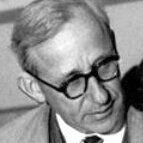
Martin Hürlimann
Martin Hürlimann (12 November 1897, Zürich, Switzerland — 4 March 1984, Zürich), was a Swiss publisher, musicologits and self-taught photographer who visited extensively Asia in the 1920s and 1930s, including Cambodia.
In 1929, he founded the magazine Atlantis in Berlin, specializing in countries, travels and peoples, and one year later the Atlantis Verlag publishing house, incorporating to it the Orbis Terrarum series from Wasmuth Publishers. Ater opening a branch in Zurich in 1939, he moved the whole operation to Switzerland in 1939 due to the Nazi takeover, maintaining a branch in Freiburg im Breisgau. His wife since 1933, Bettina Kiepenheuer, the oldest daughter of Gustav Kiepenheuer, another publisher, actively participated in the publishing work.
Traveling in Europe and Asia from 1922, he visited Ceylon [Sri Lanka], Burma [Myanmar], Siam [Thailand], Annam, Yunnan, and Cambodia, and was in Phnom Penh in 1926, when he took a since-then famous yet seldom credited photograph of George Groslier at his desk in the Musée Albert Sarraut. In India, he traveled and photographed numerous areas, including Rajasthan, Kashmir, Peshawar, Amristar, Srinagar, Bengal, Madras.
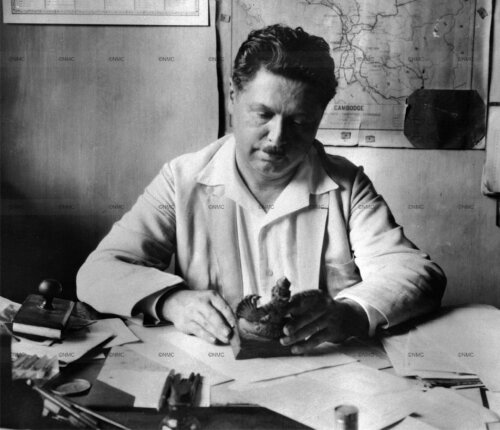
His photographs of India and Southeast Asia — mainly taken with a Sinclair Una camera, Zeiss lens and Kodak films, according to their author — reflect his interest in daily life scenes, local artworks and architectural structures. In typical multilingual Swiss fashion, he captioned his pictures in German, English, Italian and French.
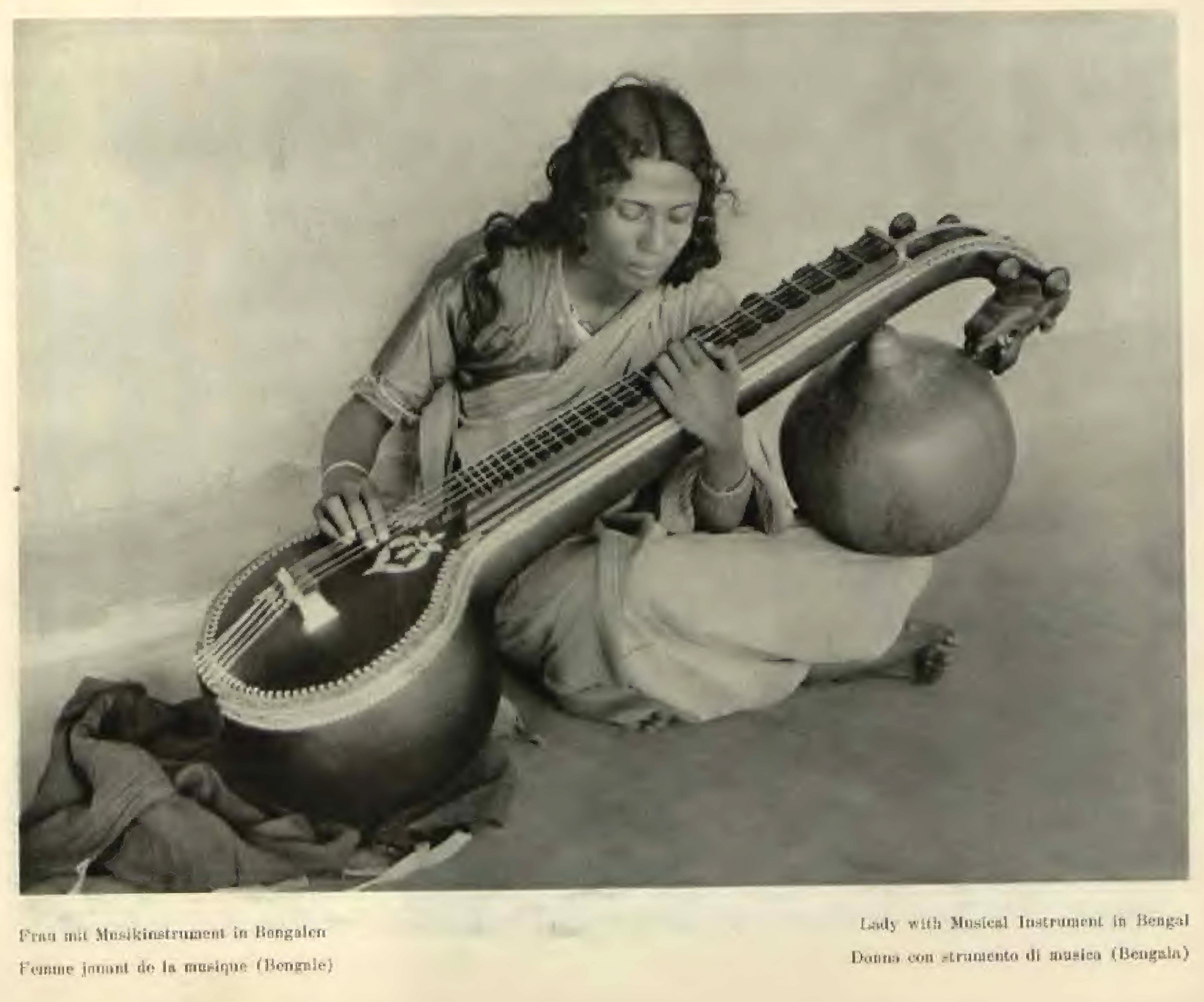

Publications:
- Burma, Ceylon, Indo-China. Siam, Cambodia, Annam, Tongking, Yunnan. Landscape, Architecture, Inhabitants, B. Westermann Co., New York, 1930.
- Die Schweiz, Landschaft und Baukunst [Switzerland, Landscape and Architecture], Atlantis Verlag, Zurich,1931.
- Indien: Baukunst, Landschaft und Volksleben [India, Architecture, Landscape and Folk Life] , Atlantis Verlag, Berlin, 1932.
- India: The Landscape, The Monuments and the People, D.B. Tarapolevala Sons & Co., Bombay, 1932 (digitized by The Rare Book Society of India).
- Atlantisbuch der Musik [The Atlantis Book of Music], Atlantis Verlag, Berlin, 1934.
- Das Mittelmeer: Landschaft, Baukunst und Volksleben im Kreise des Mittelländischen Meeres [The Mediterranean: Landscape, Architecture and Folk Life around the Mediterranean Sea], Atlantis Verlag, Zurich, 1937.
- Gotische Kathedralen in Frankreich, Atlantis-Verlag, Zurich, 1937.
- Die Grosse Schweizer, Atlantis Verlag, Zurich, 1938.
- Frankreich: Baukunst, Landschaft Und Volksleben [France: Architecture, Landscape and People], Berlin, 1937.
- Ewiges Griechenland [Eternal Greece], Atlantis Verlag, Zurich, 1944.
- Eternal France: 216 Pictures in Photogravure, with an appreciation by Paul Valéry and Historical Notes, Thames & Hudson, London, 1952 (1rst edition).
- Italy, Thames & Hudson, London, 1953.
- Vienna, Thames & Hudson, London, 1955.
- London, Thames & Hudson, London, 1956.
- Wiedersehen mit Asien [See You Again, Asia], Atlantis Verlag, Zurich, 1959.
- Hong Kong, Thames & Hudson, London, 1962.
- India, Thames & Hudson, London, 1967.
- Zurich: The City and Canton, Atlantis, Zurich, 1974.
- Zeitgenosse aus der Enge: Erinnerungen [Memoirs], Atlantis Verlag, Zurich, 1977.
- Musikerhandschriften aus funf Jahrhunderten [Musicians’ Manuscripts from Five Centuries], Schott (French Edition), Paris, 1993 ISBN 978 – 3254001078.

